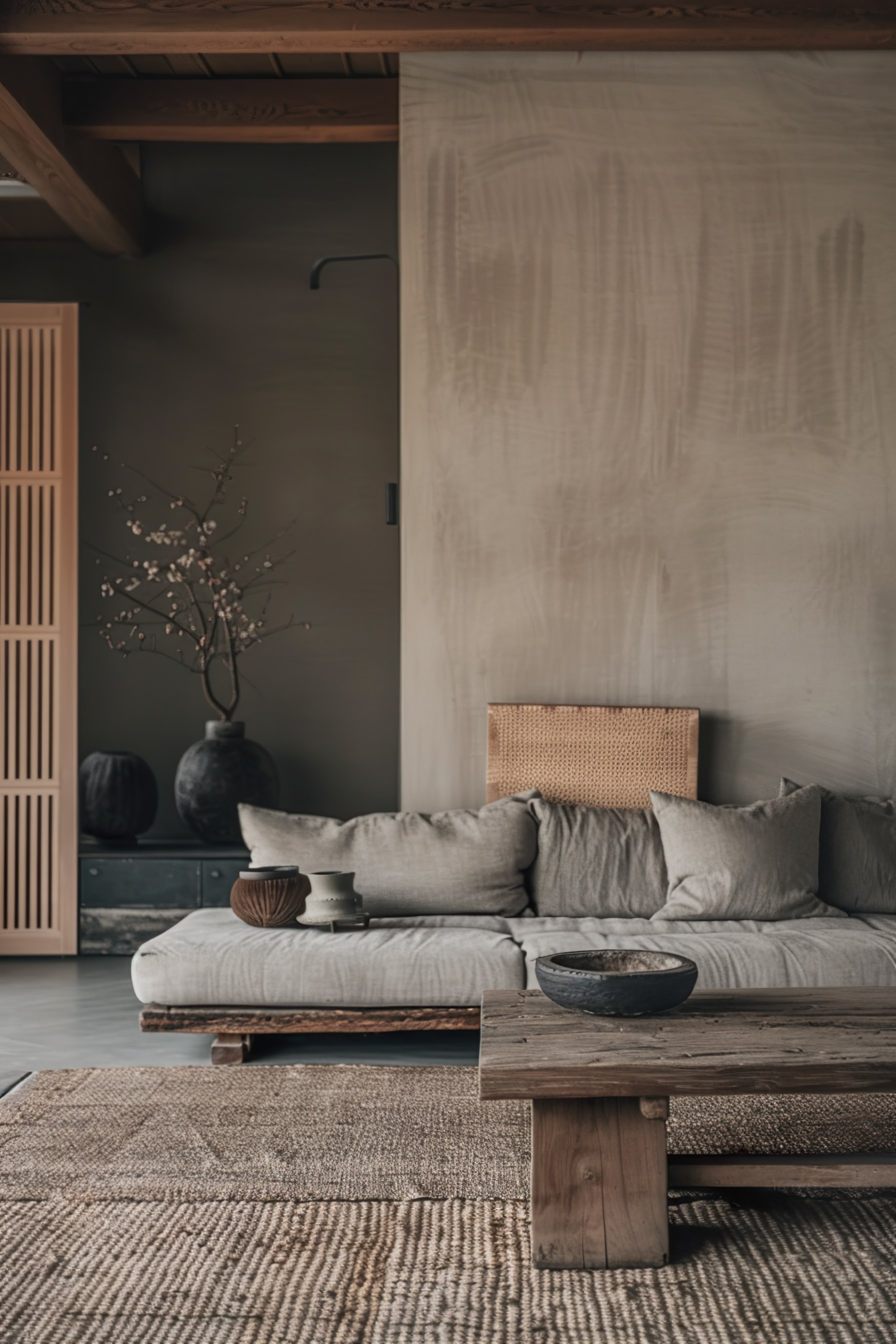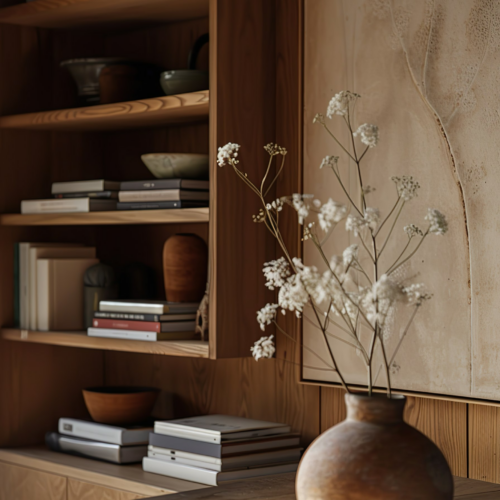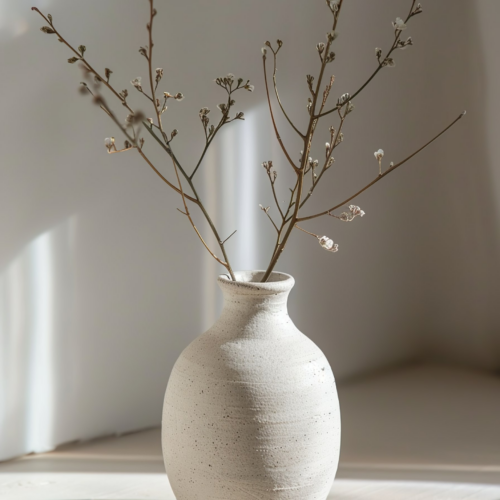Explore how the Japandi style combines Japanese minimalism and Scandinavian warmth to create serene living spaces.
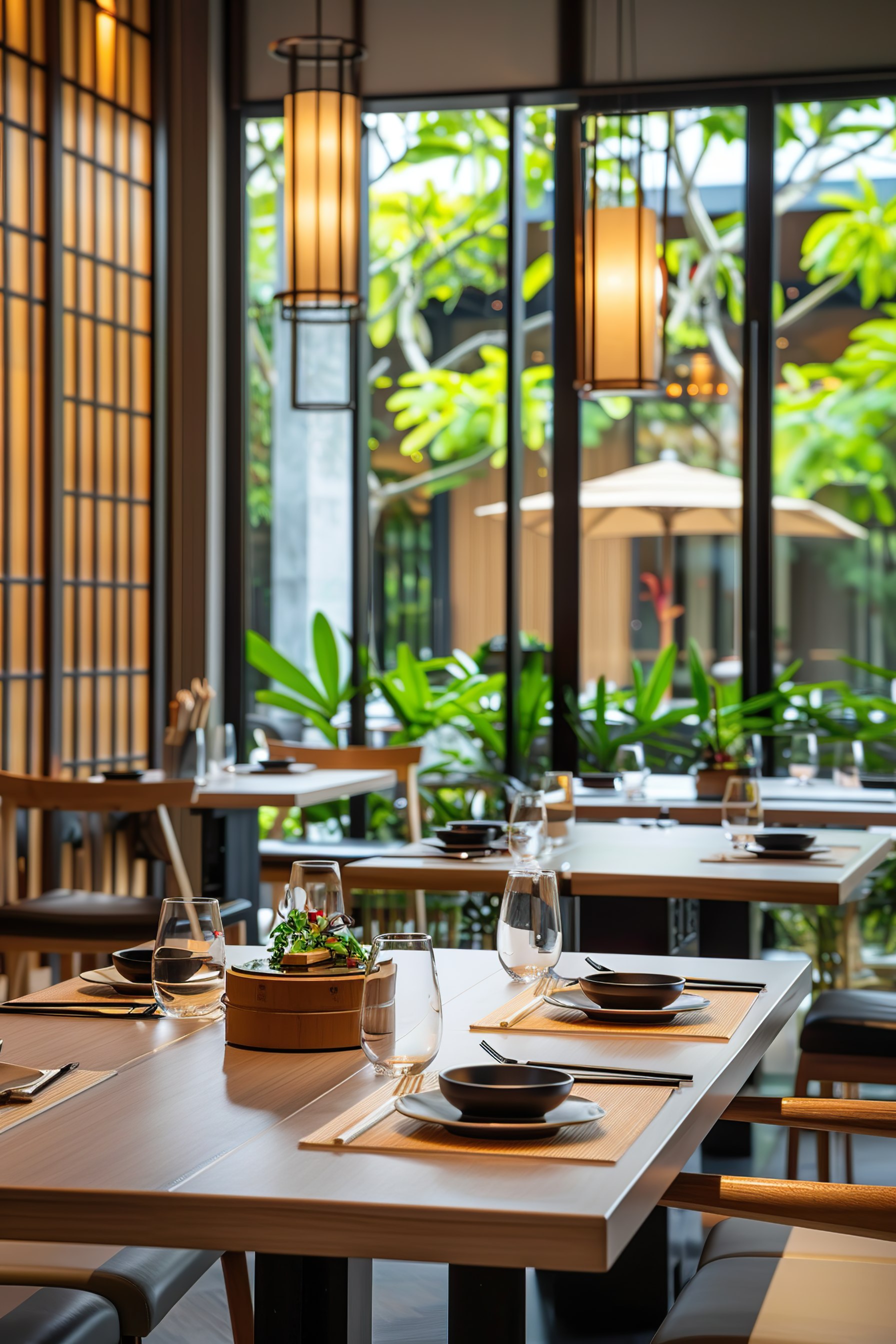
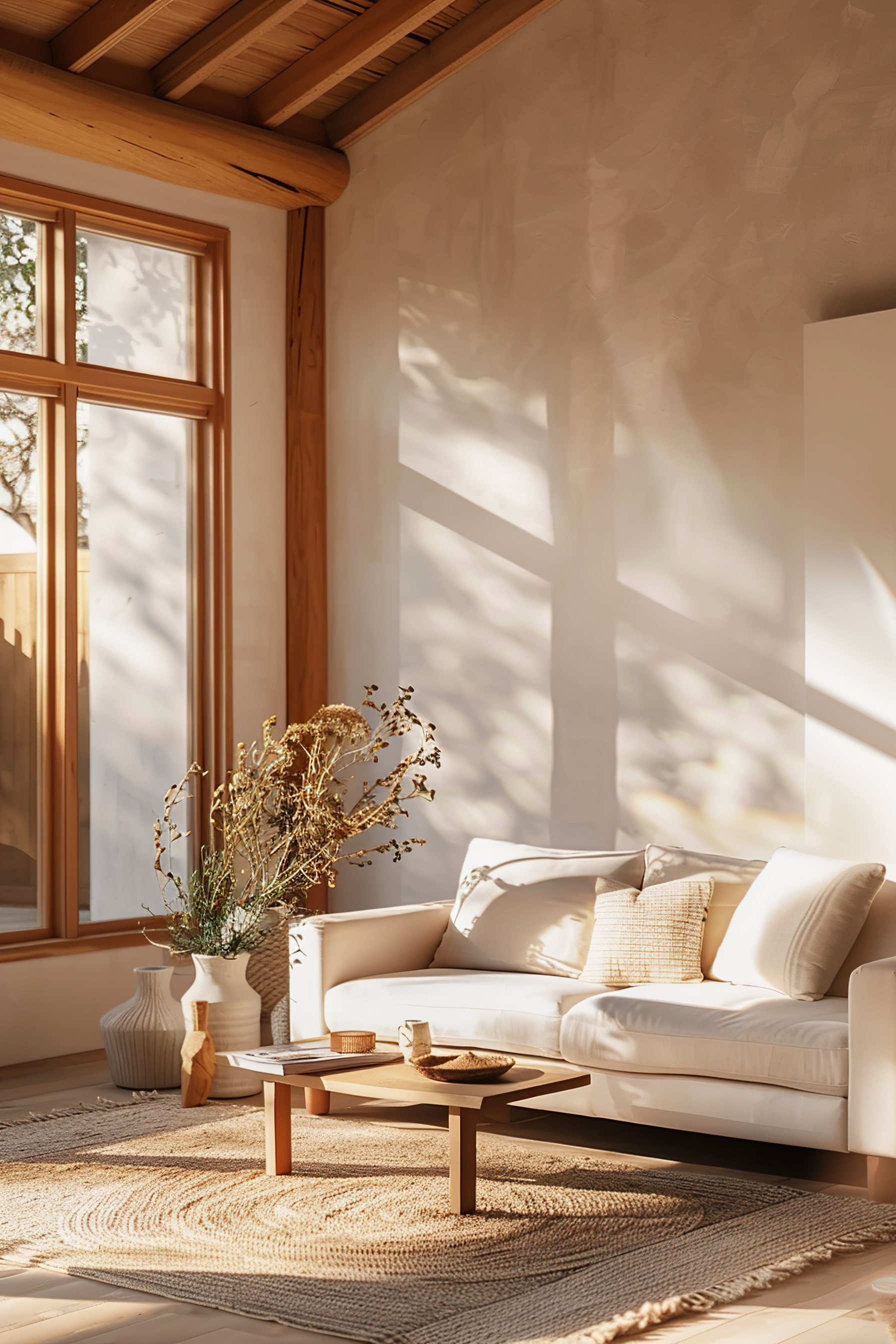
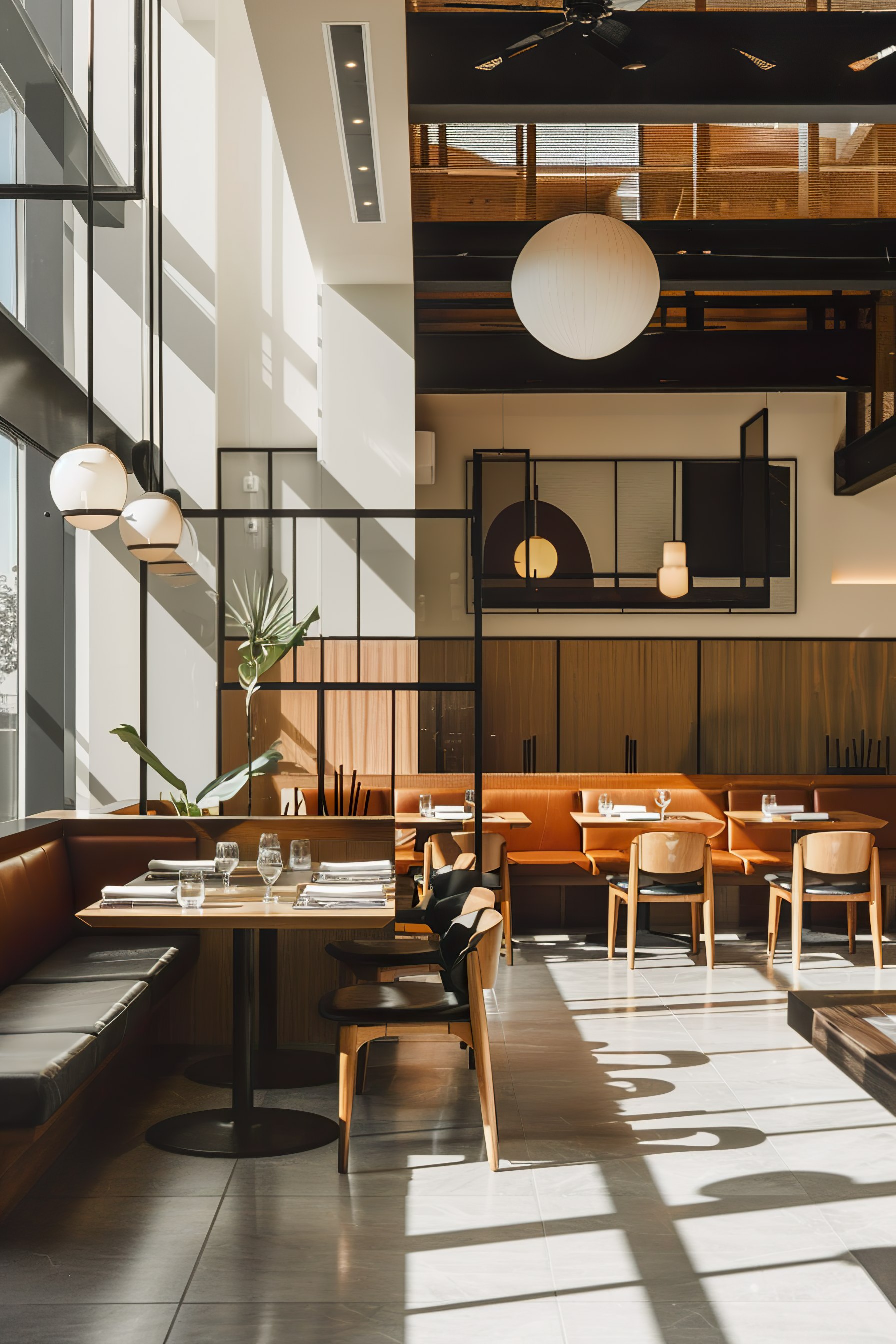
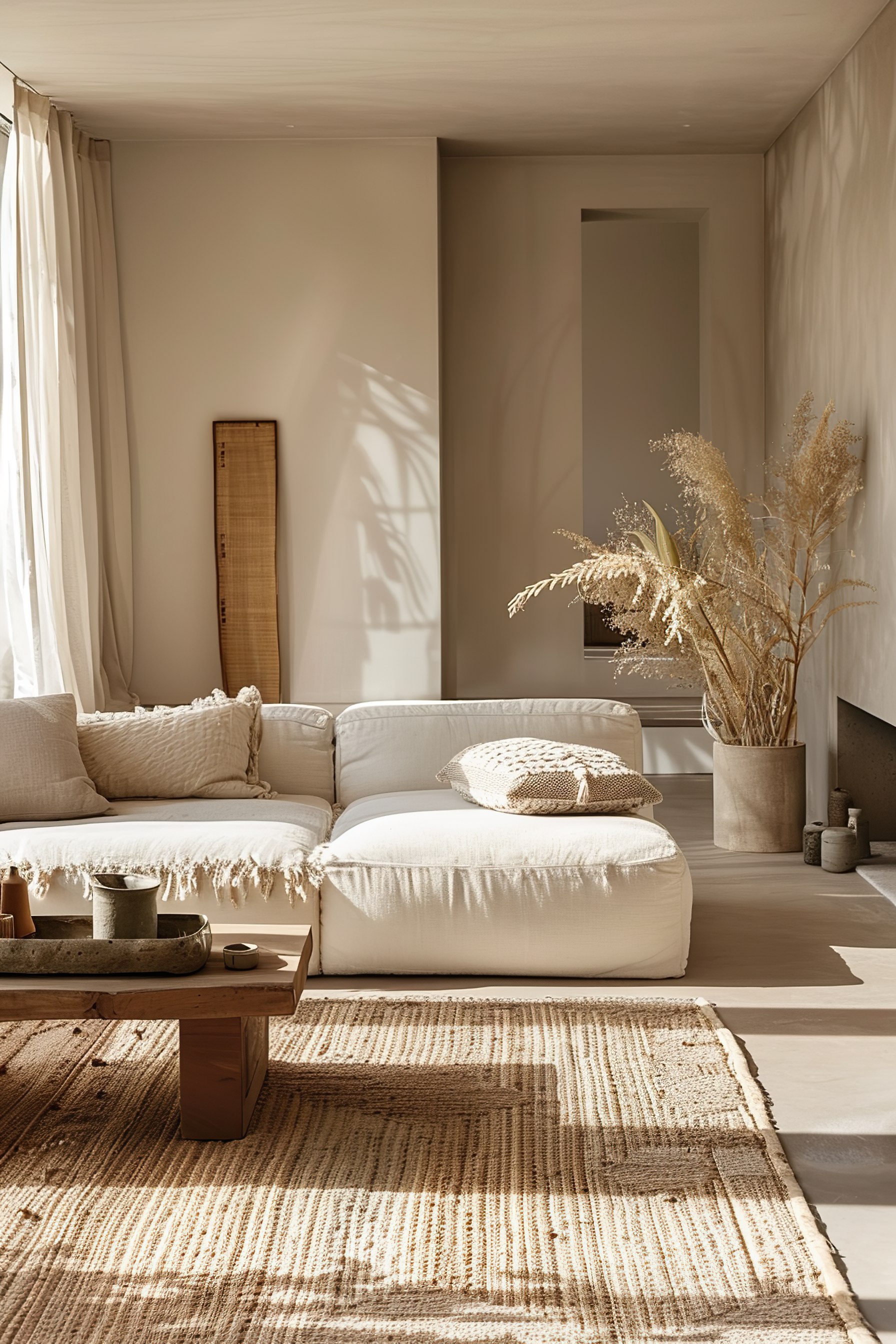
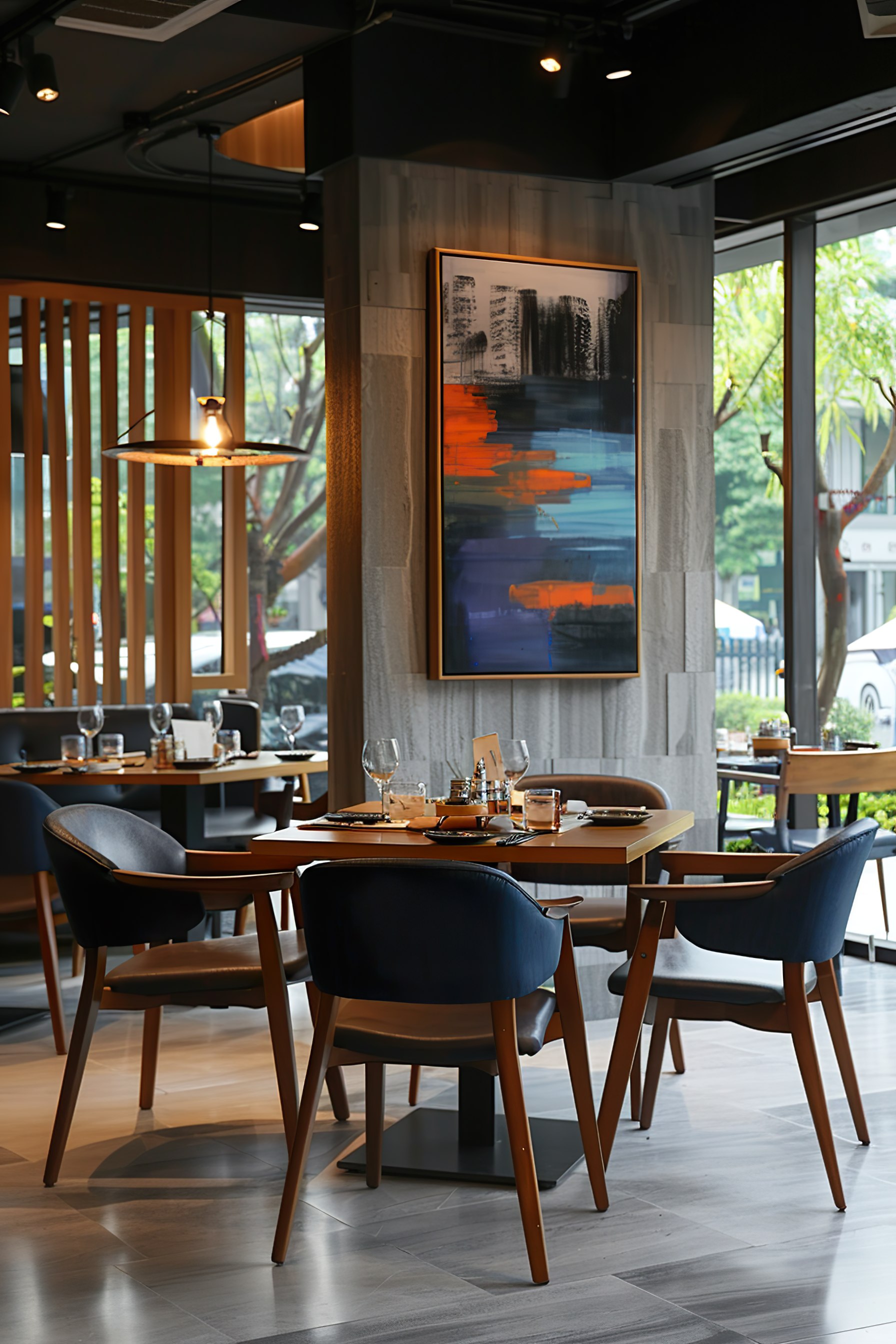
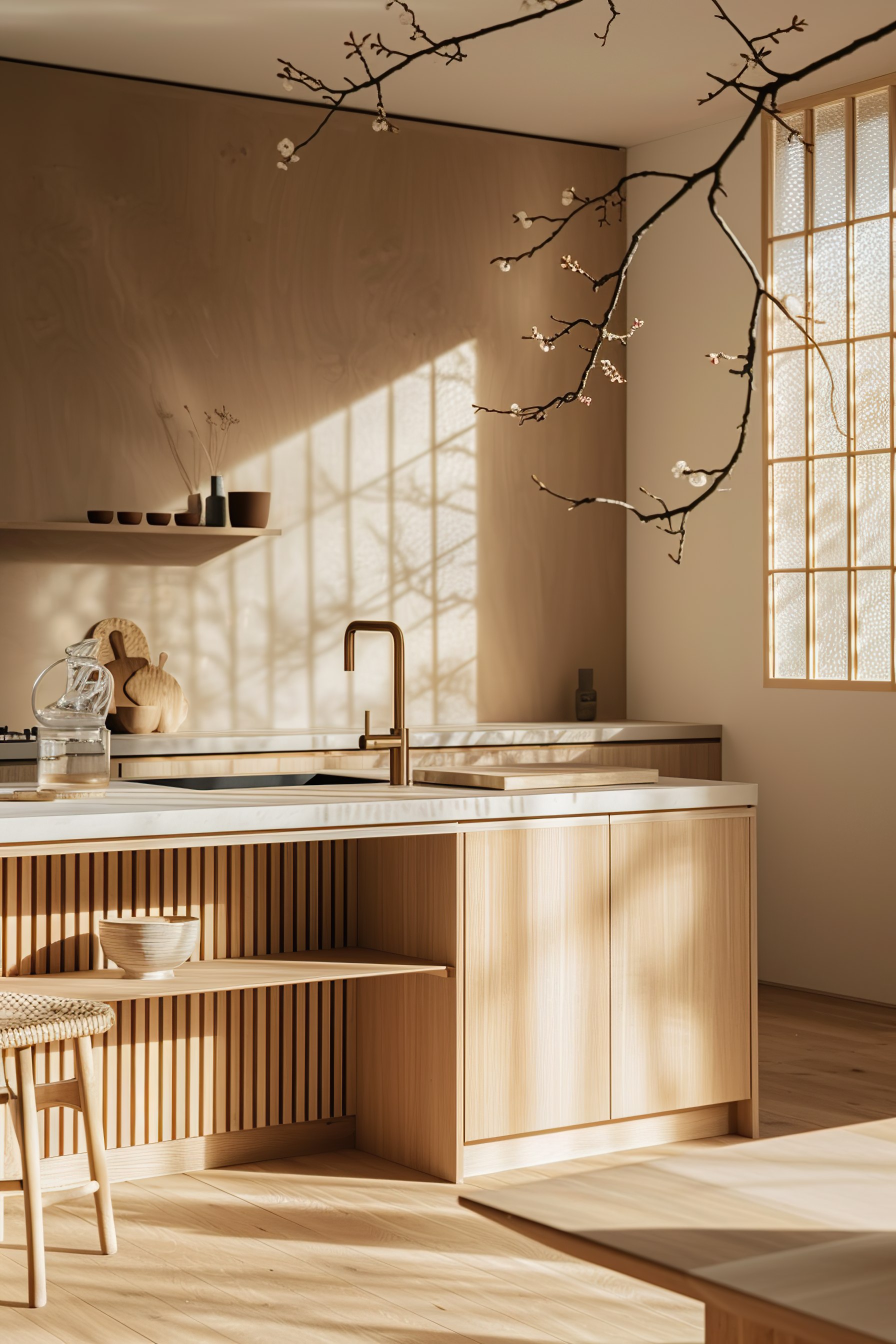
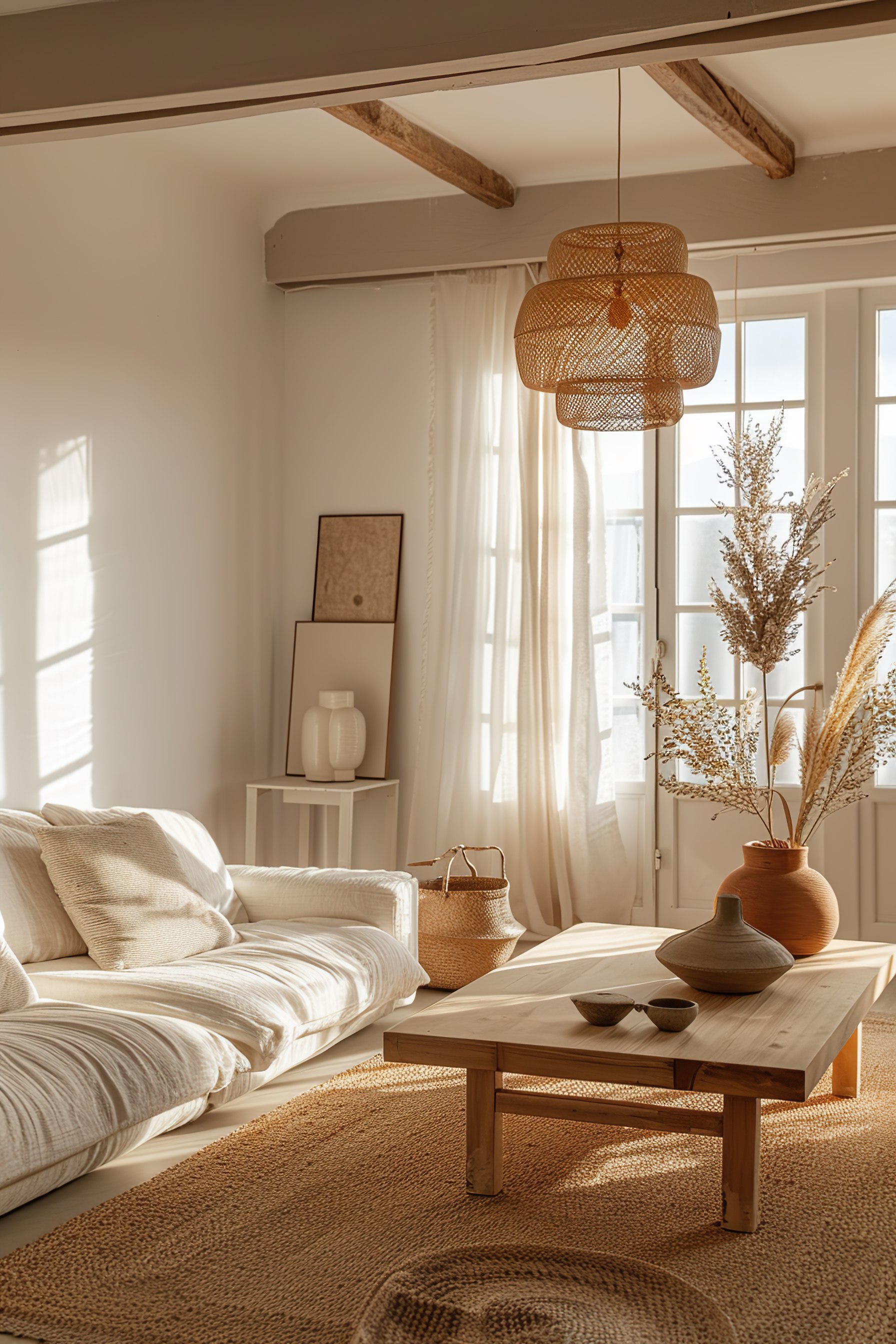
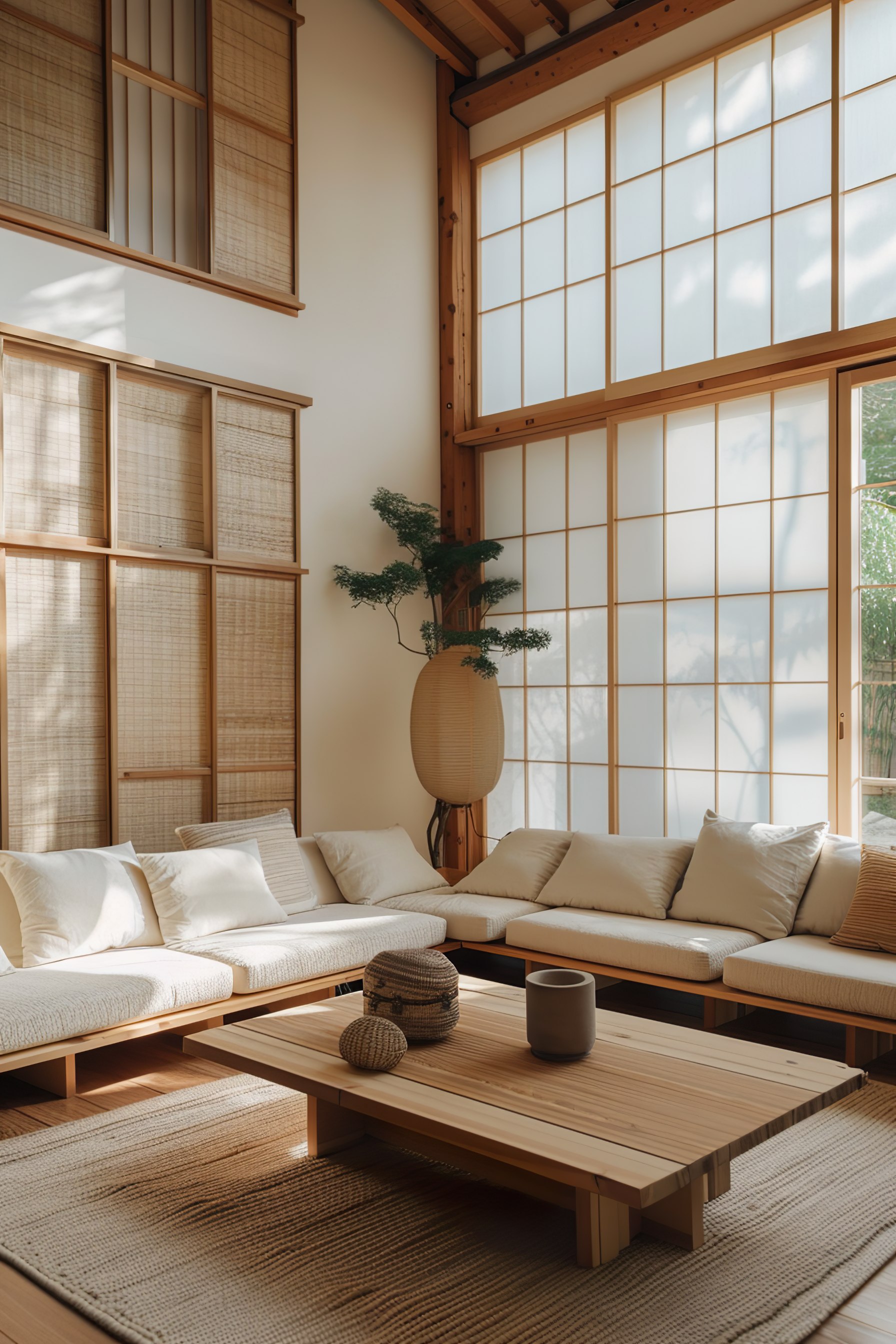
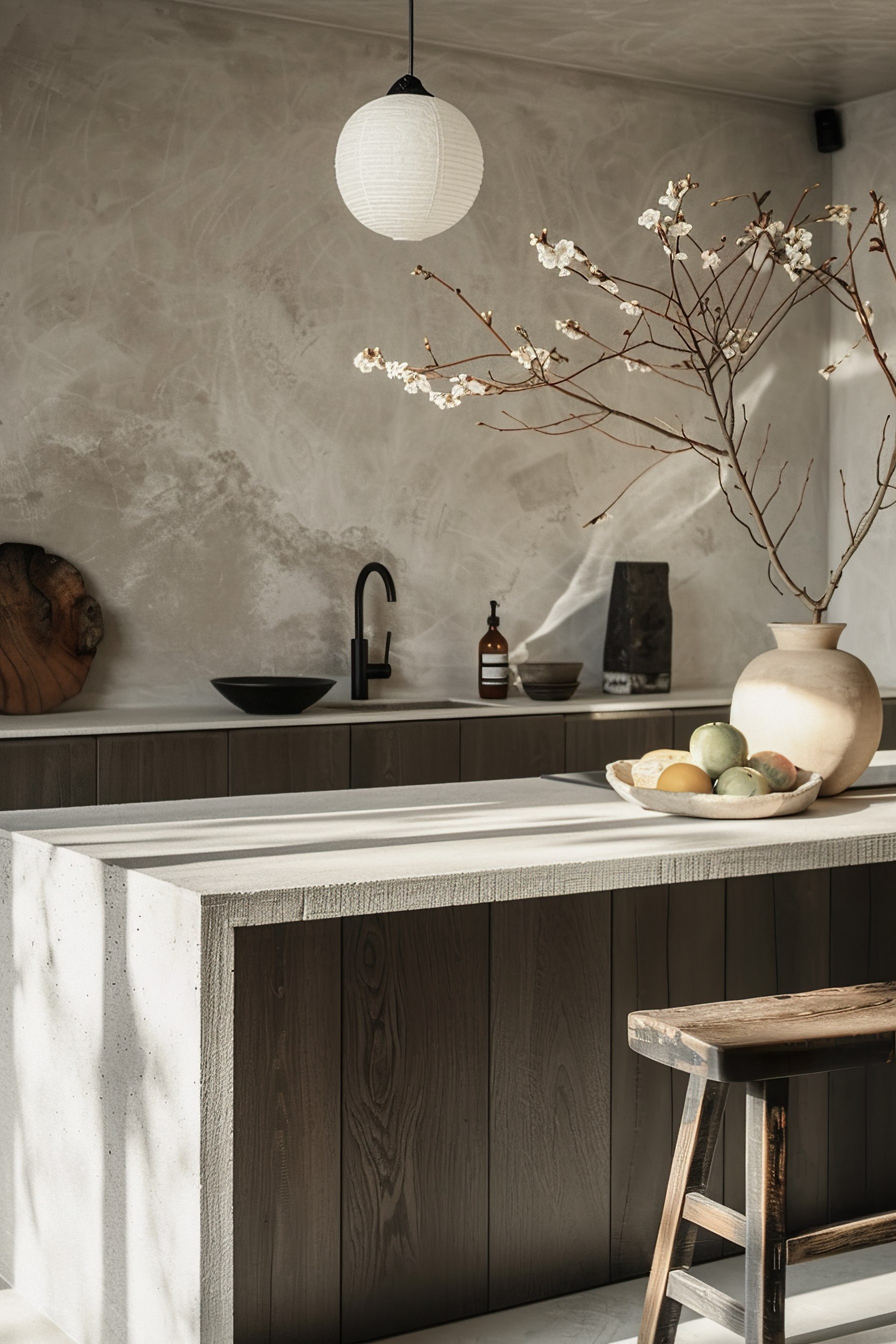
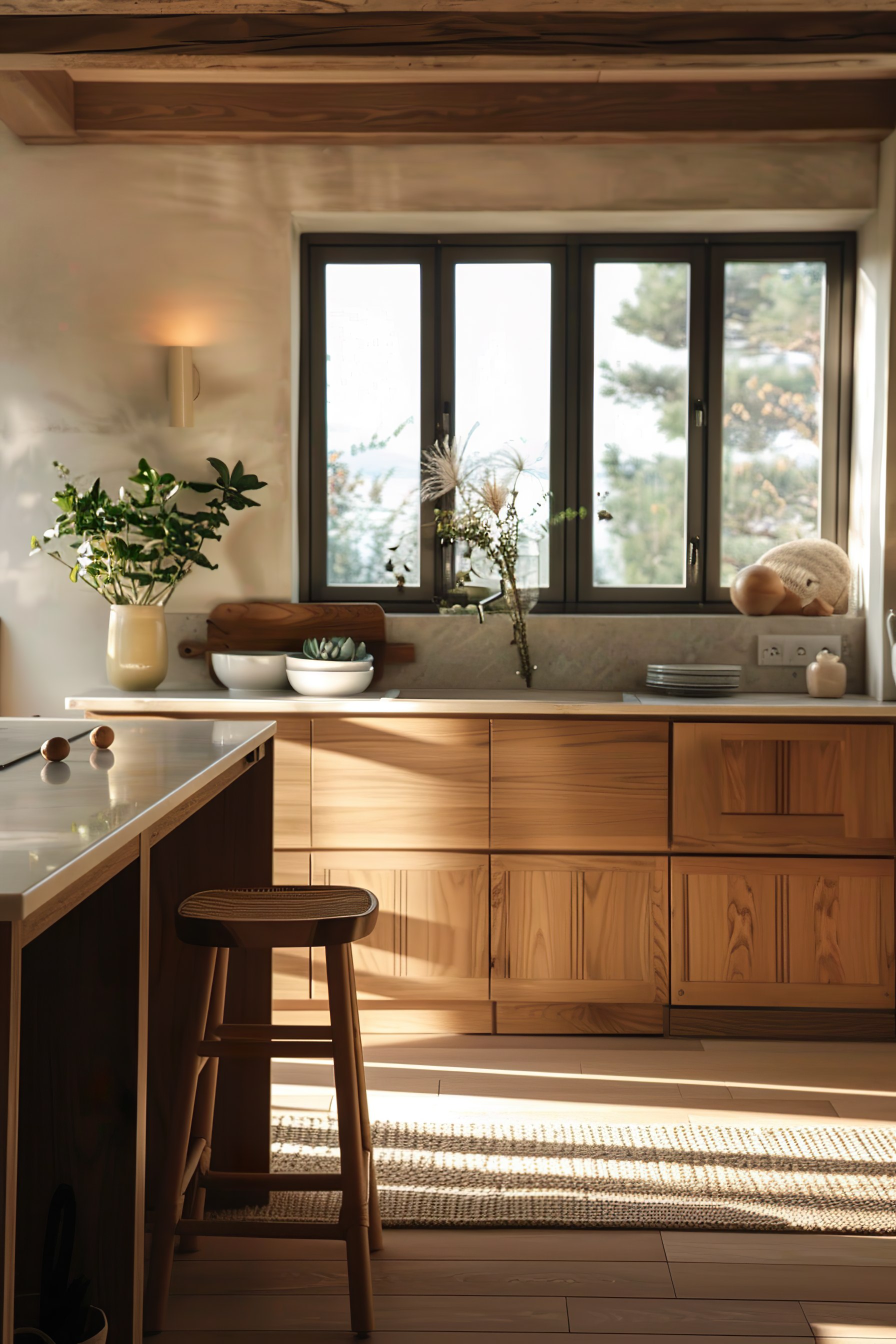
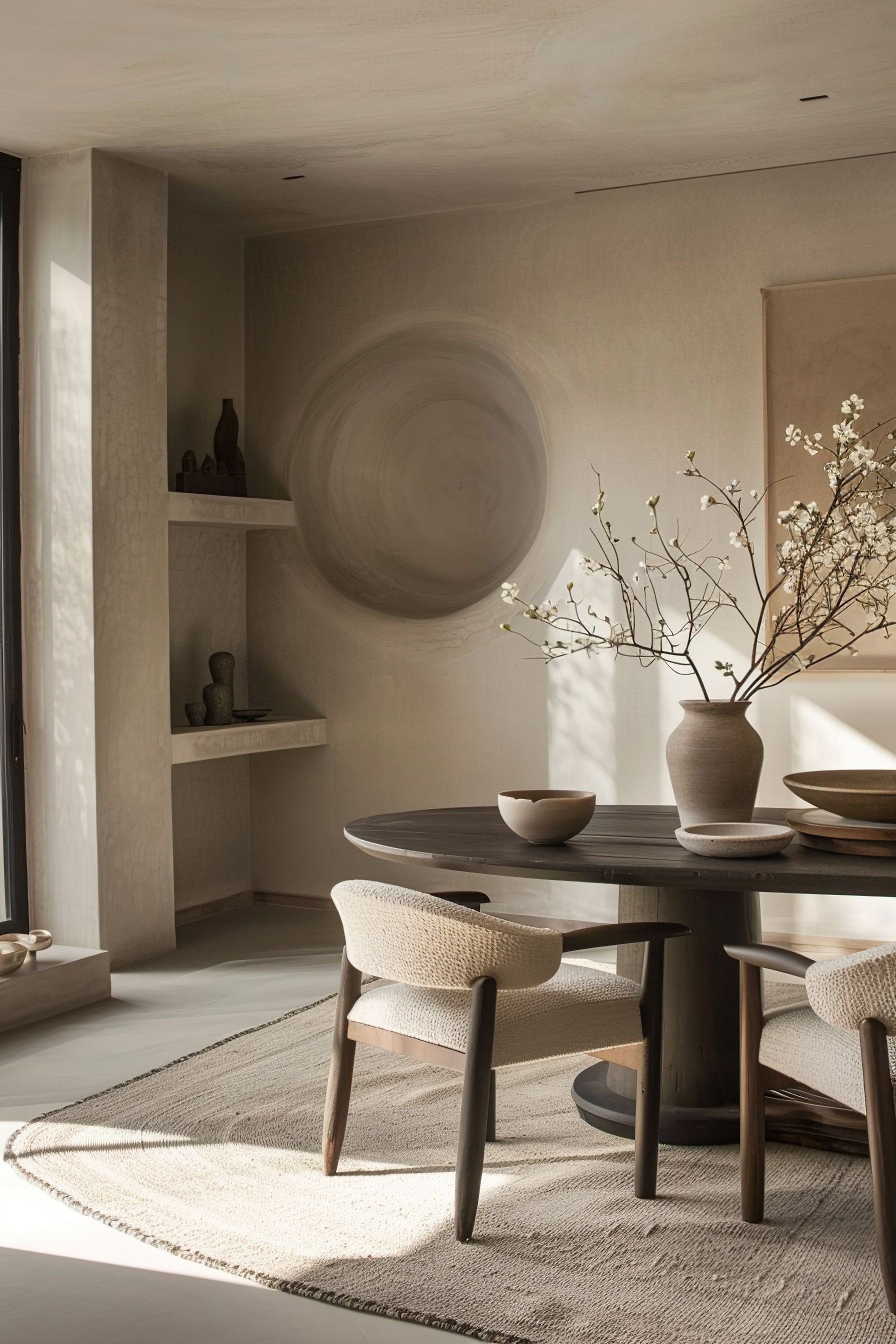
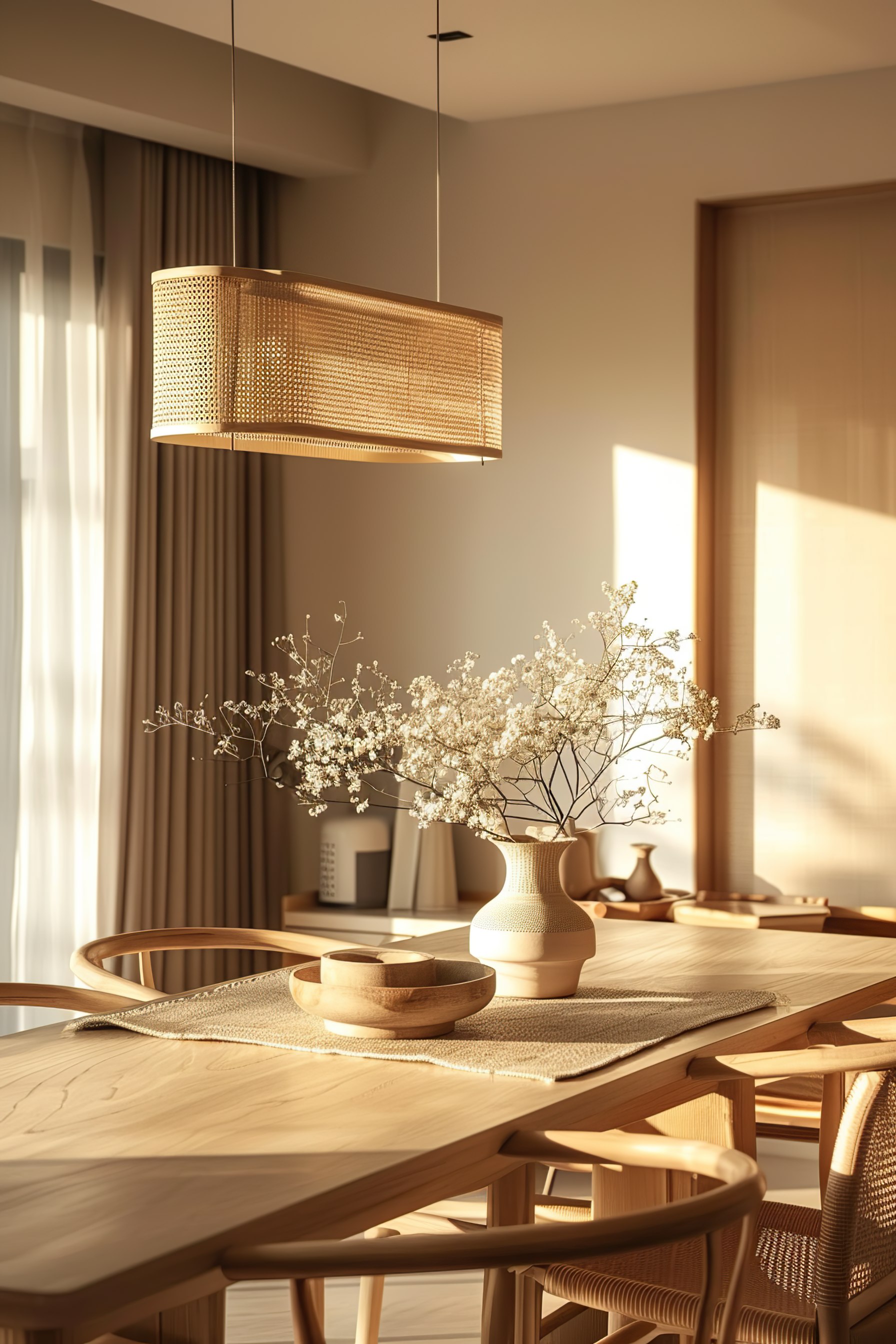

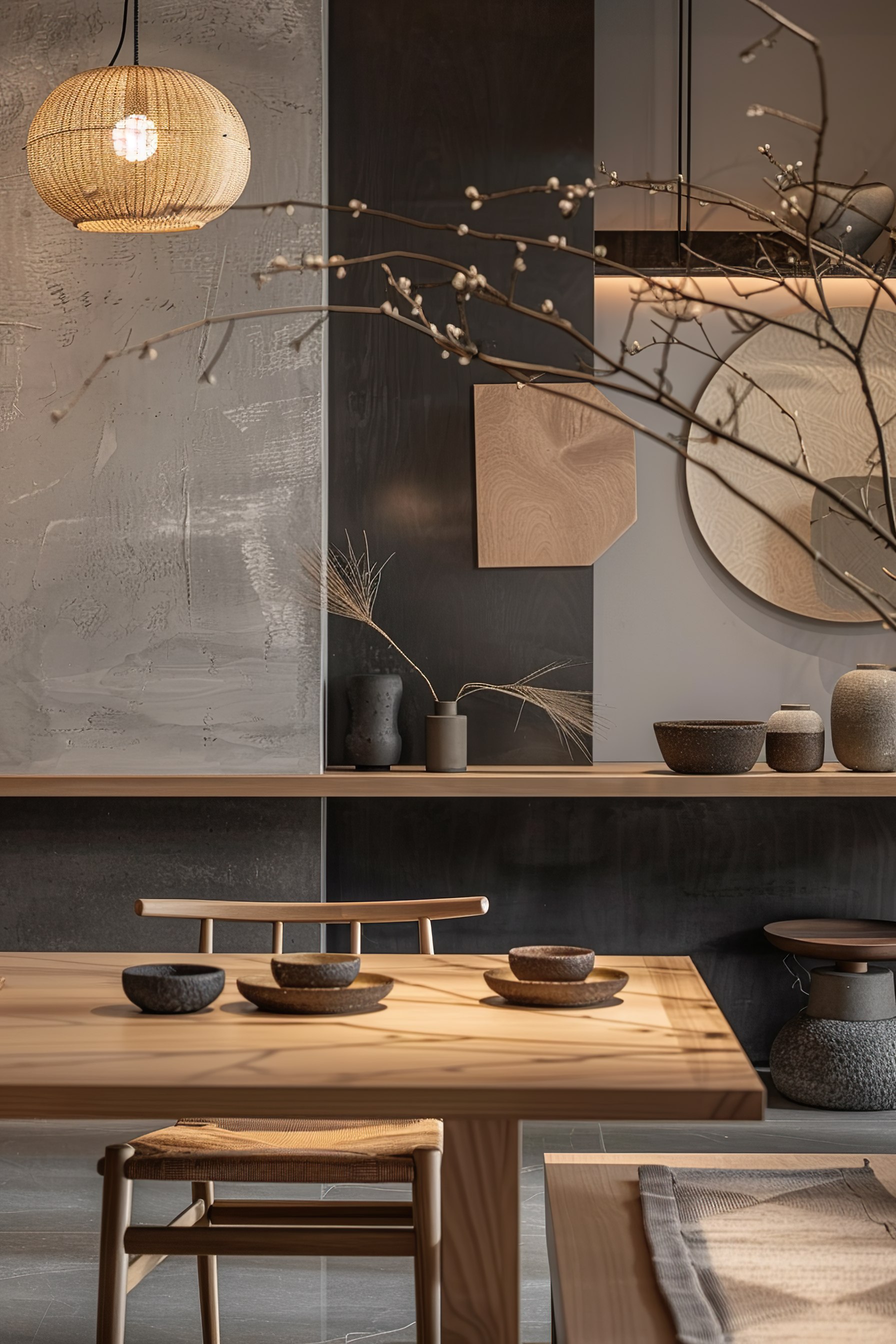
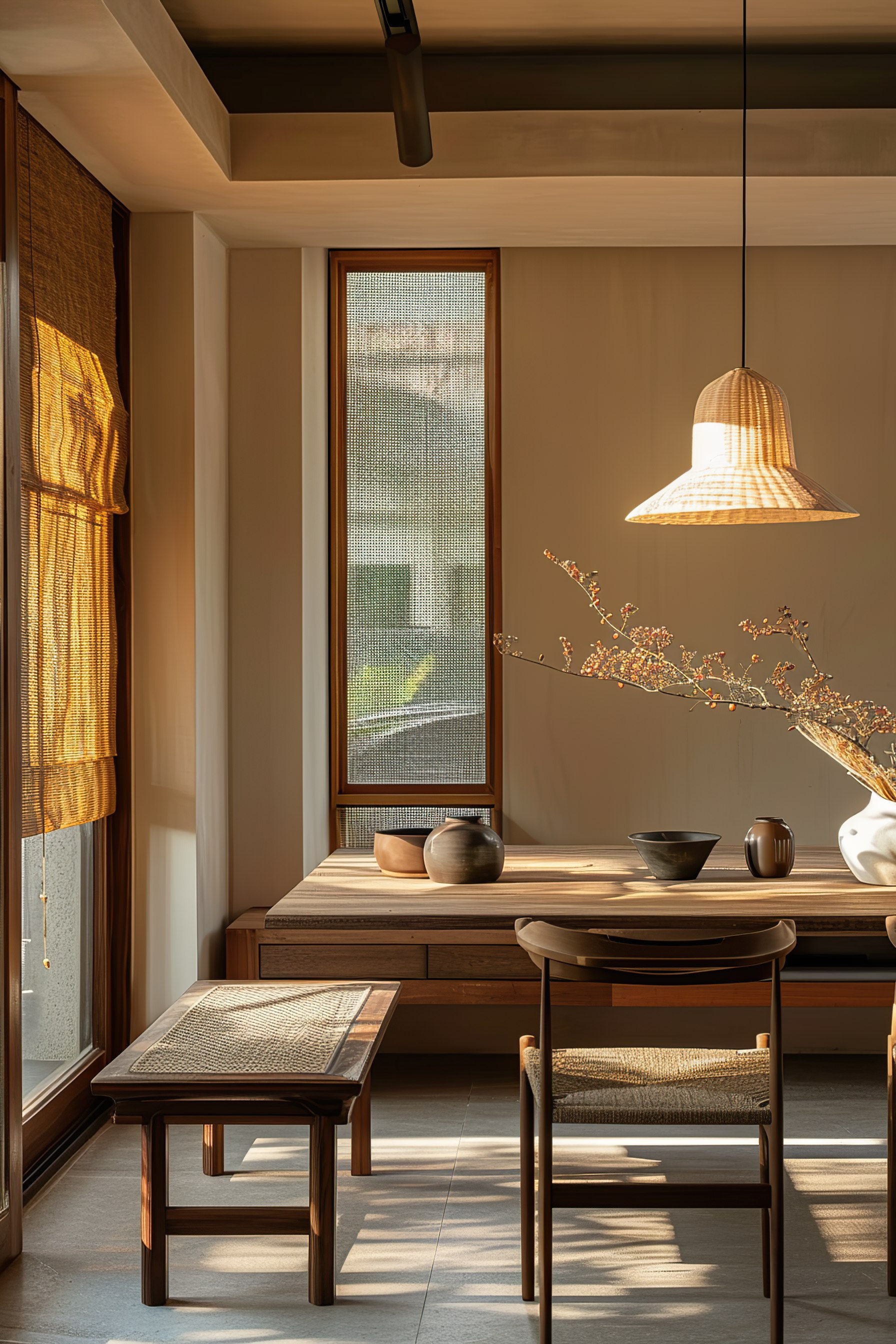
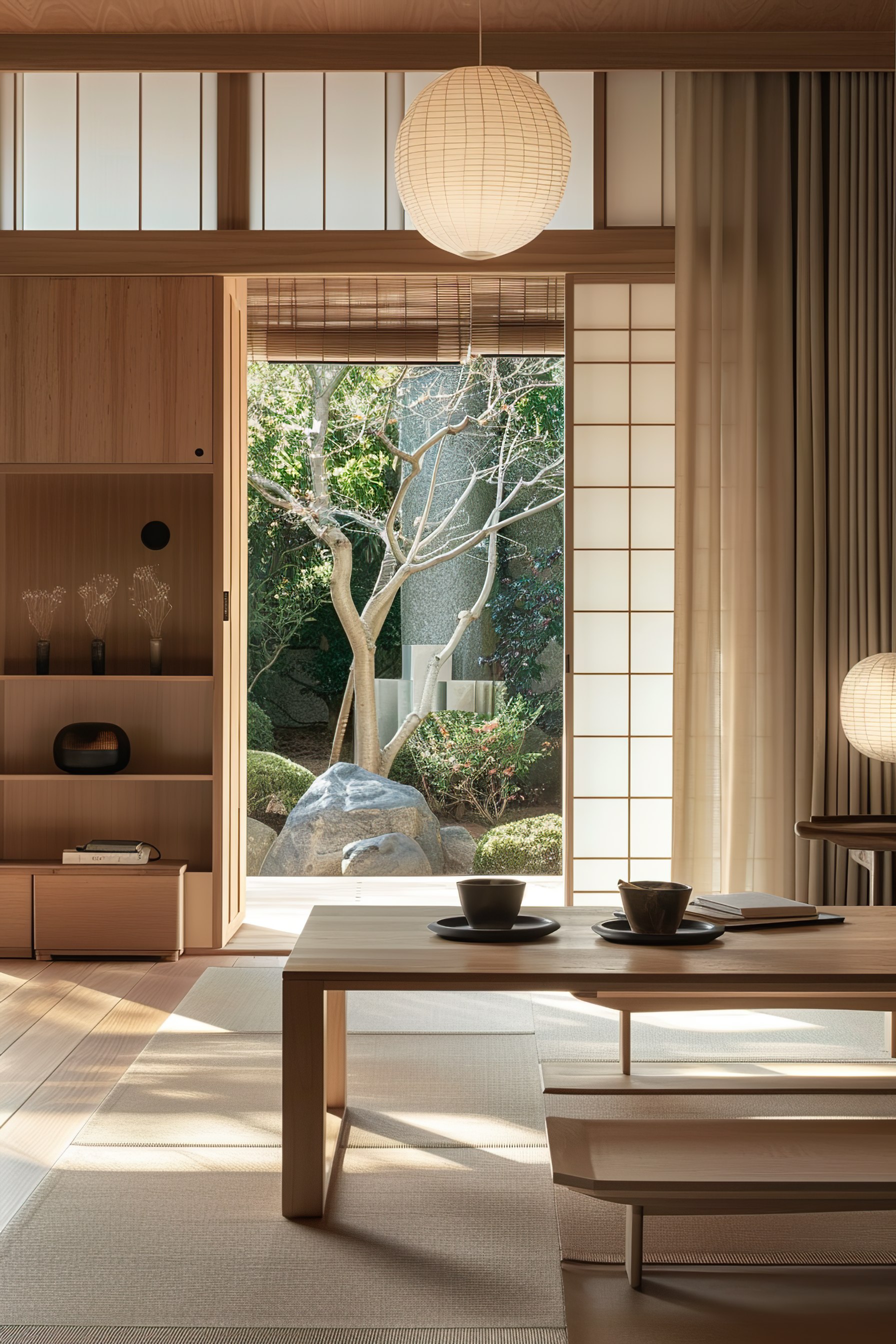
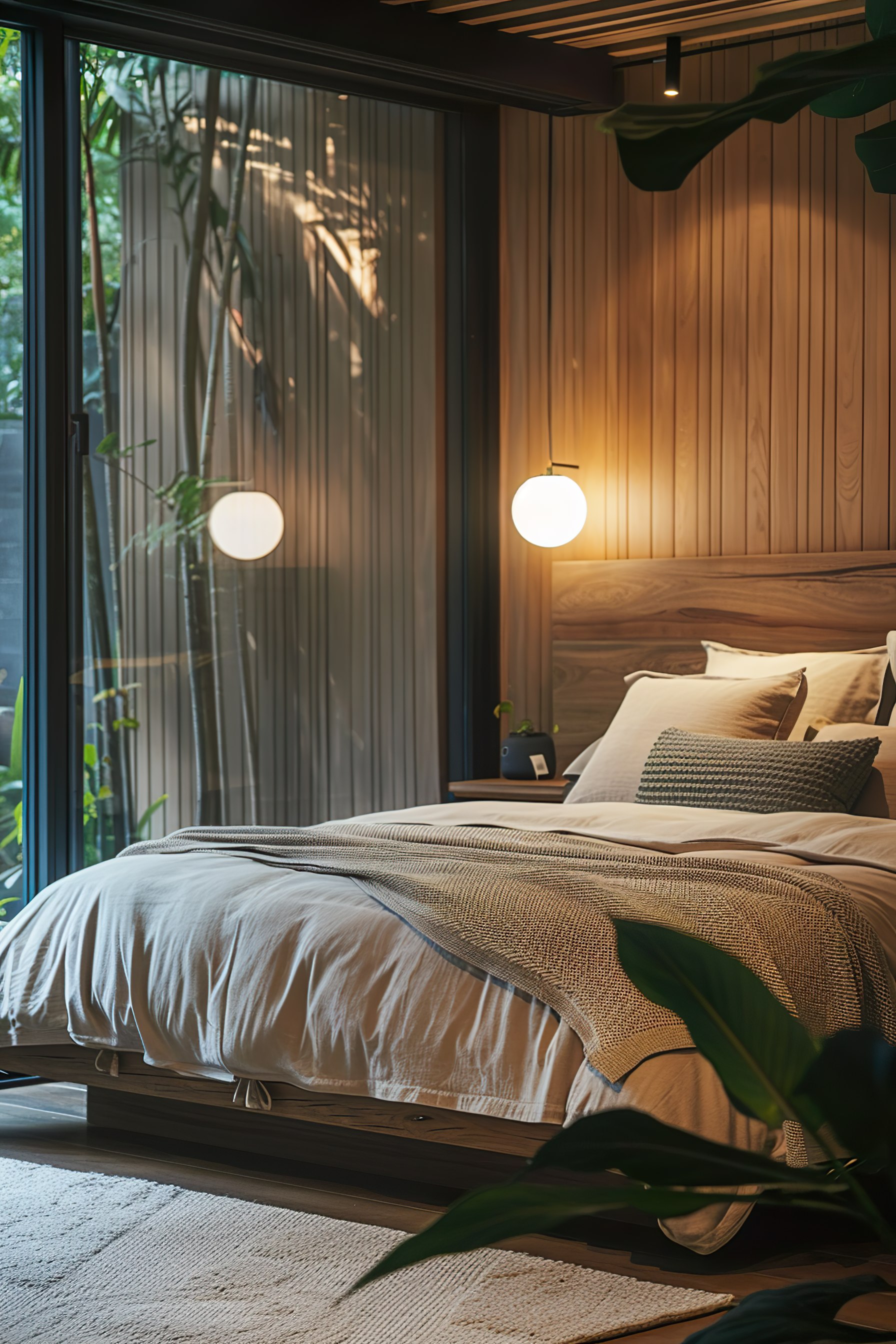
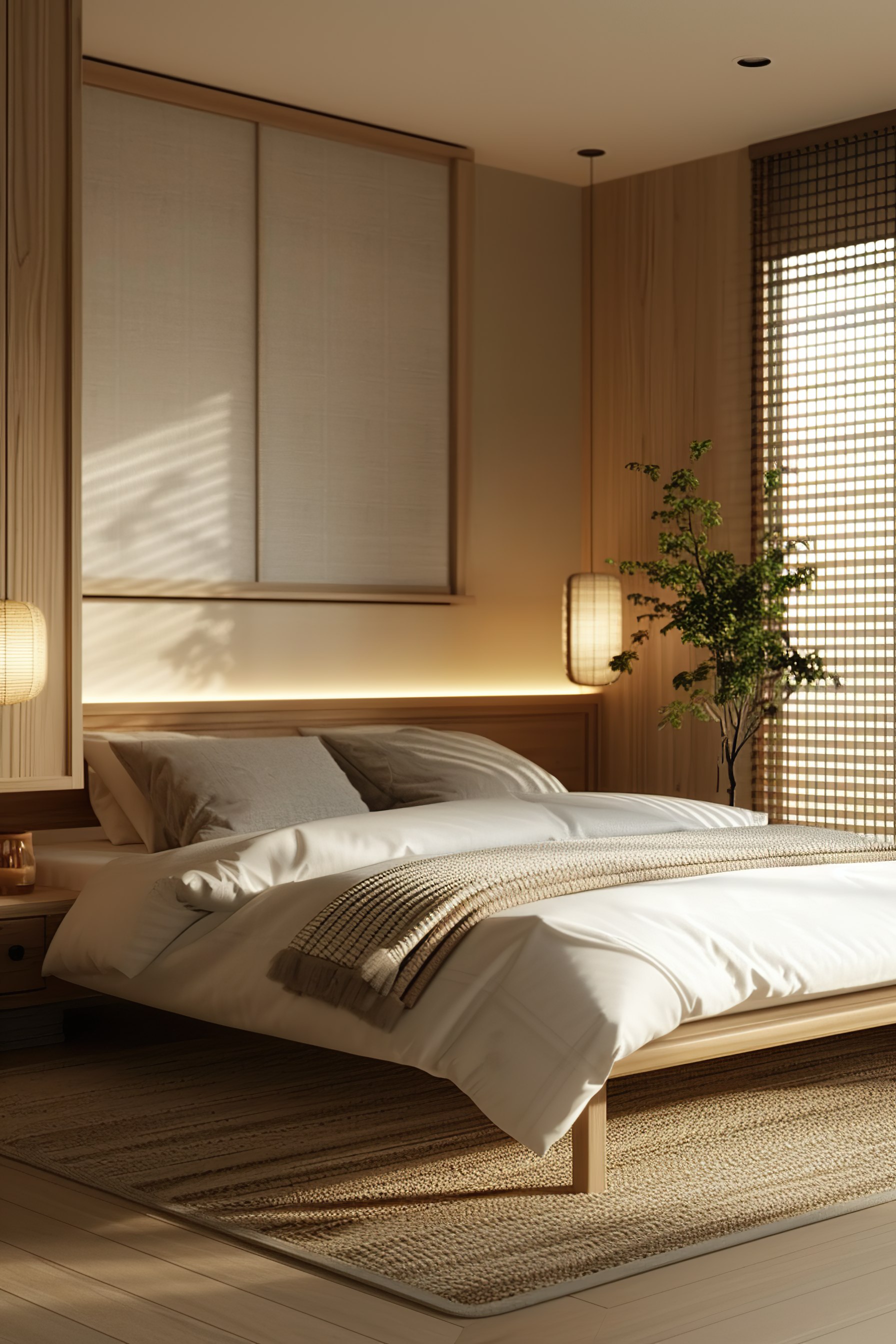
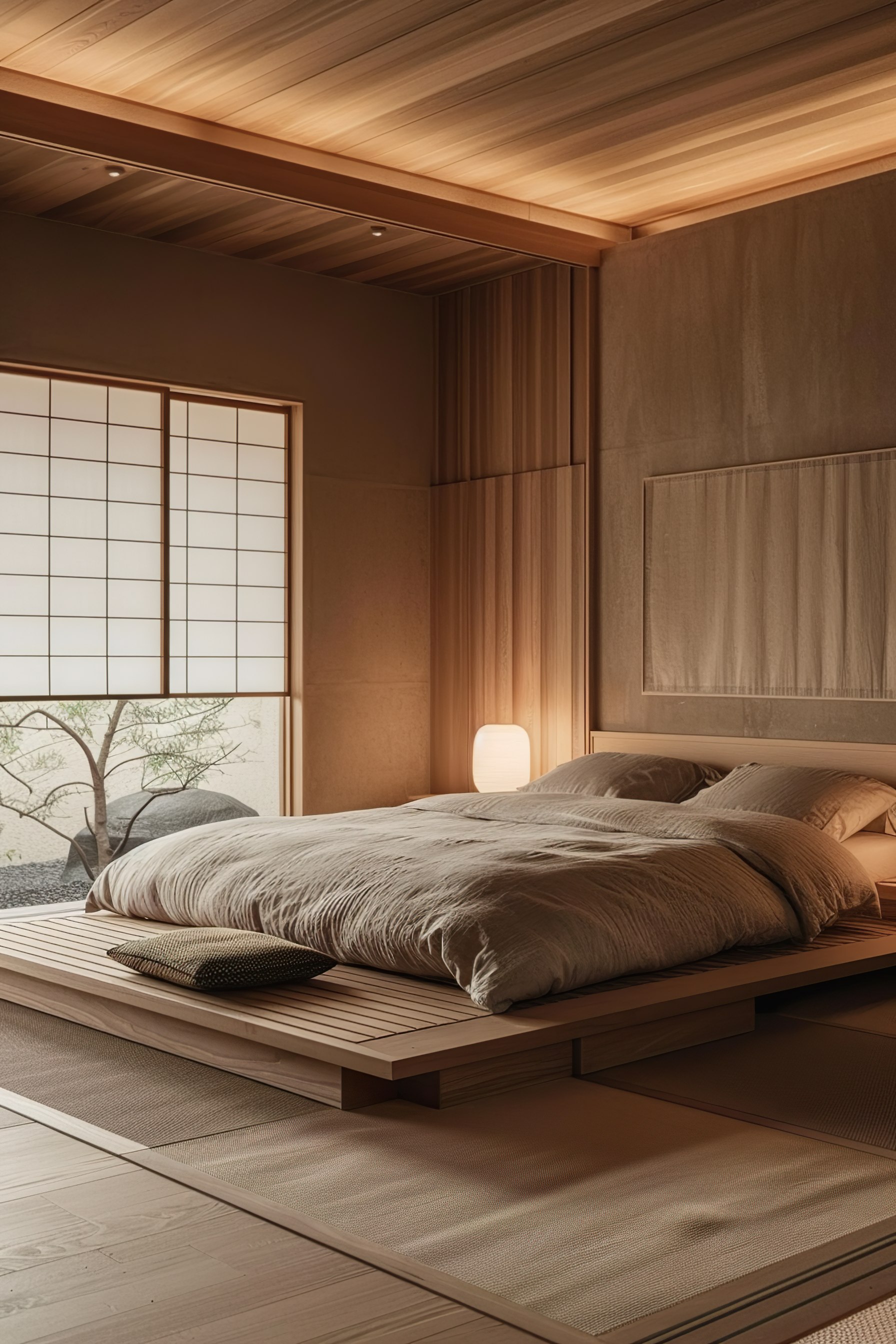
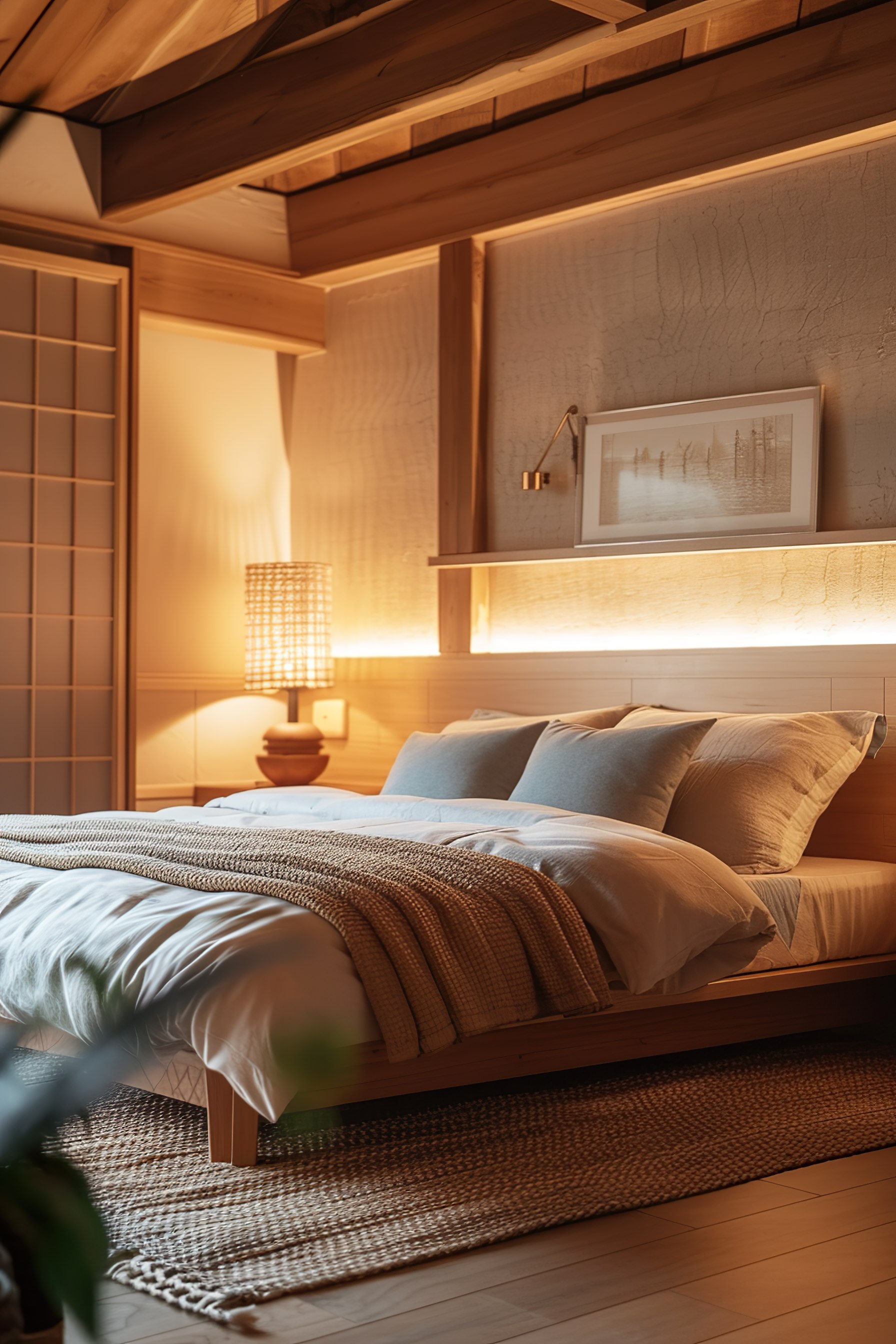
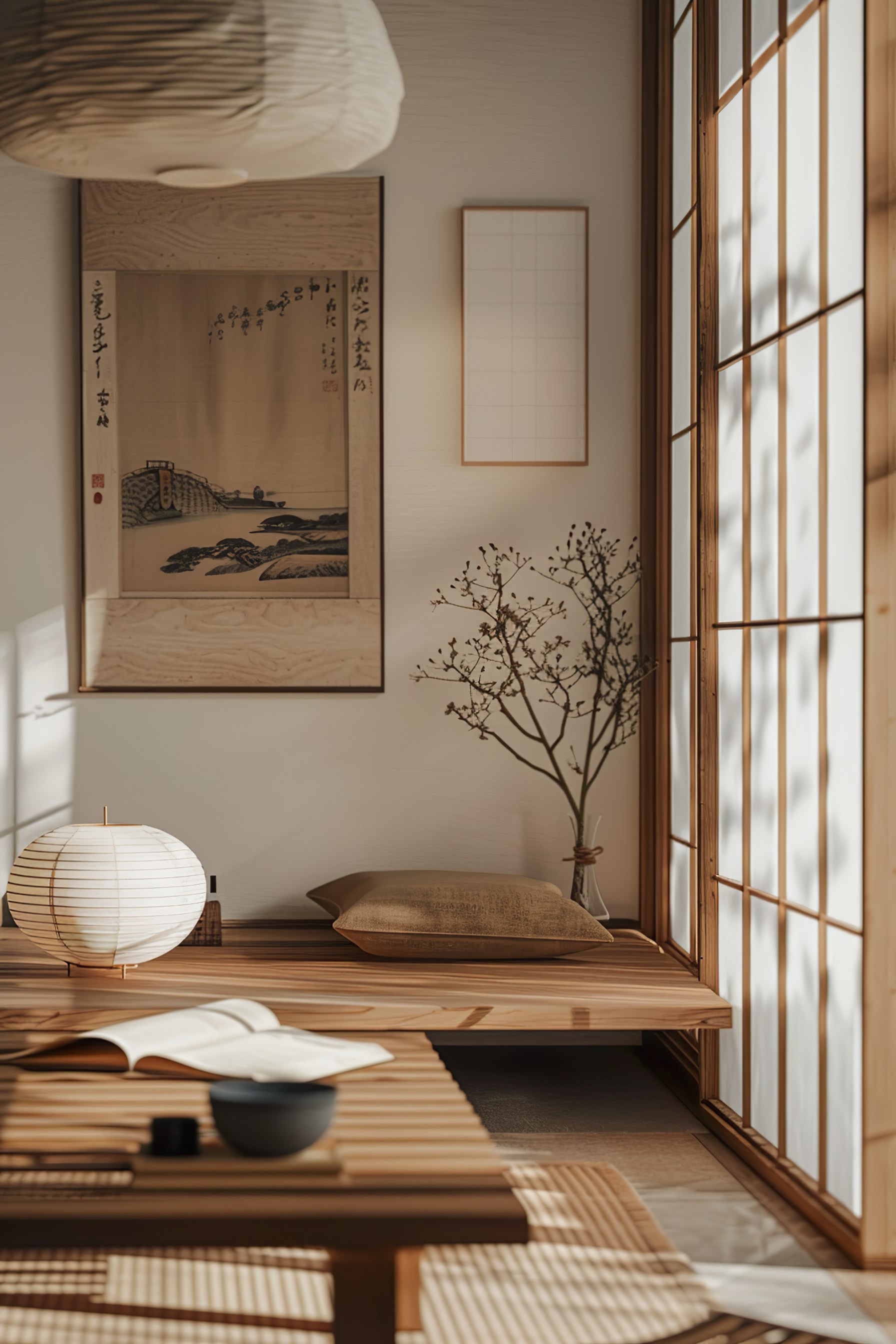
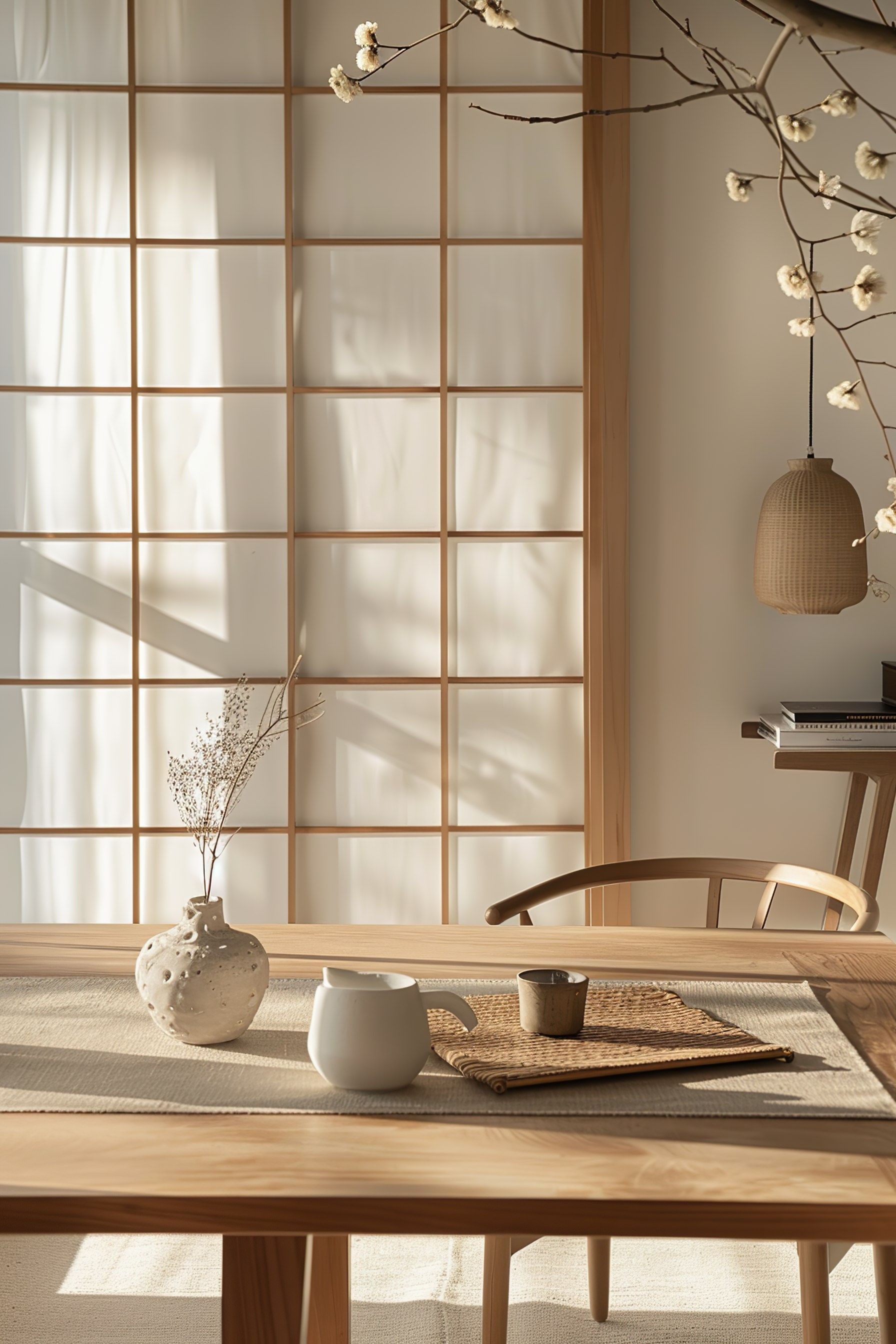
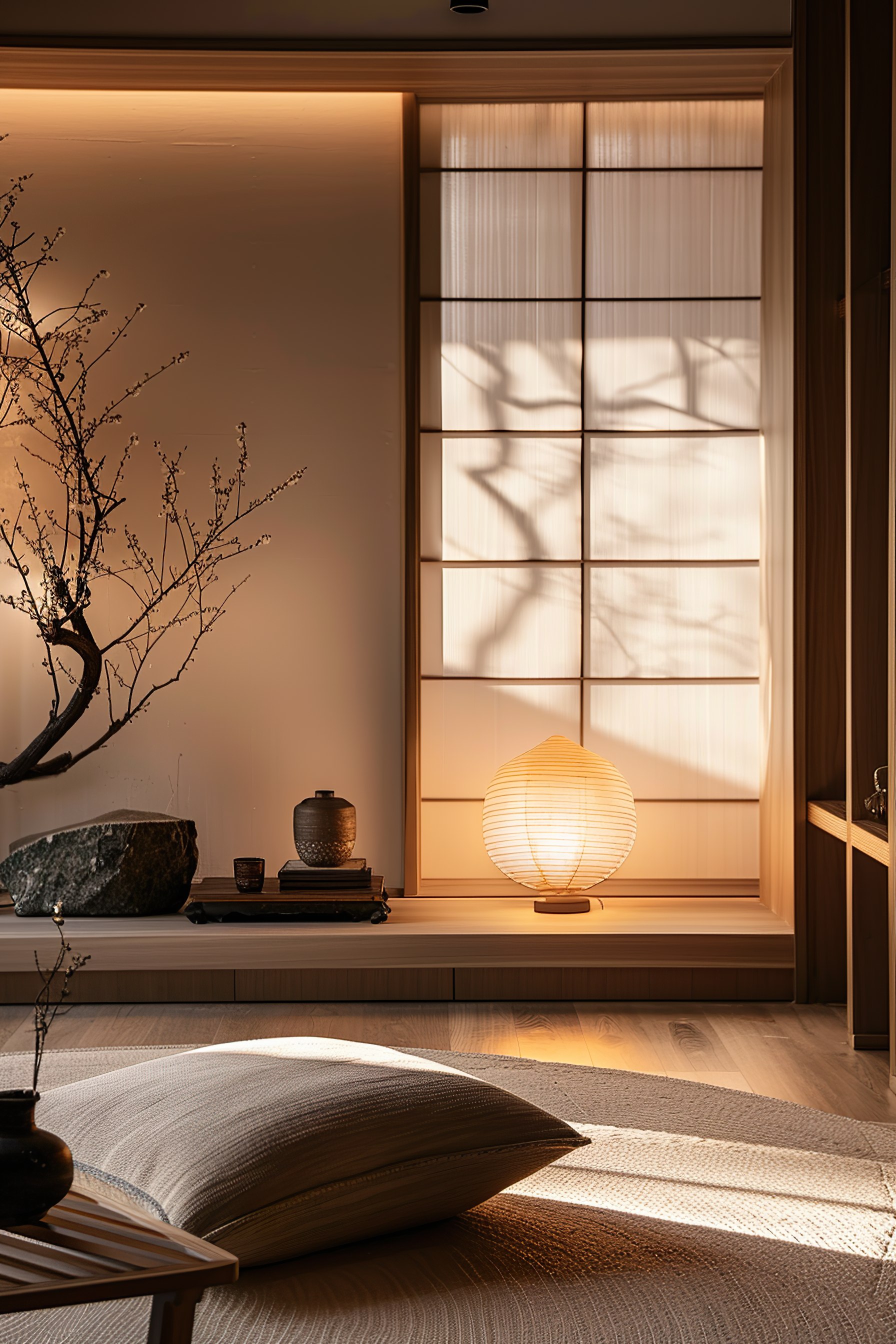
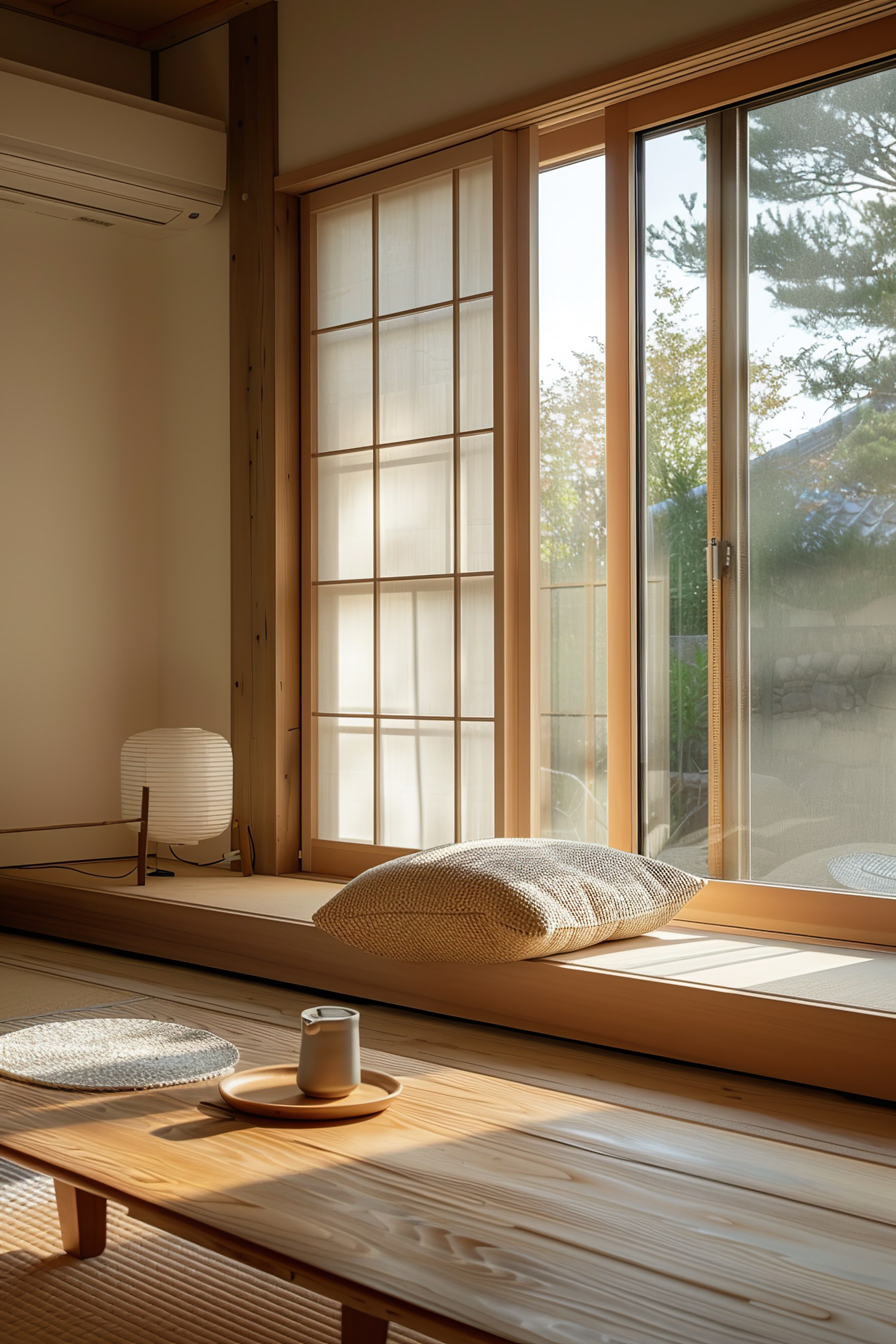
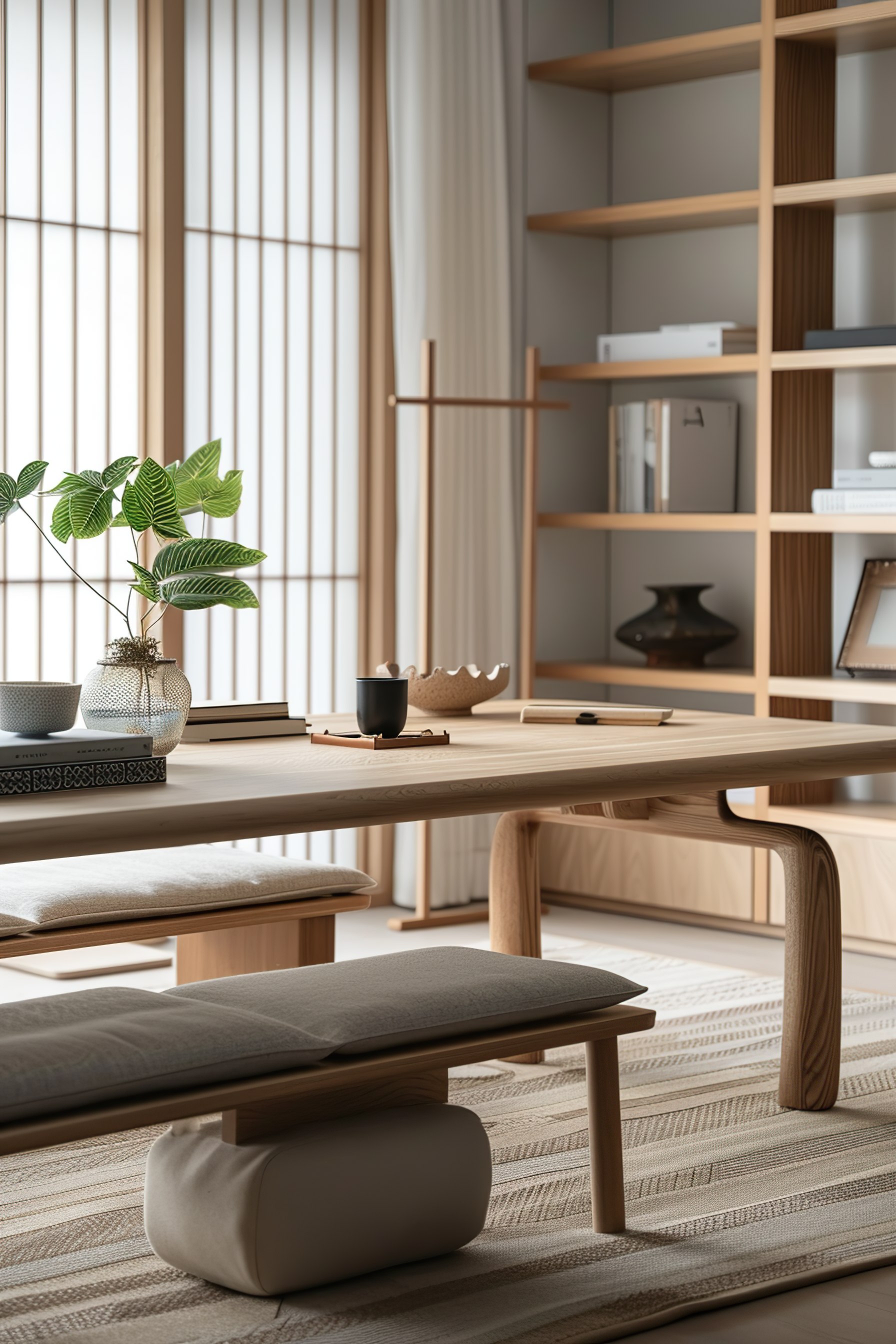
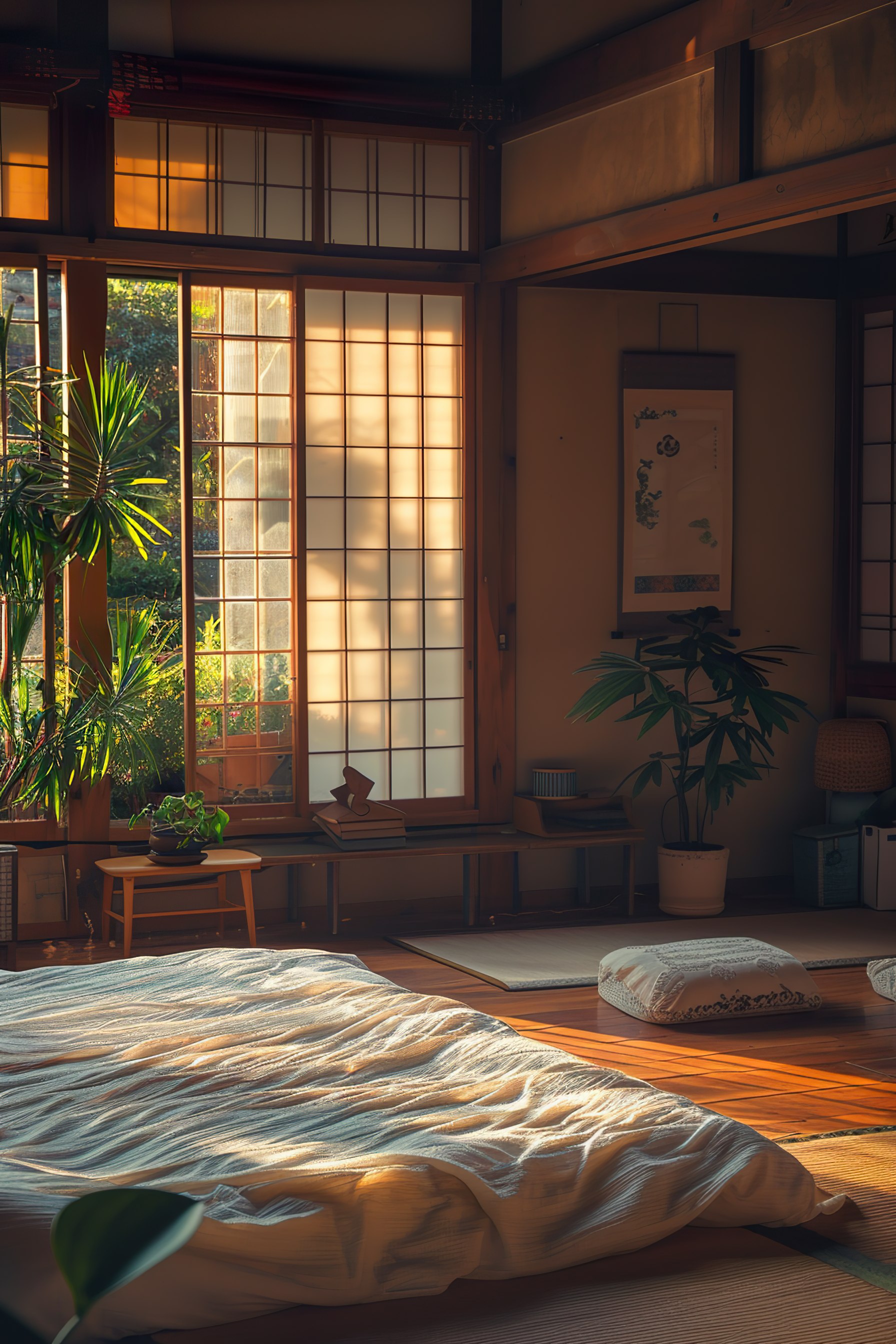
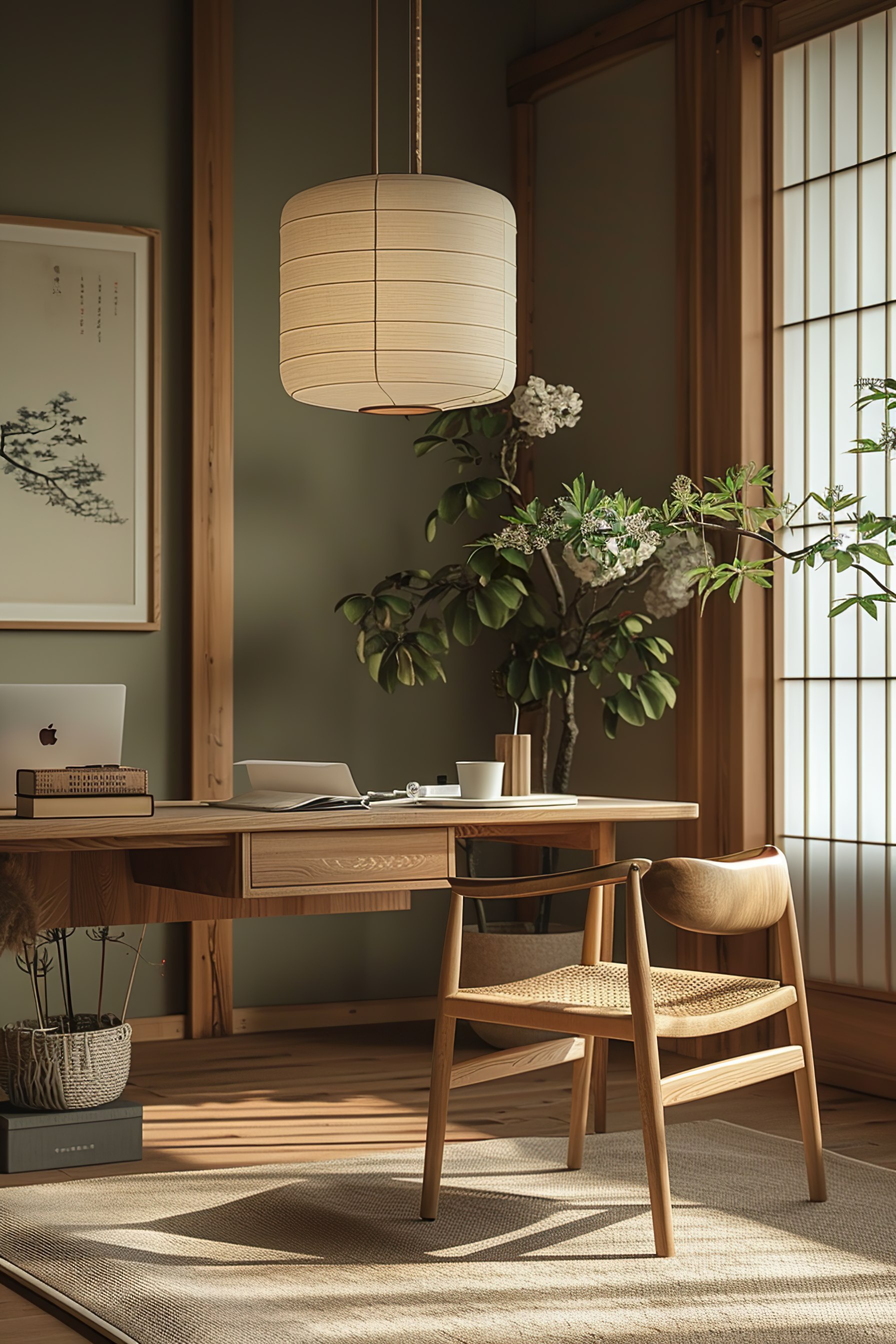
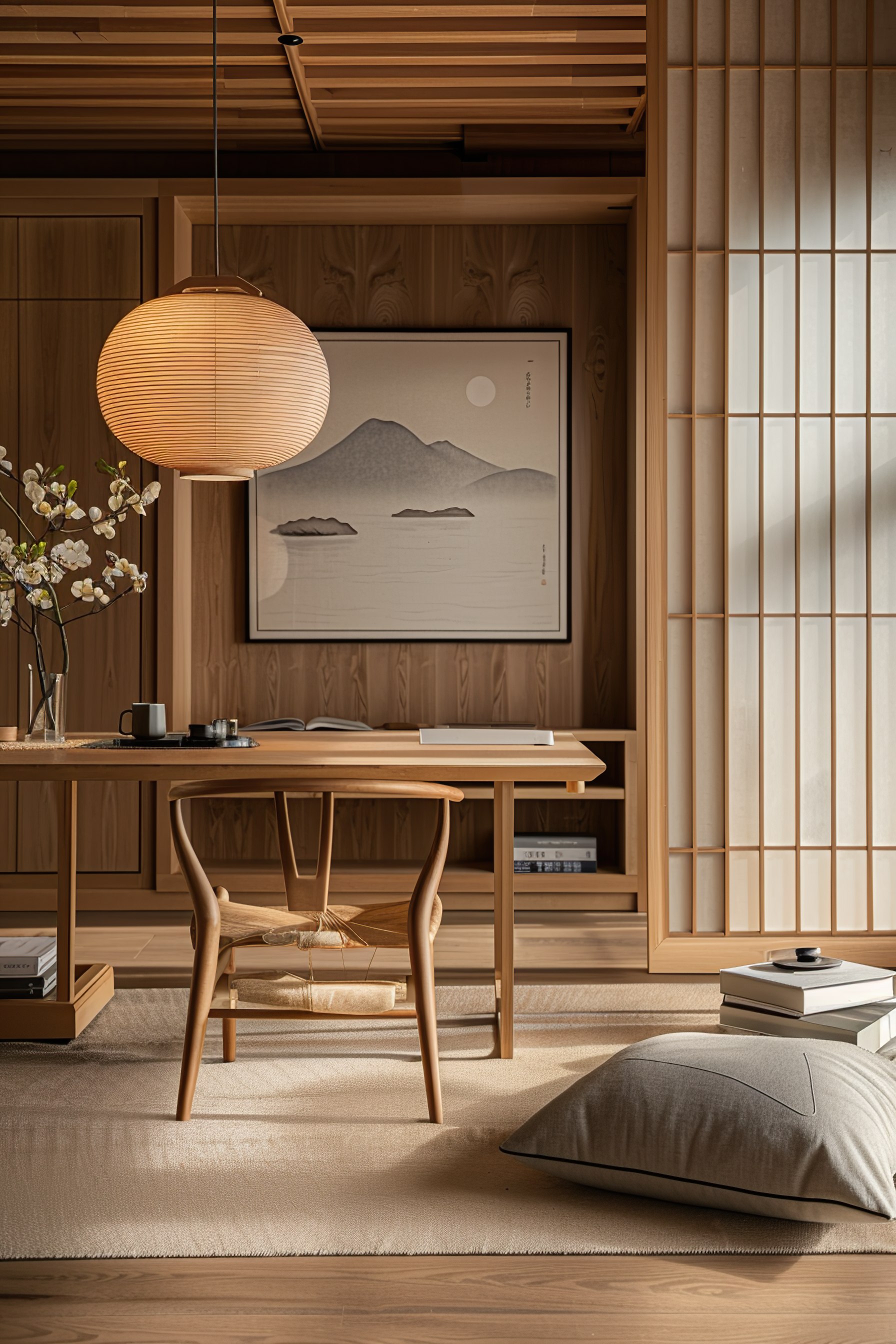
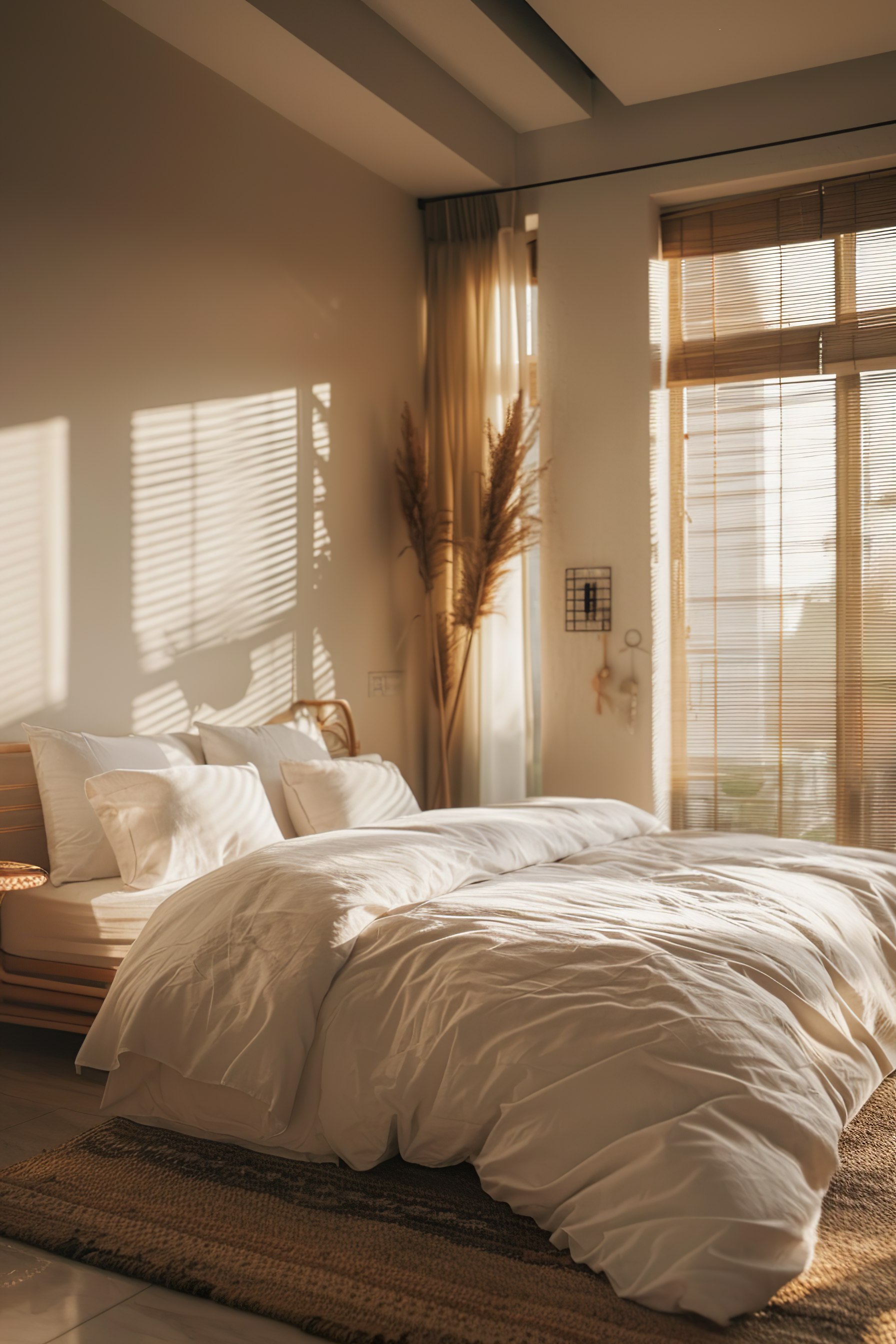
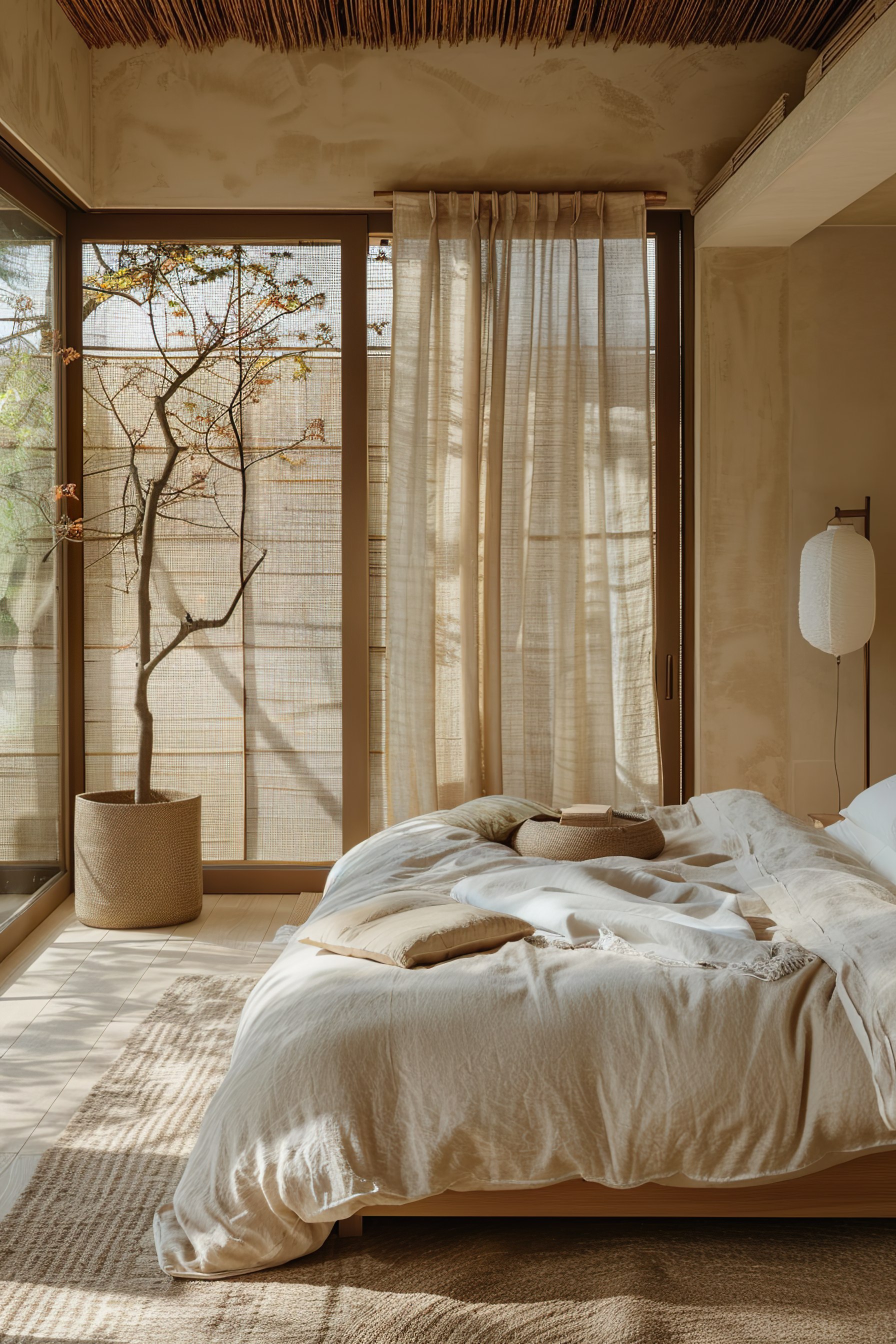
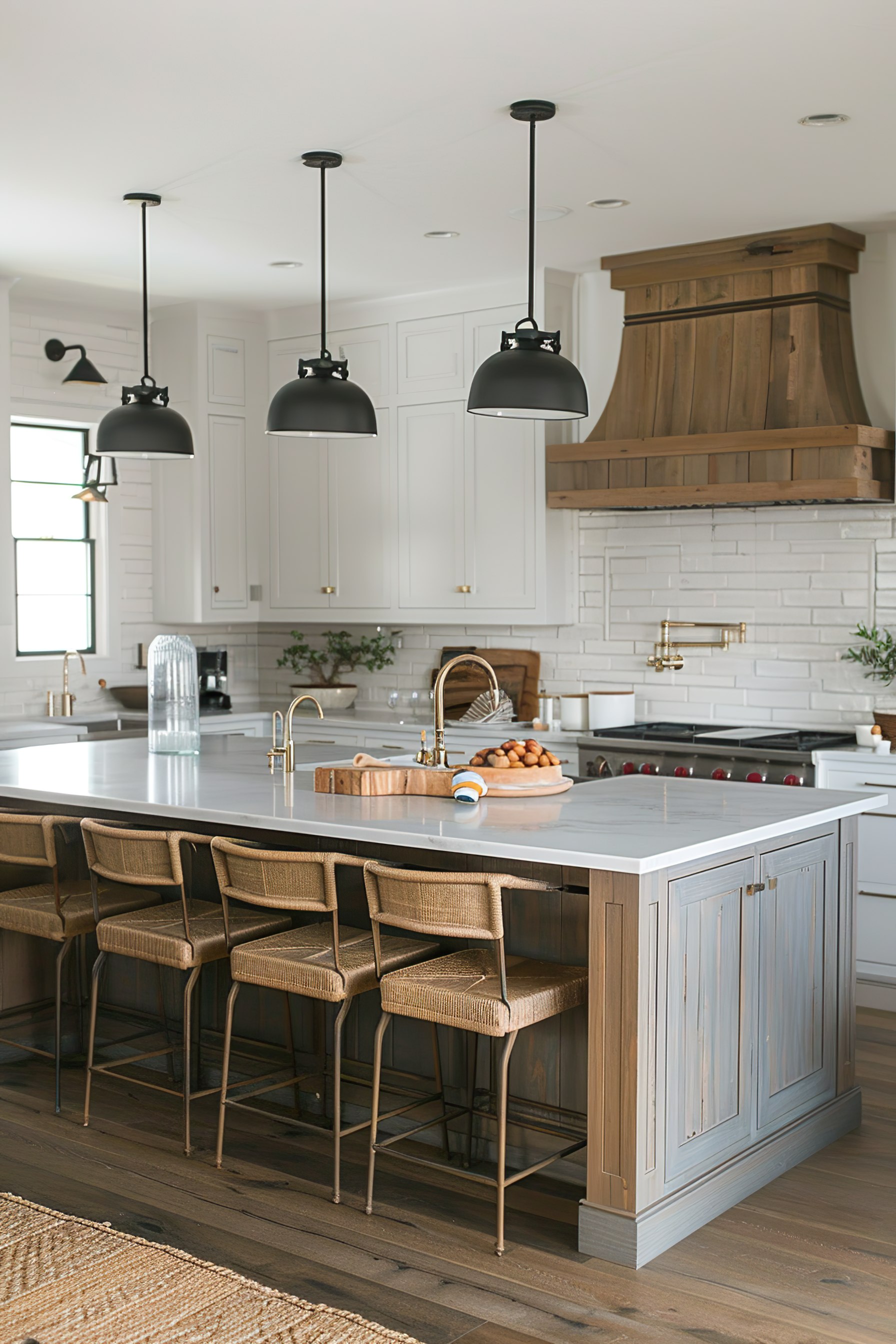
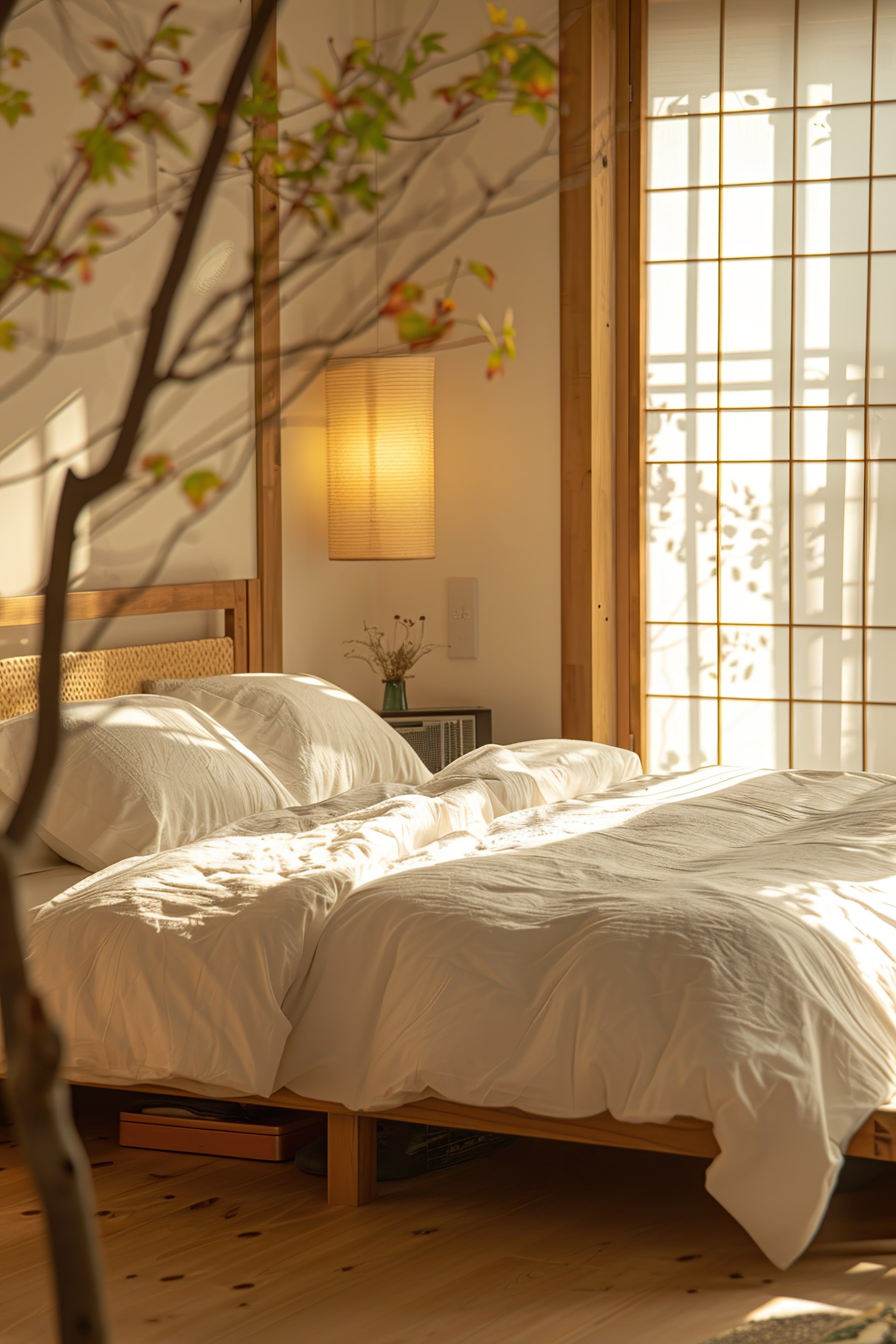
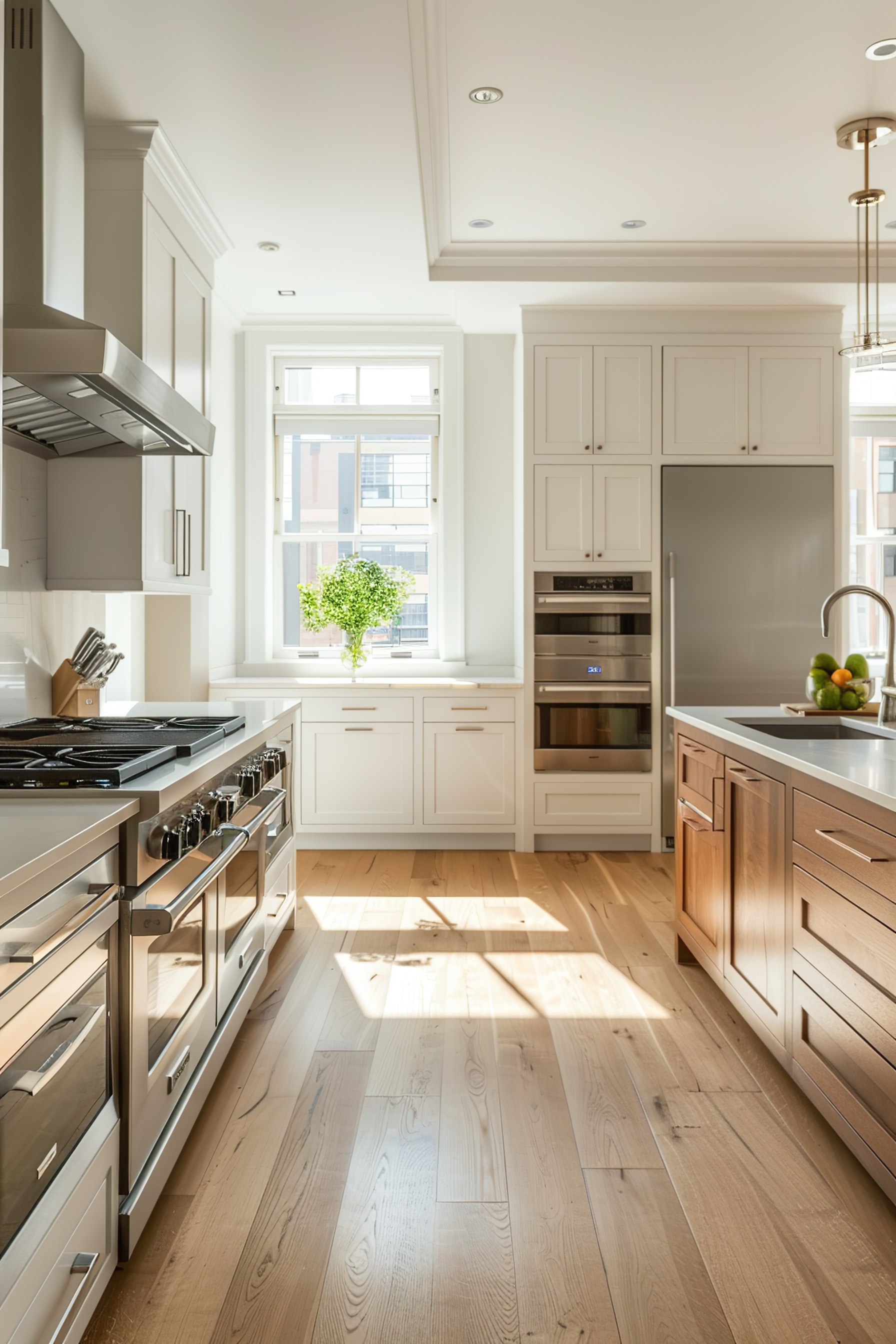
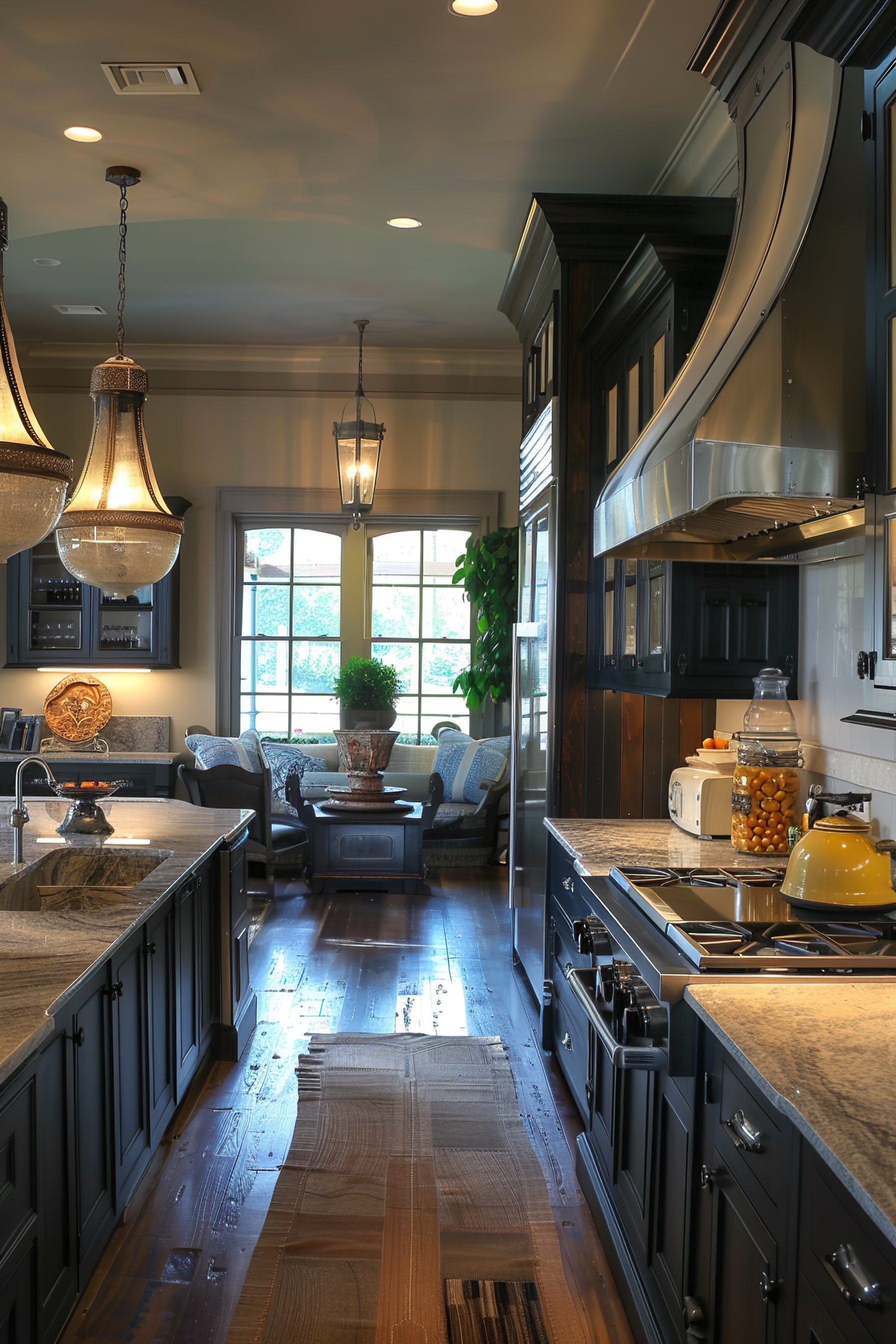
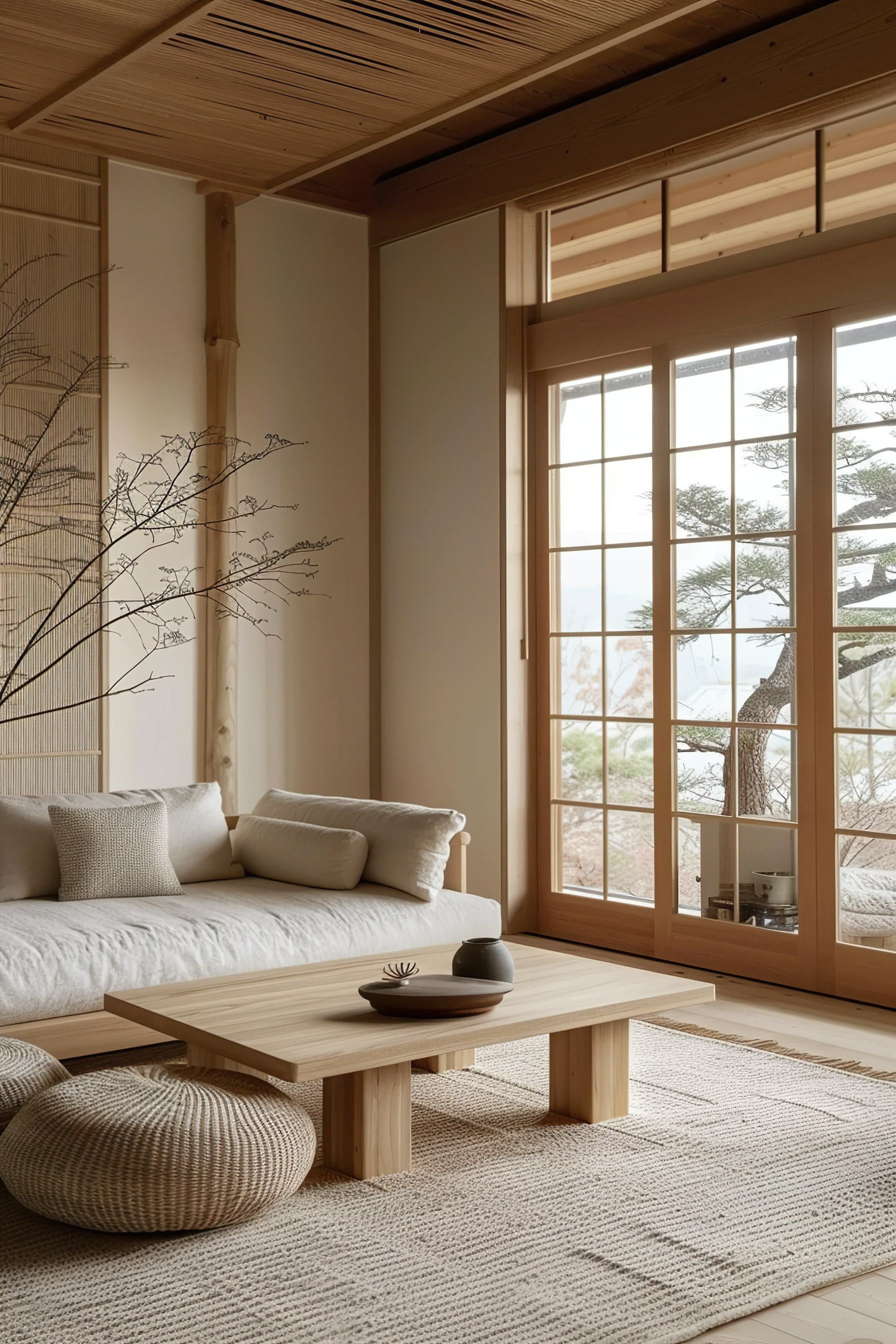
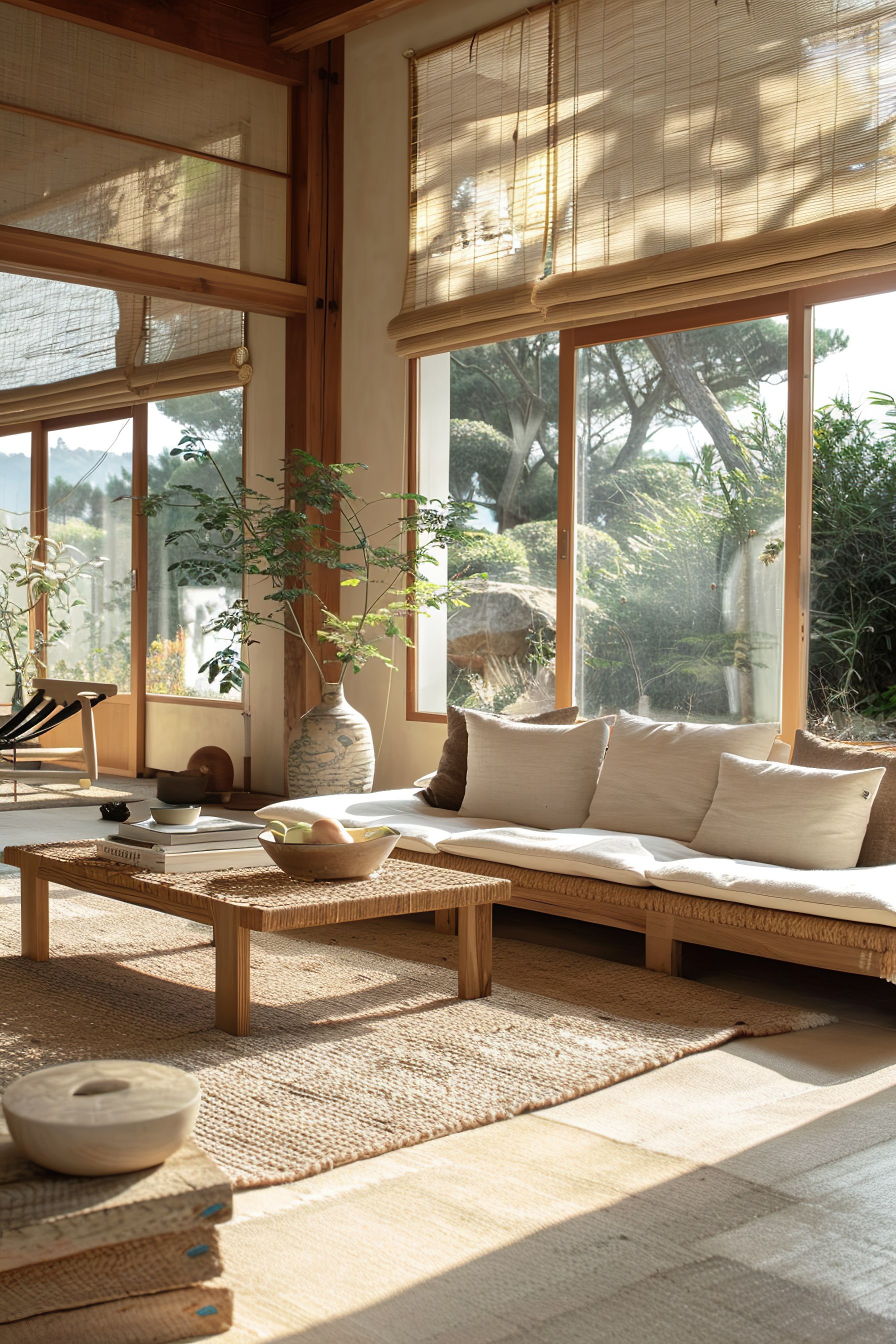
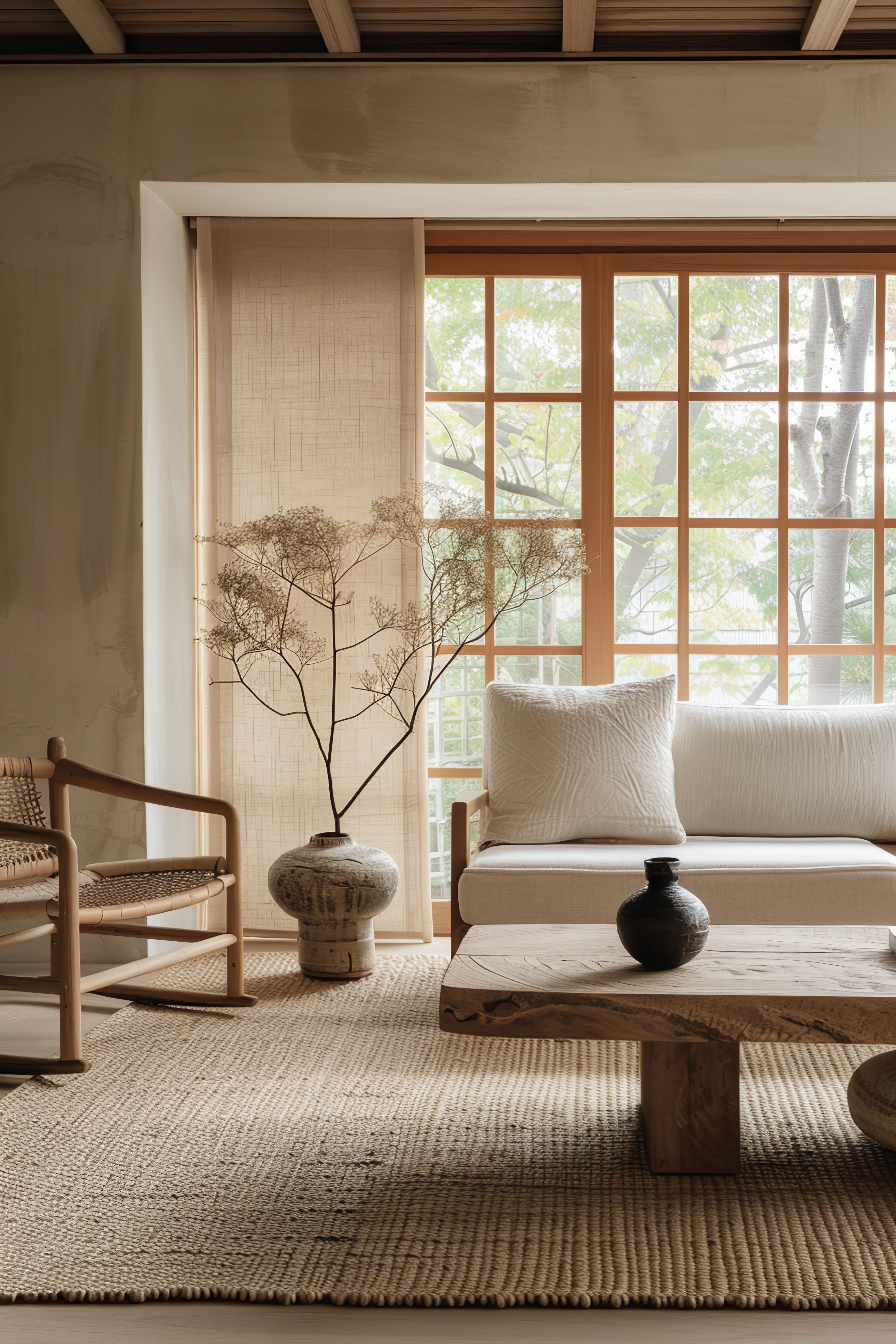
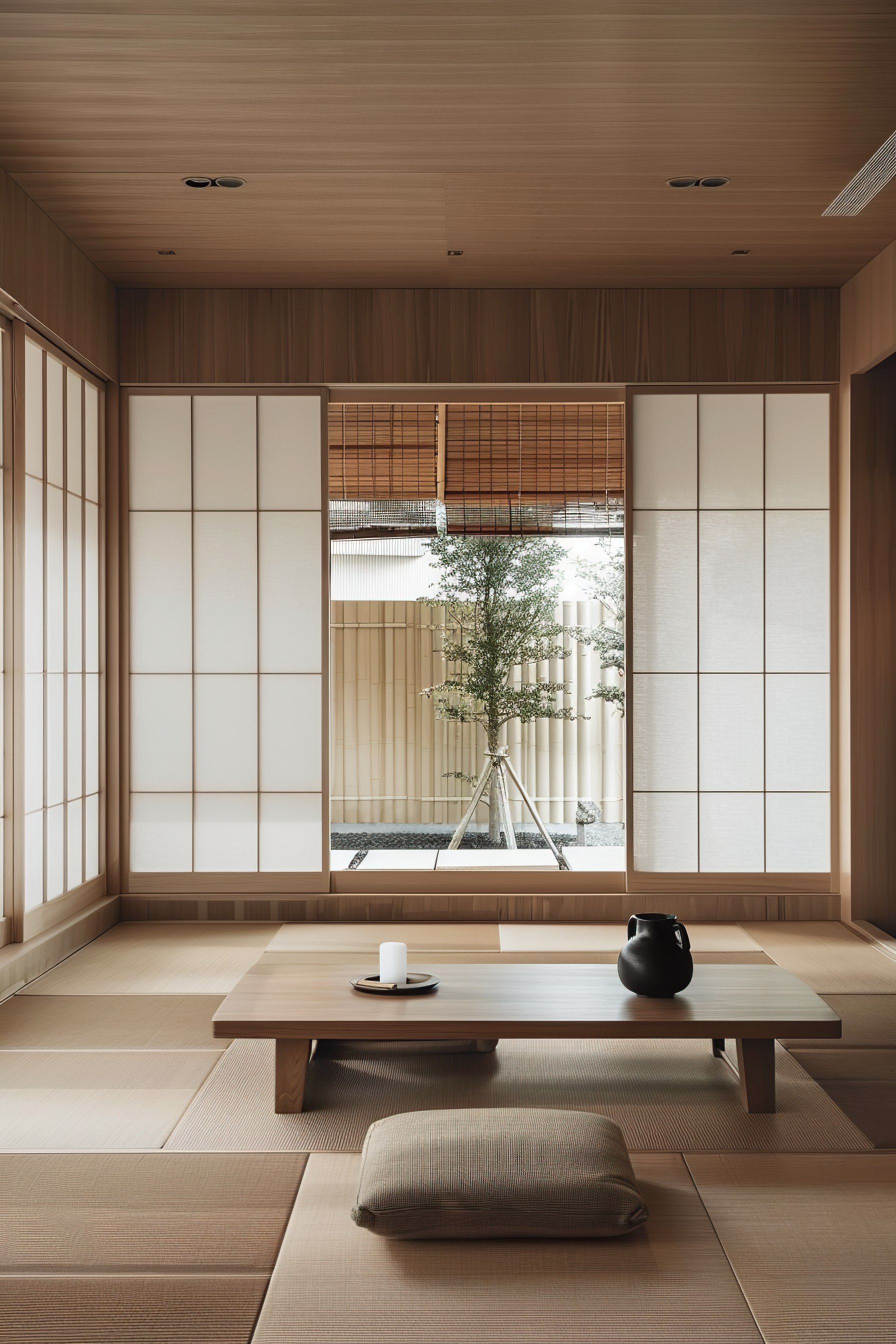
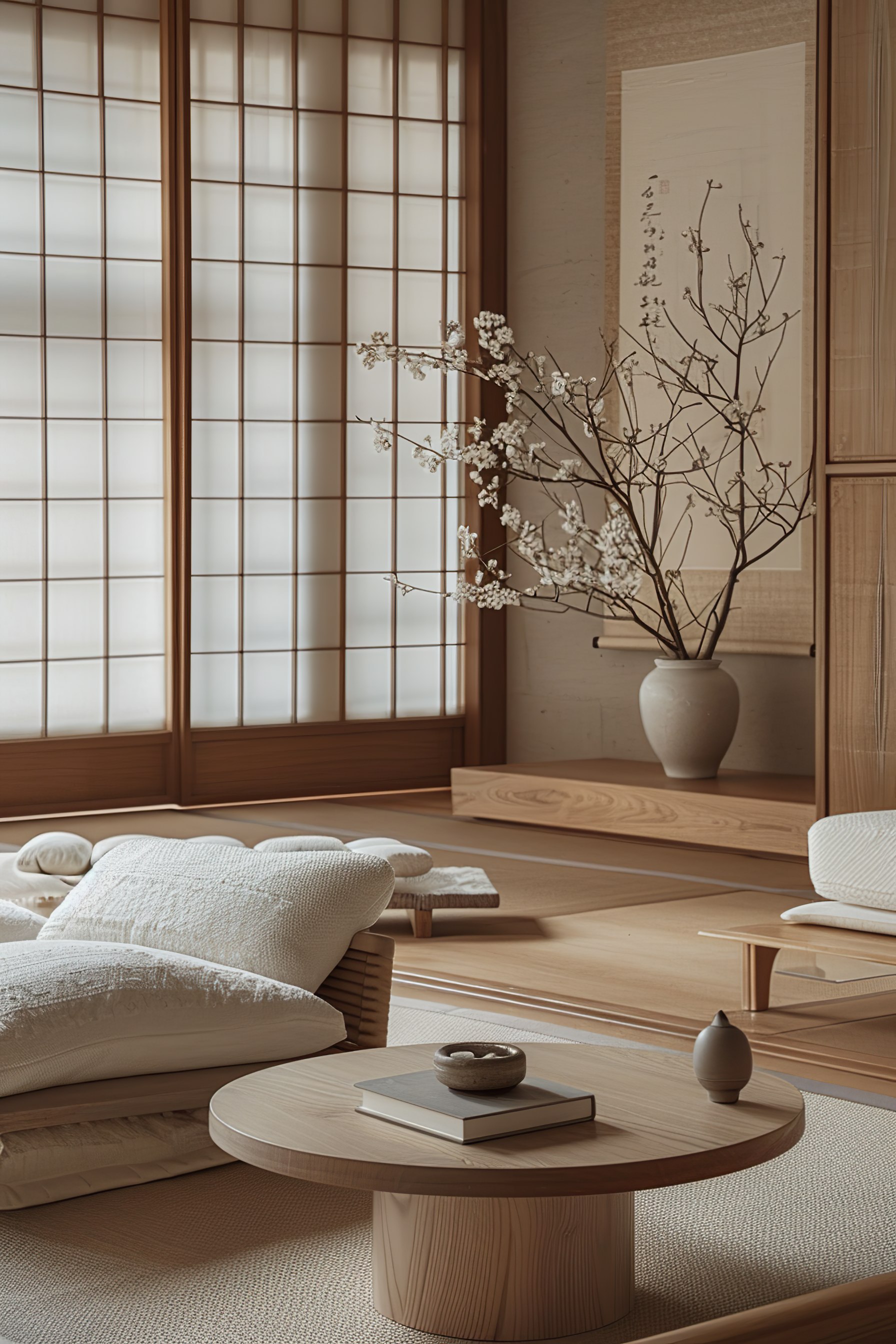
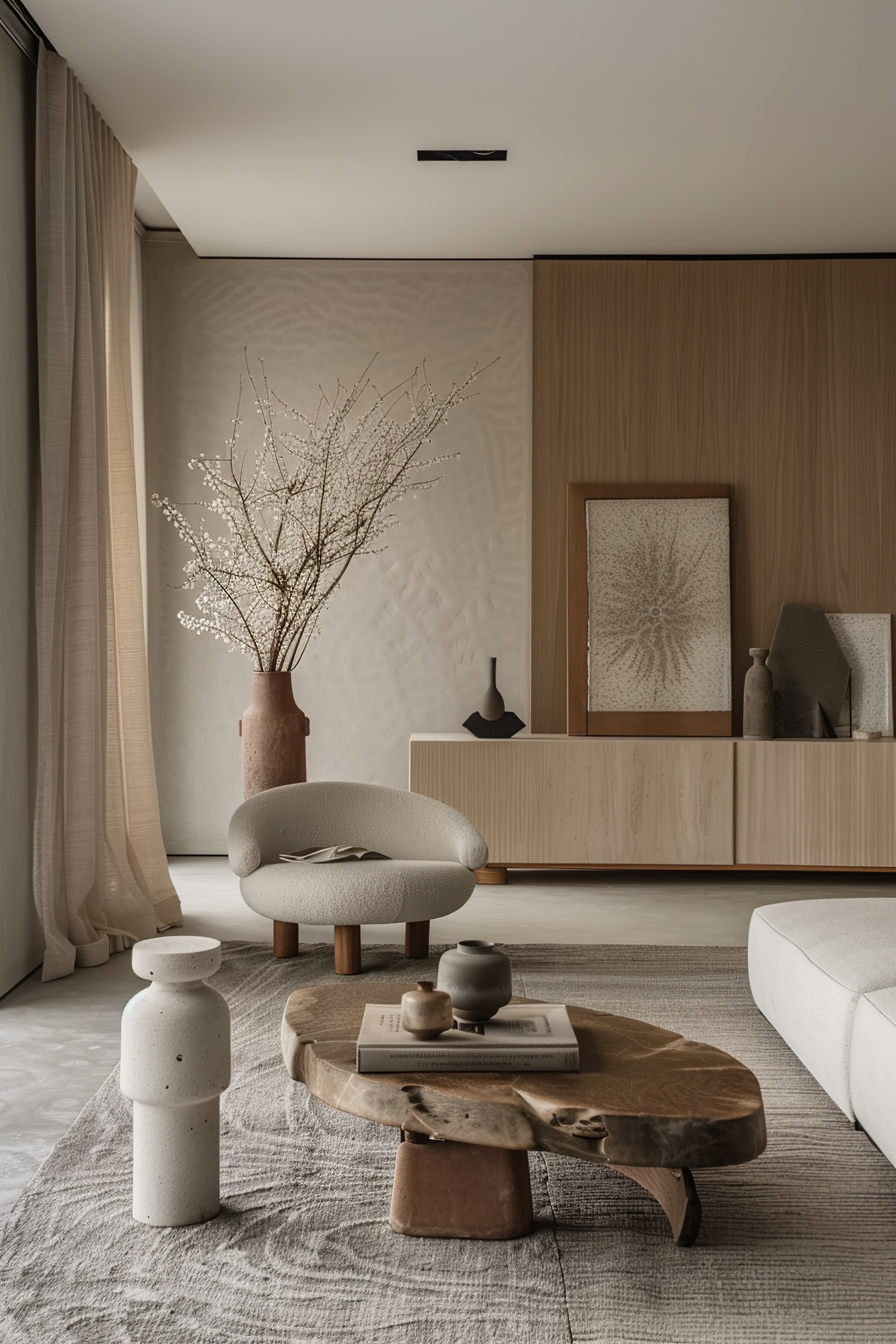
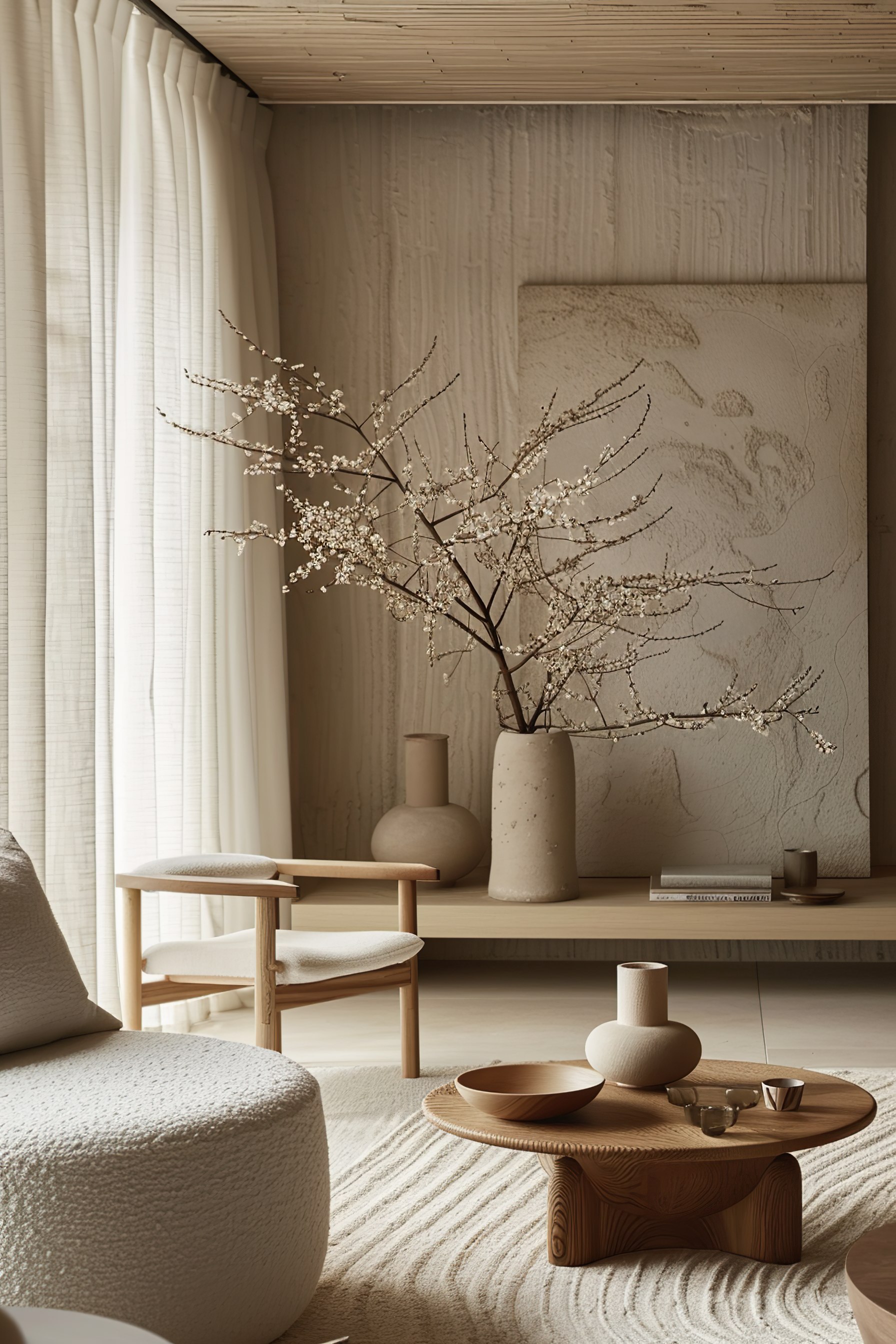
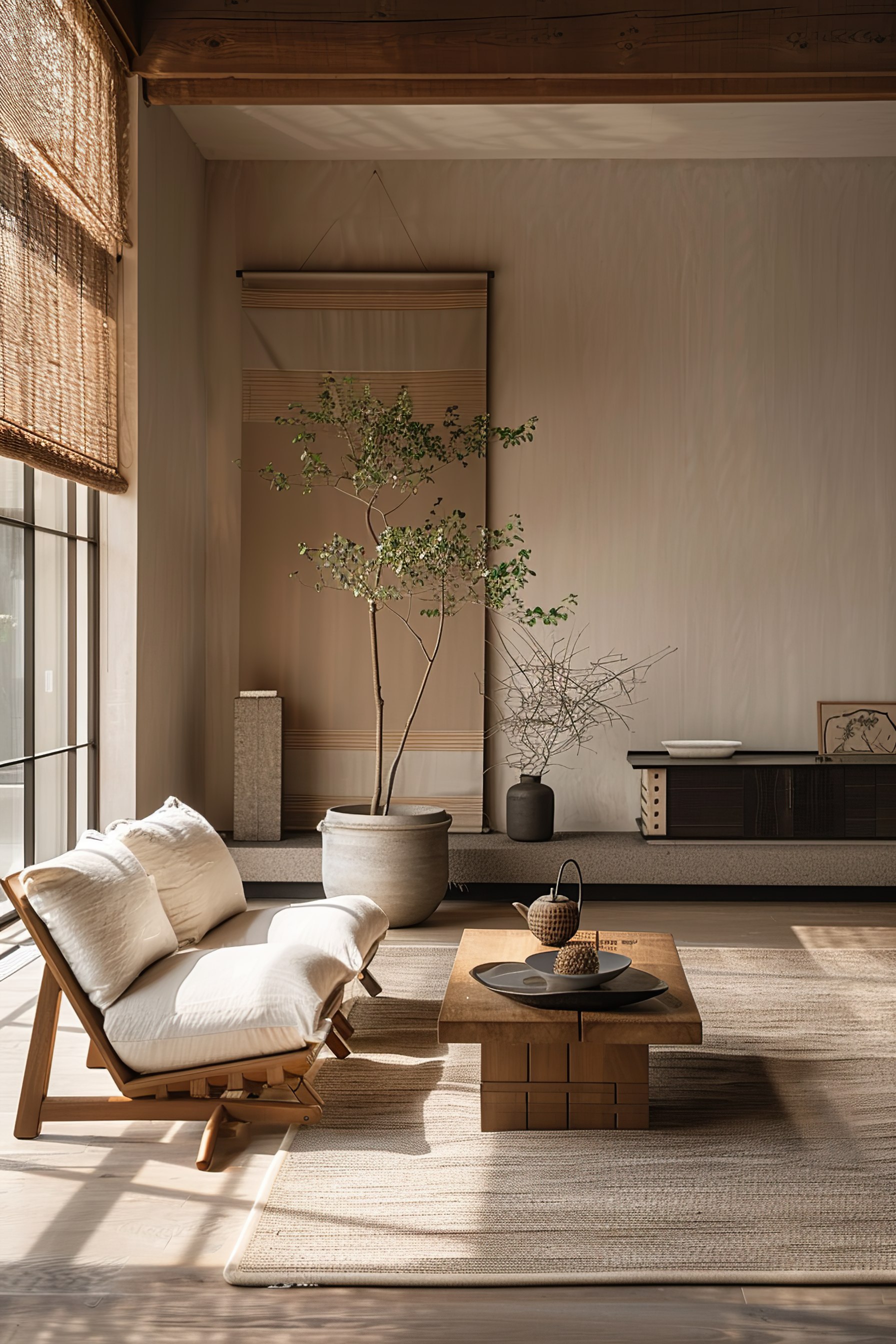
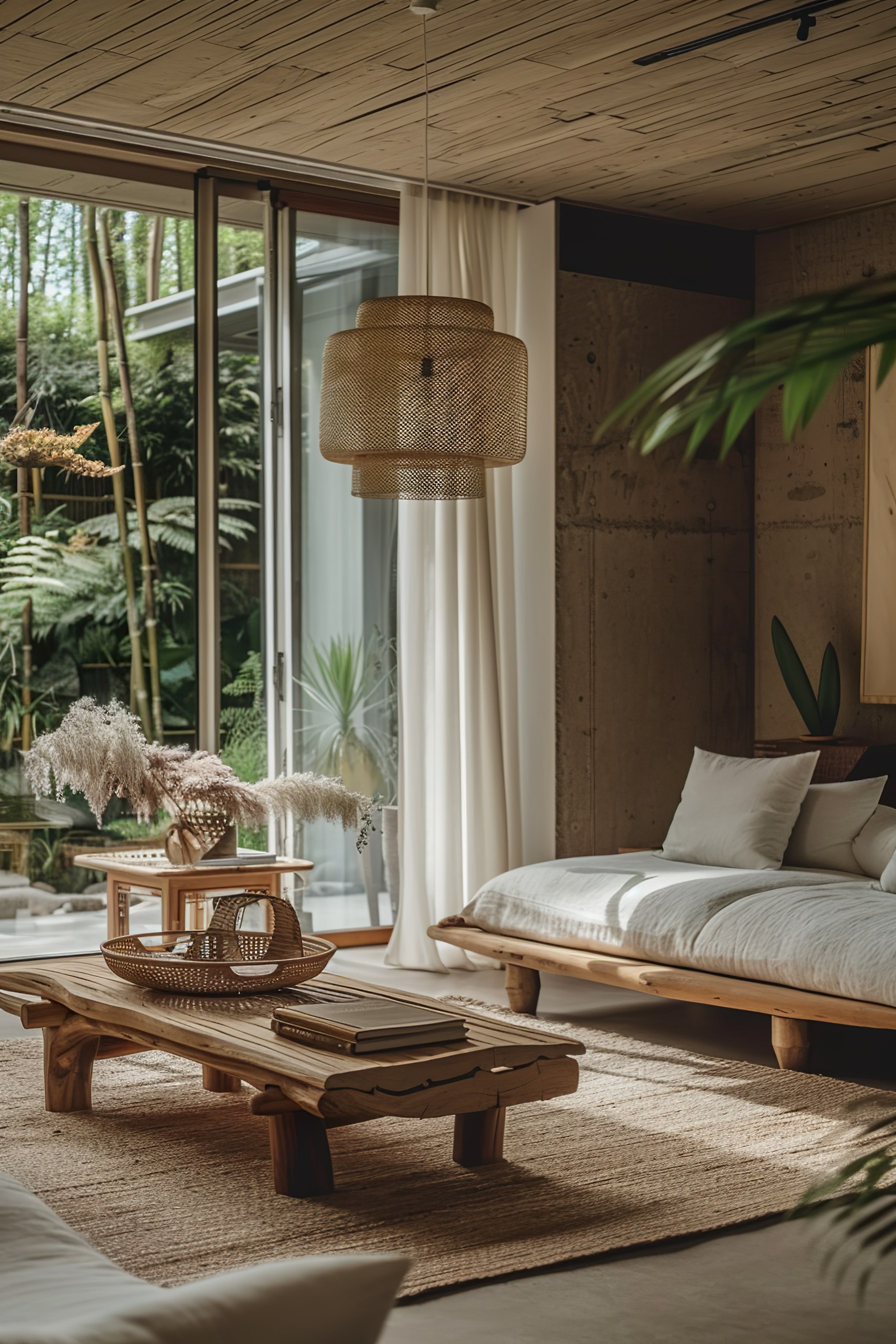
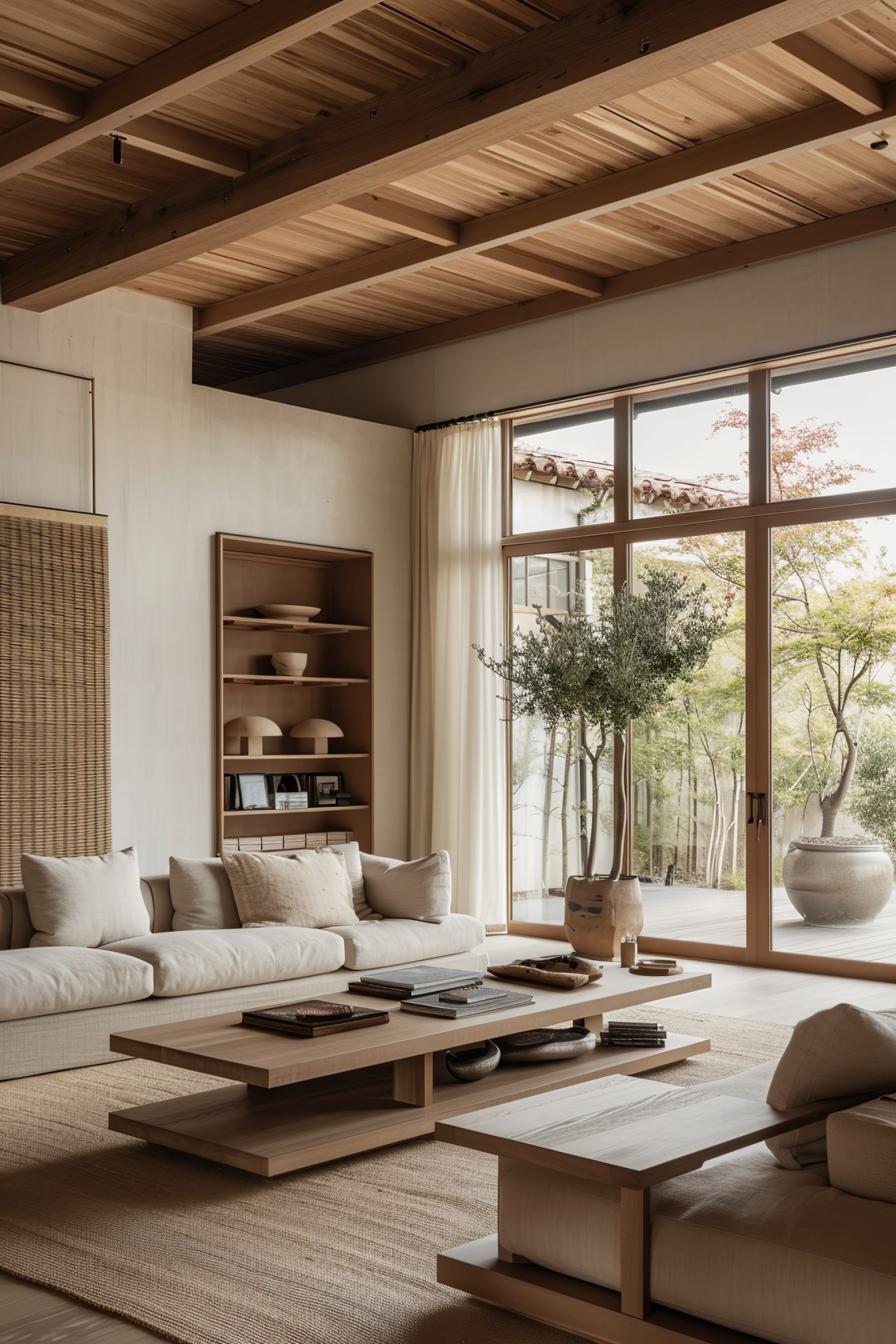
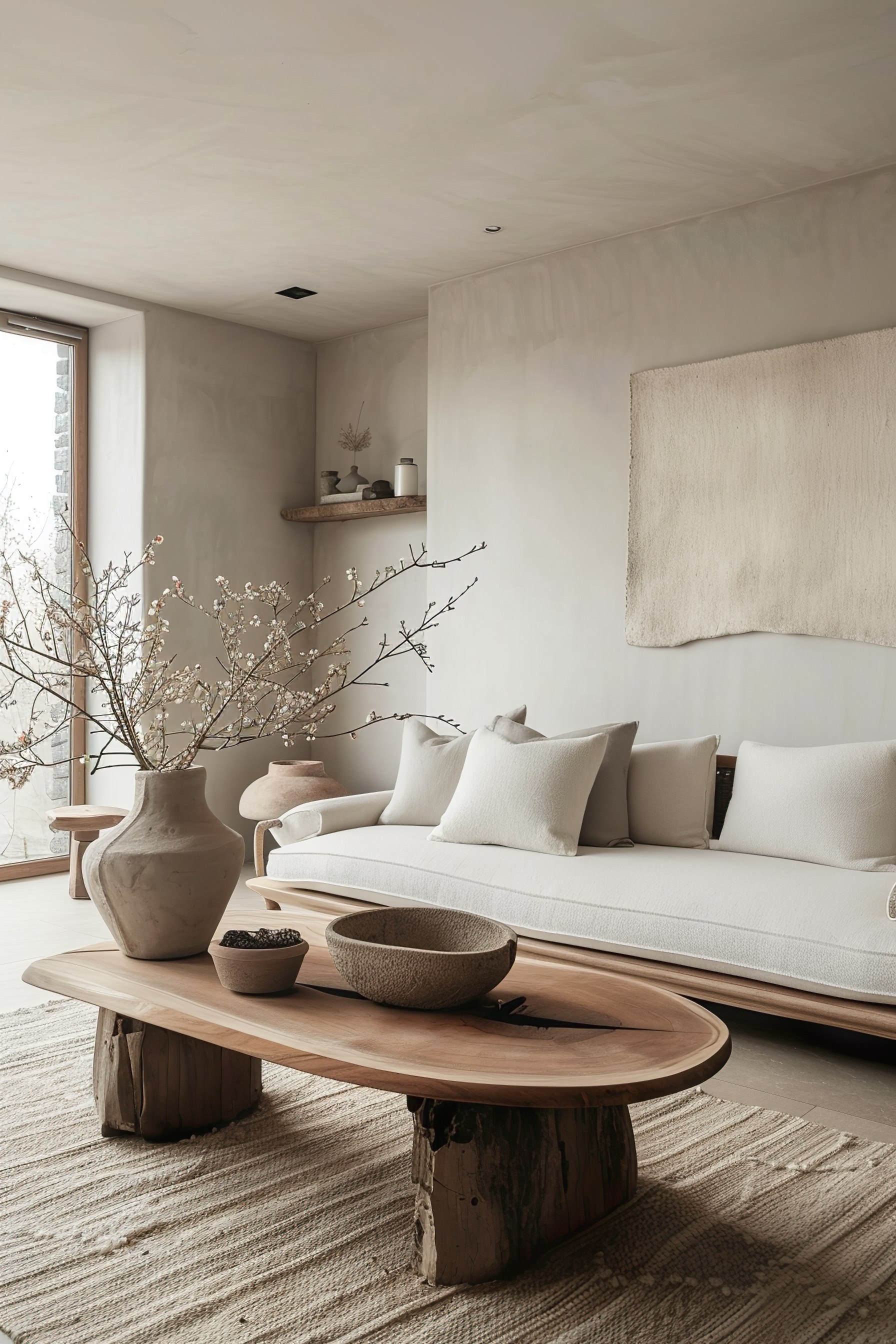
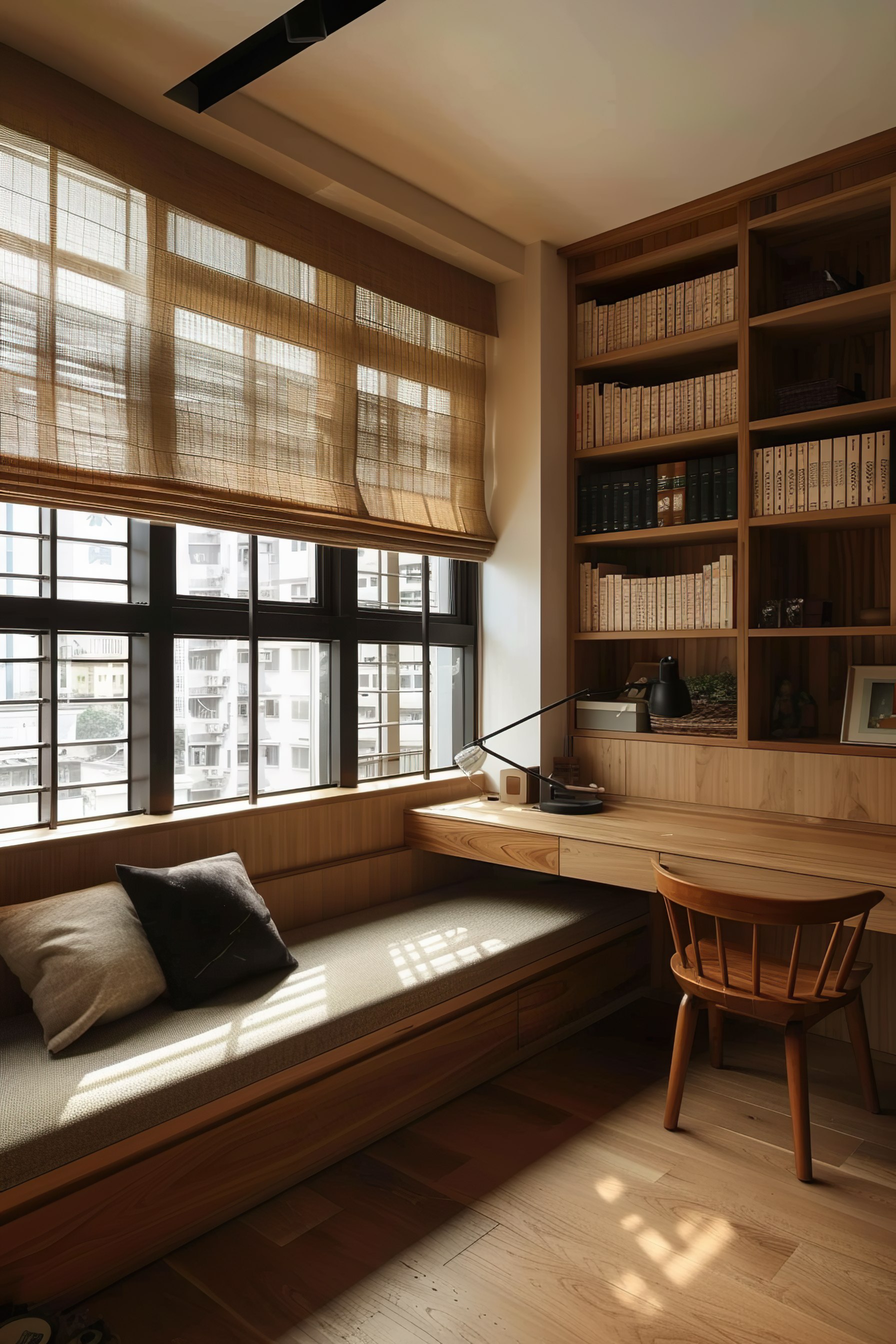
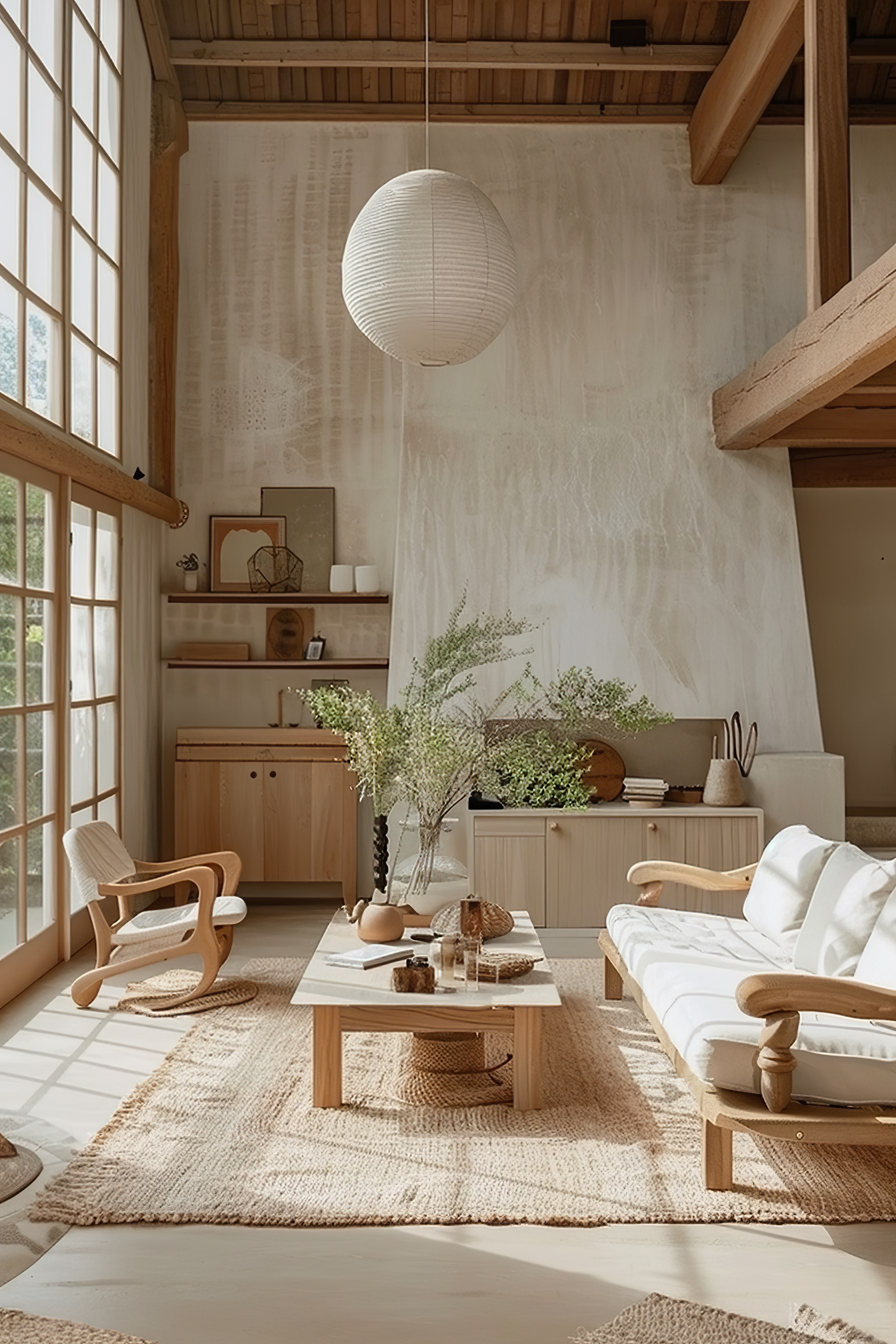
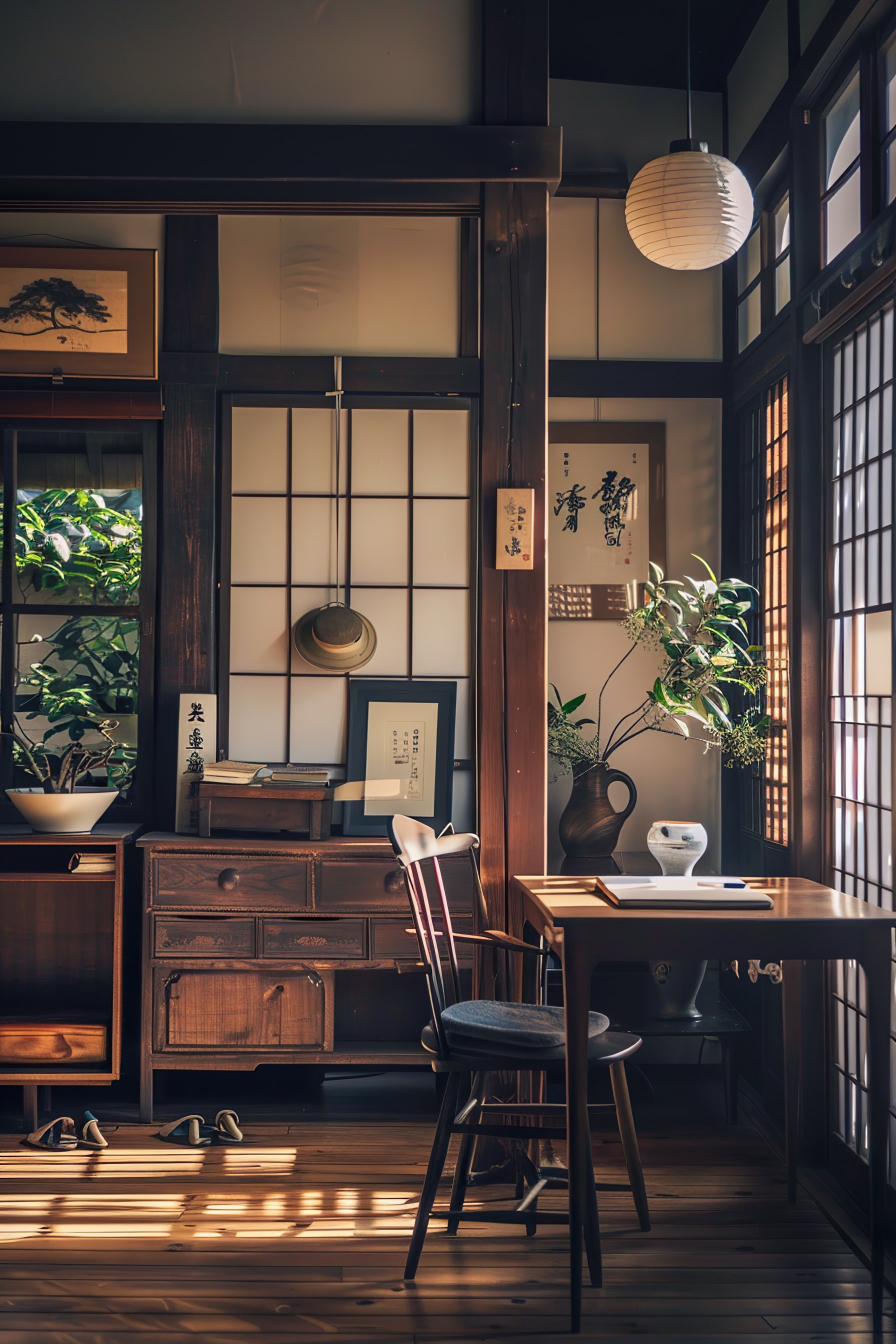
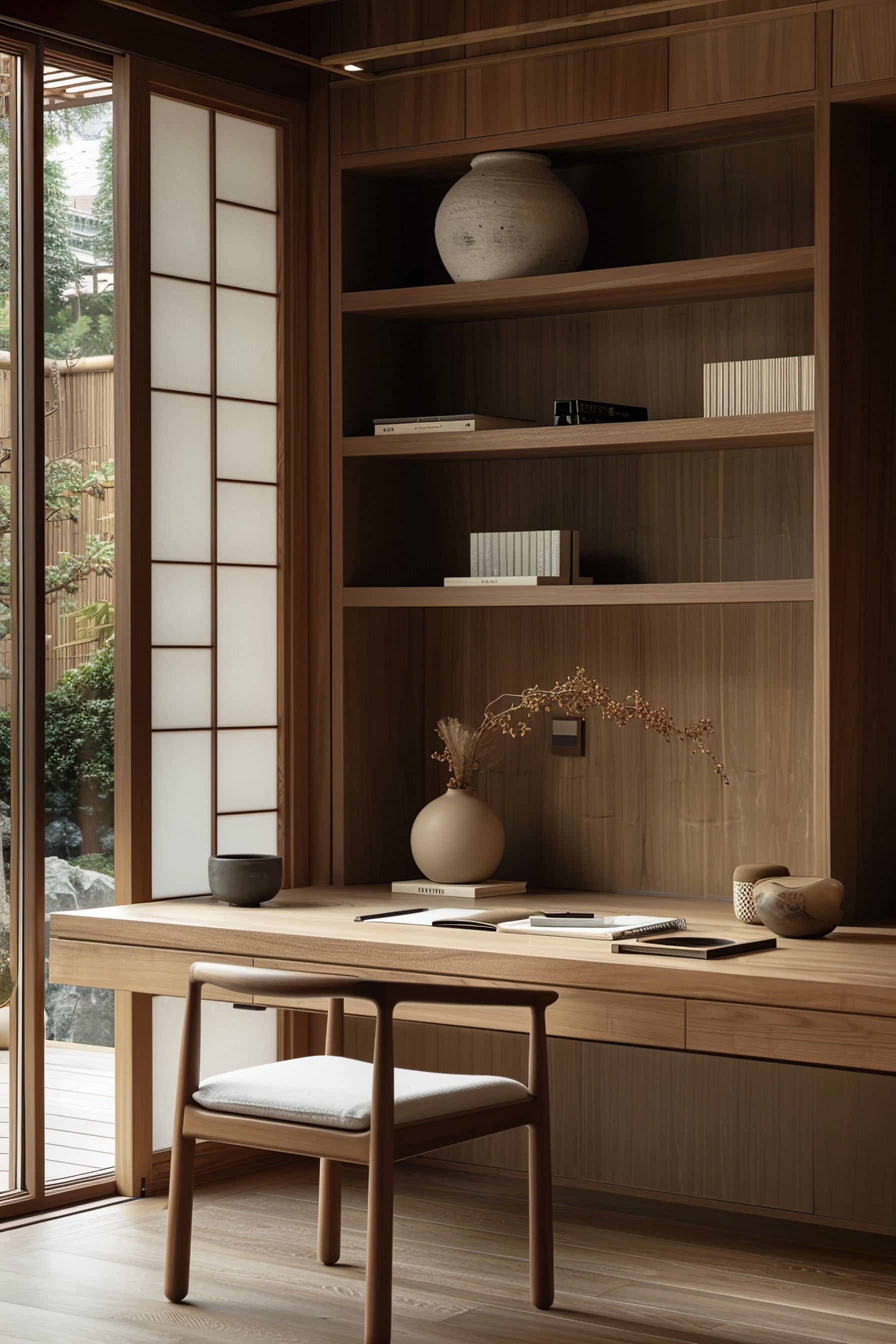
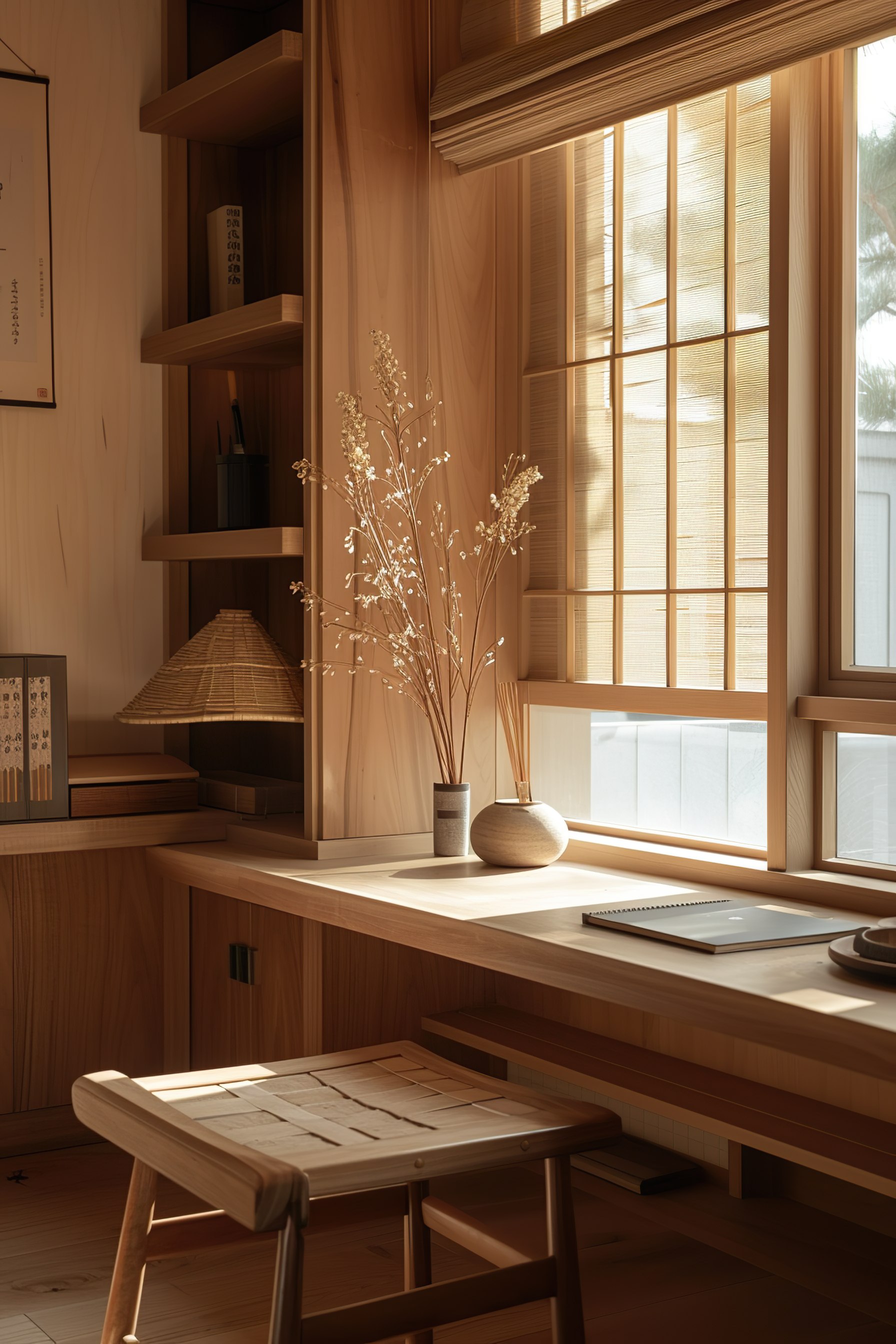
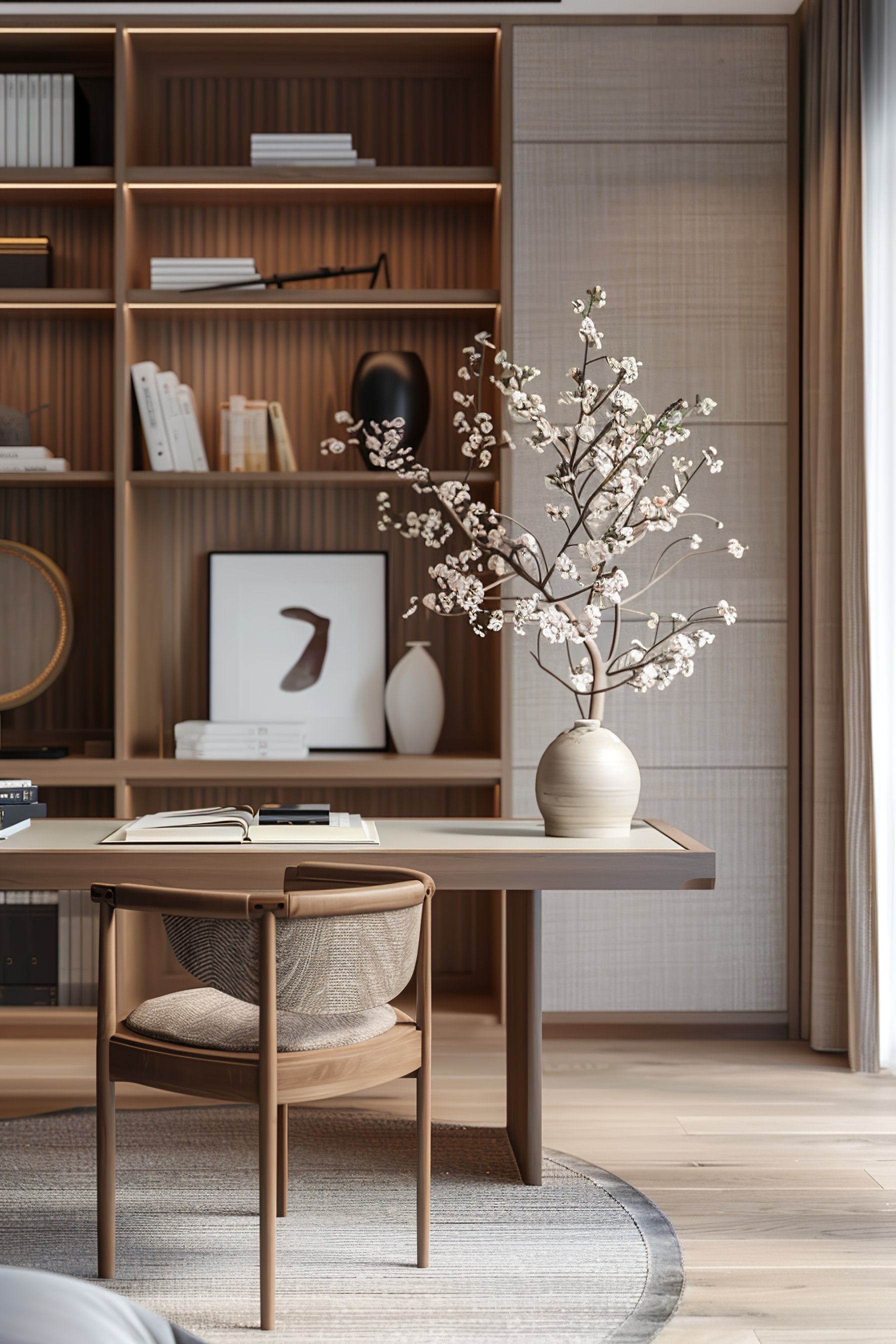
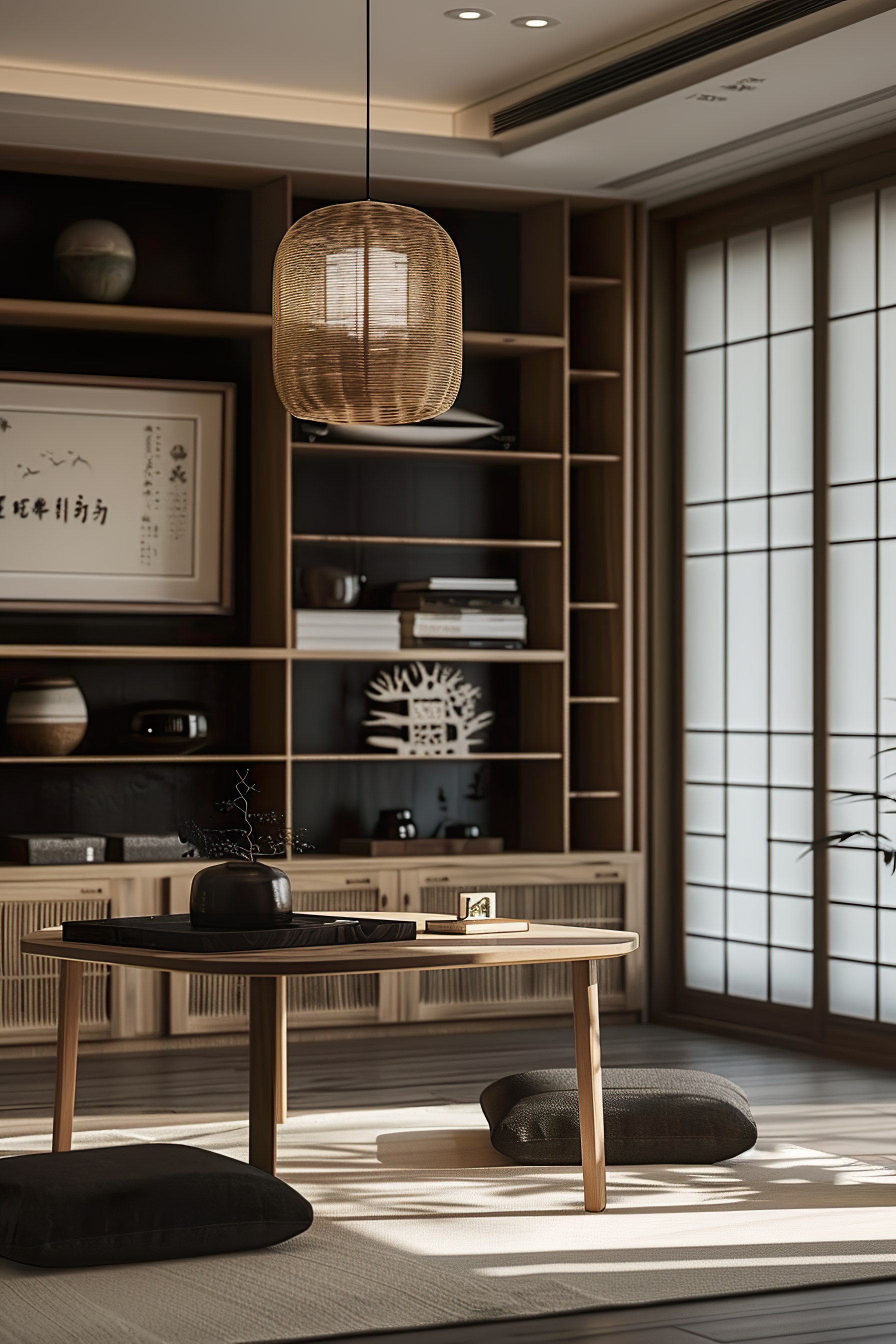

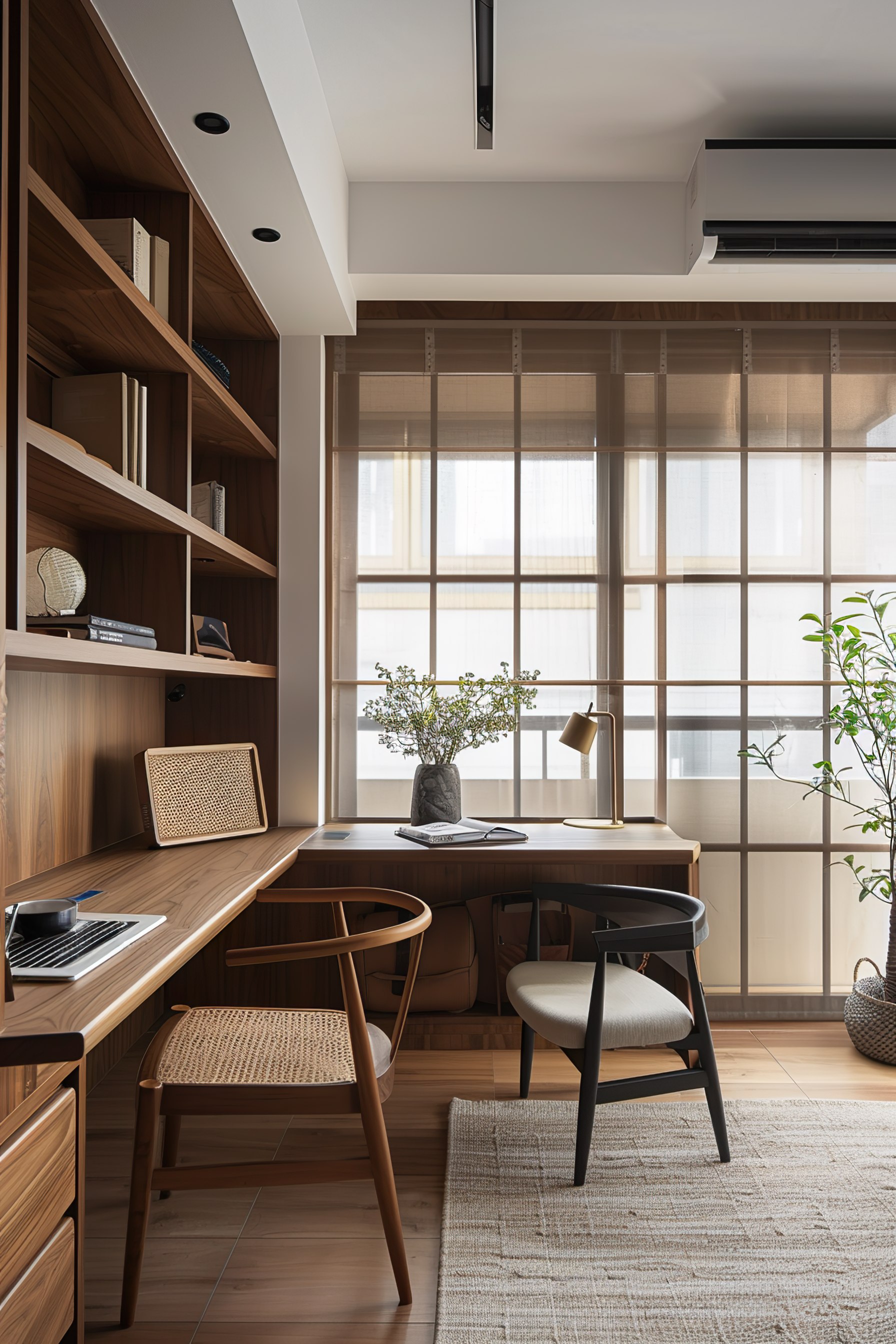
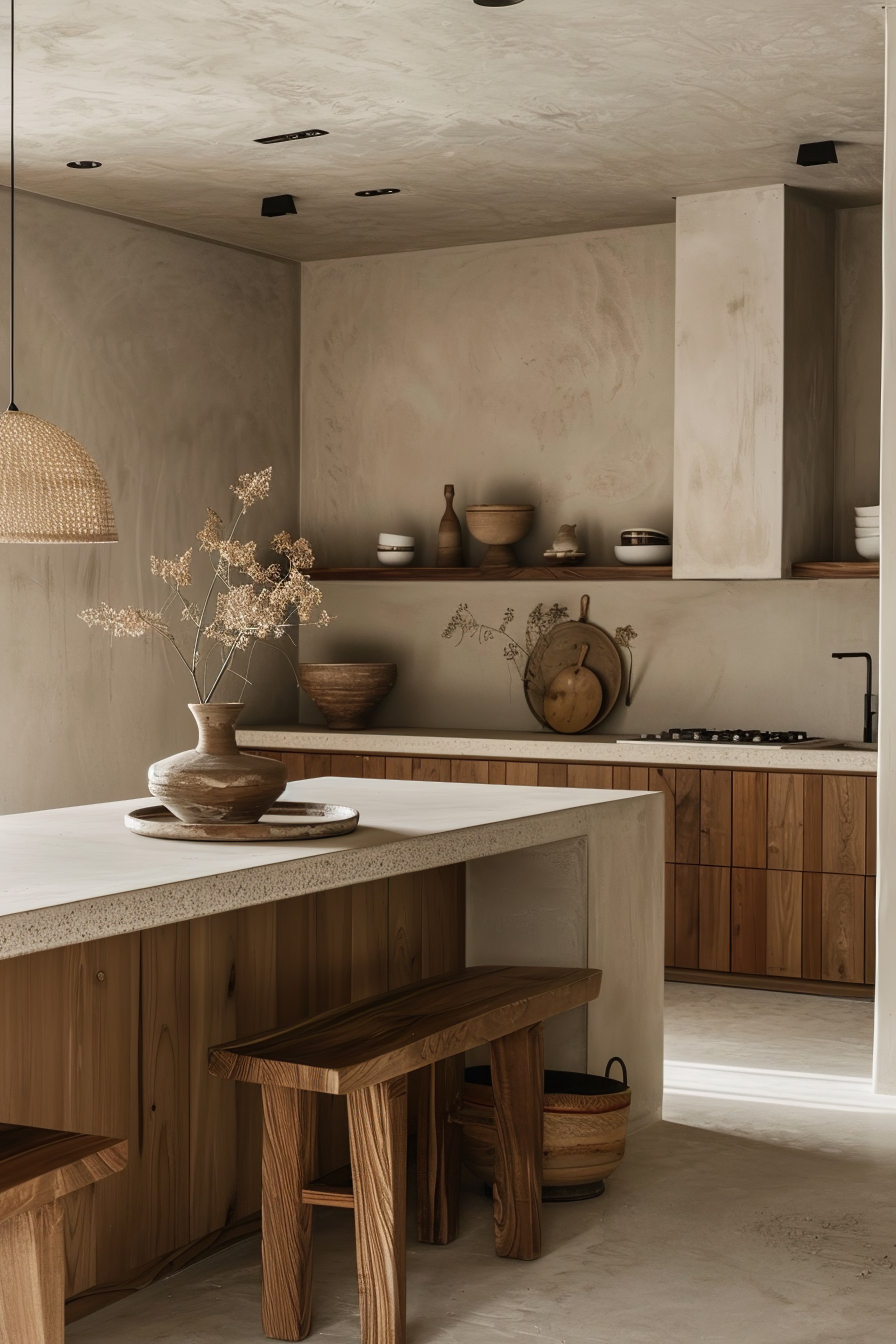
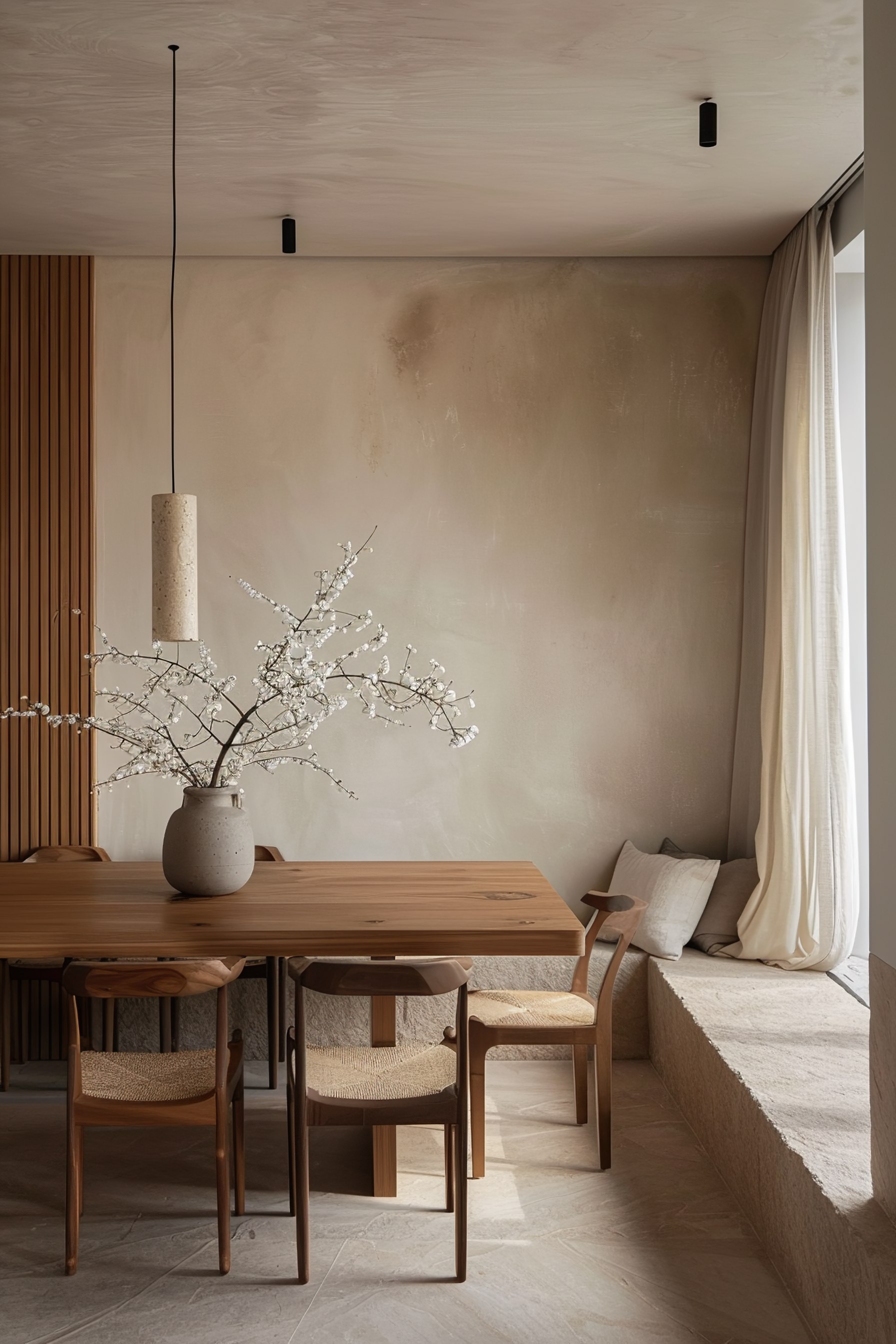
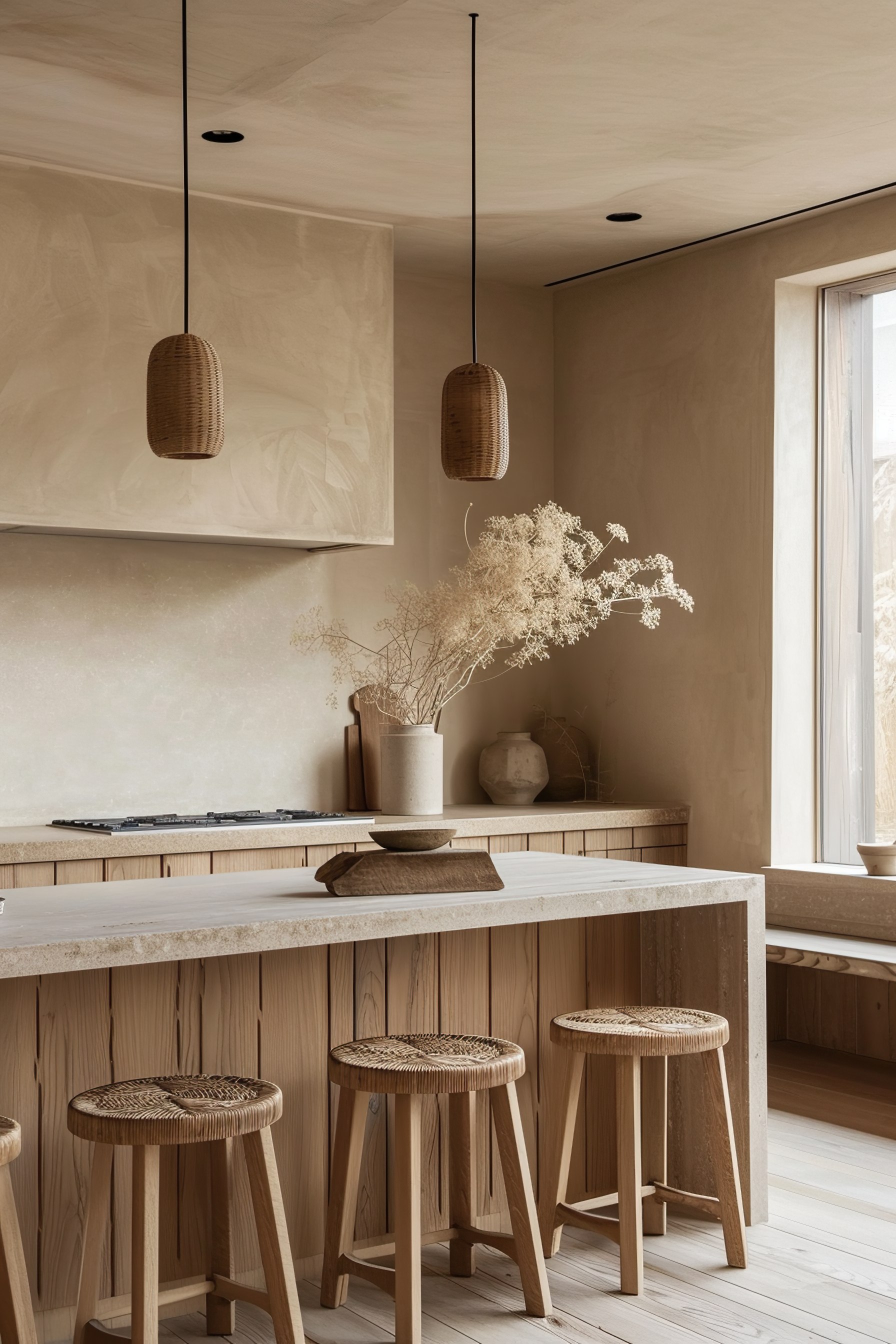
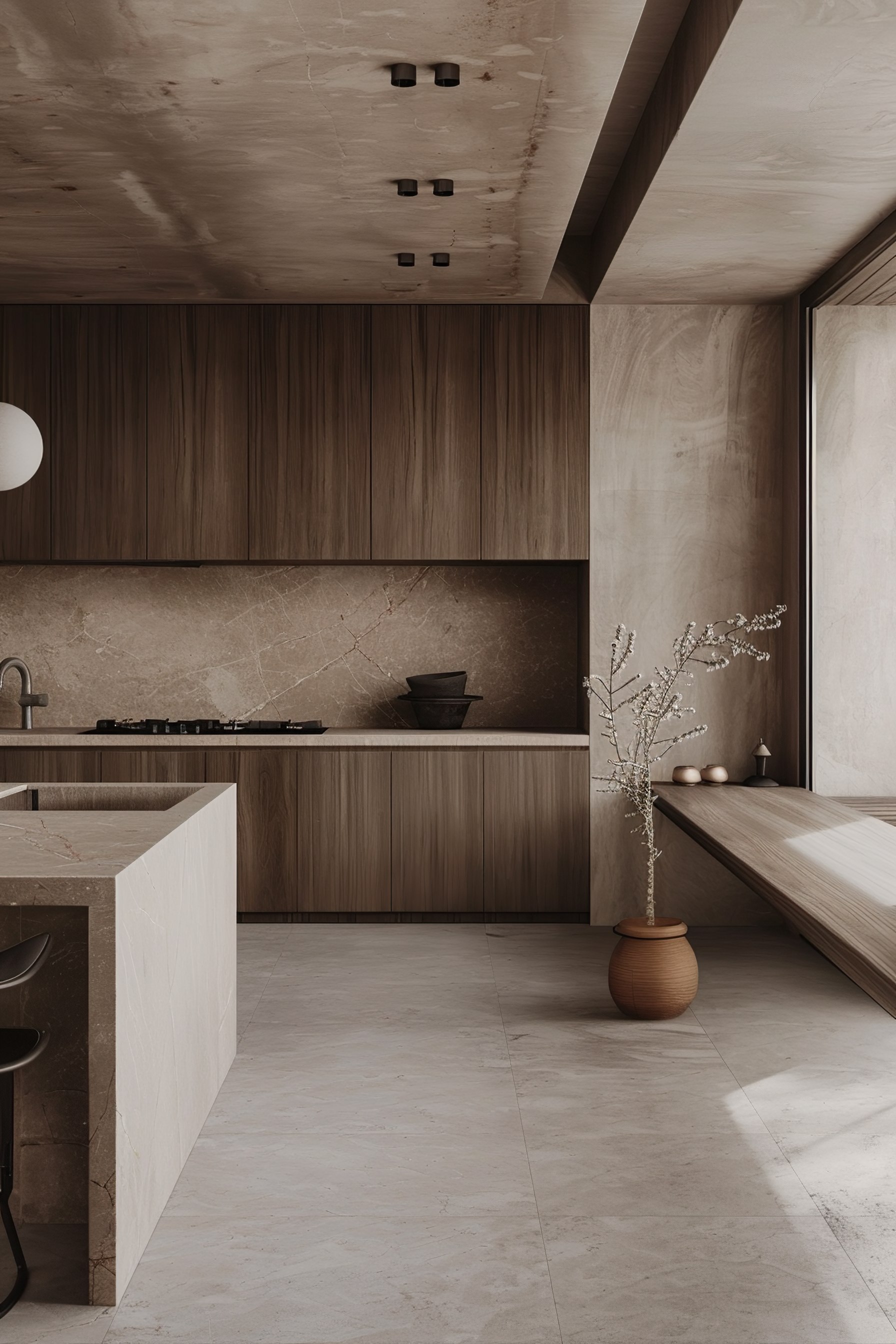
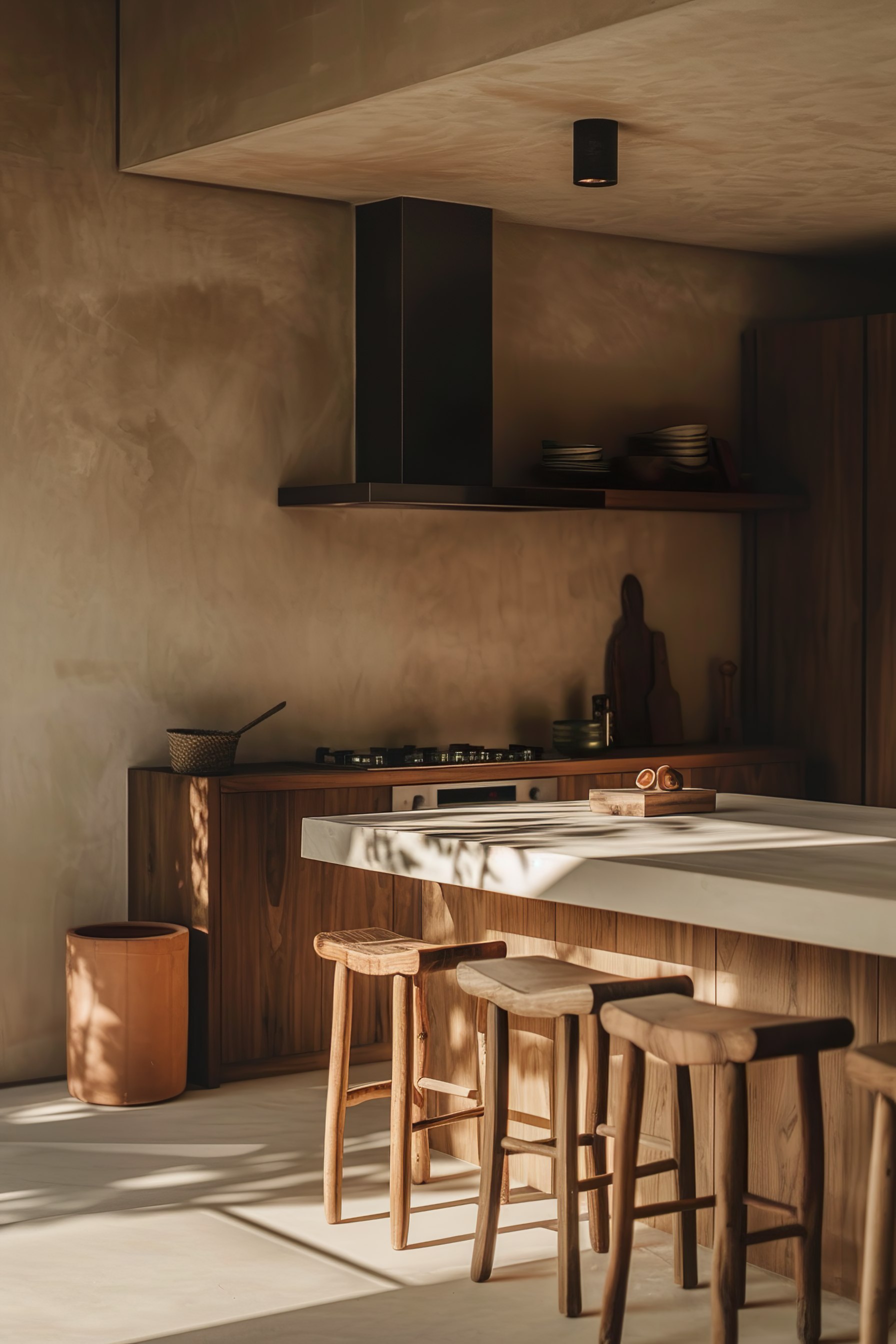
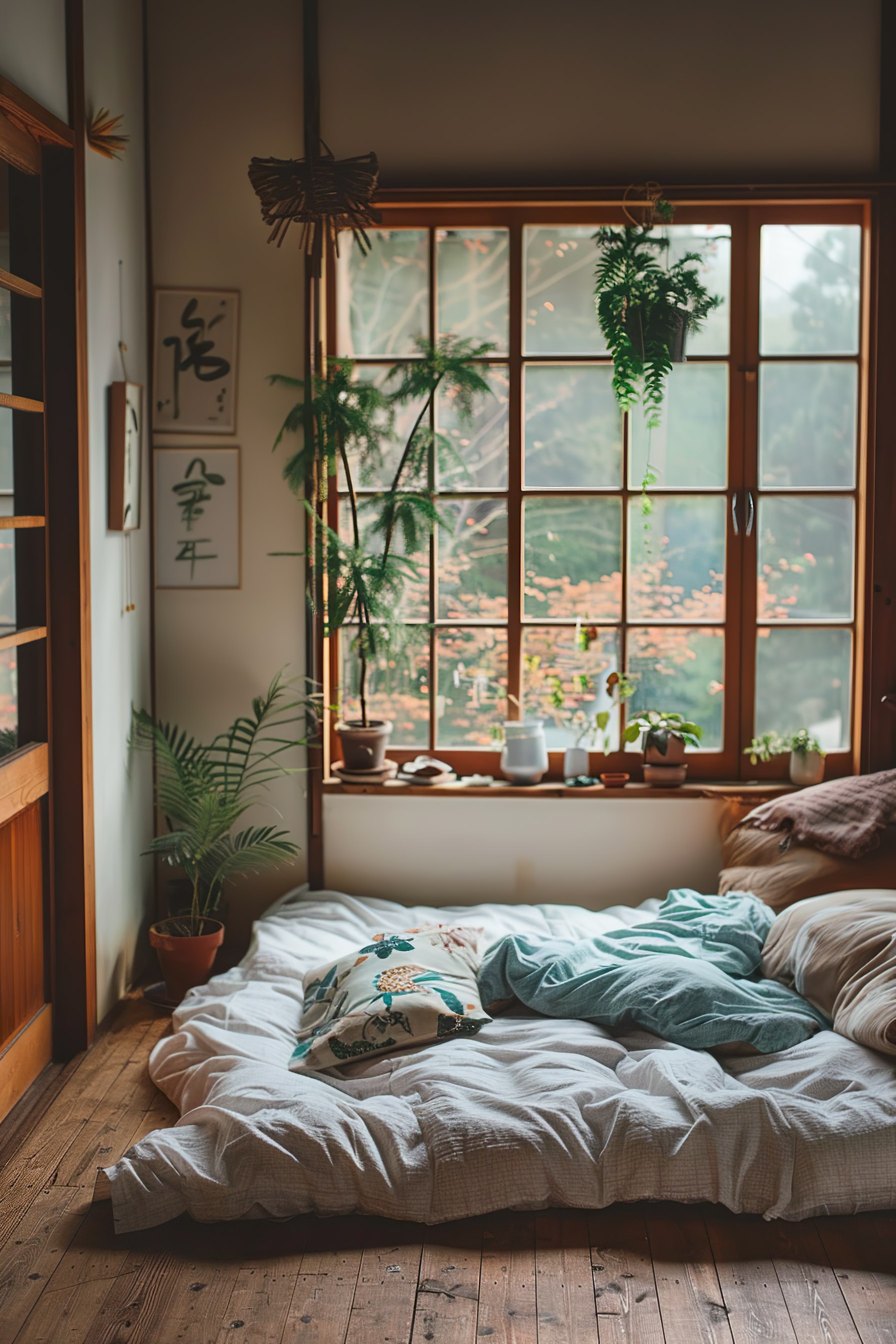
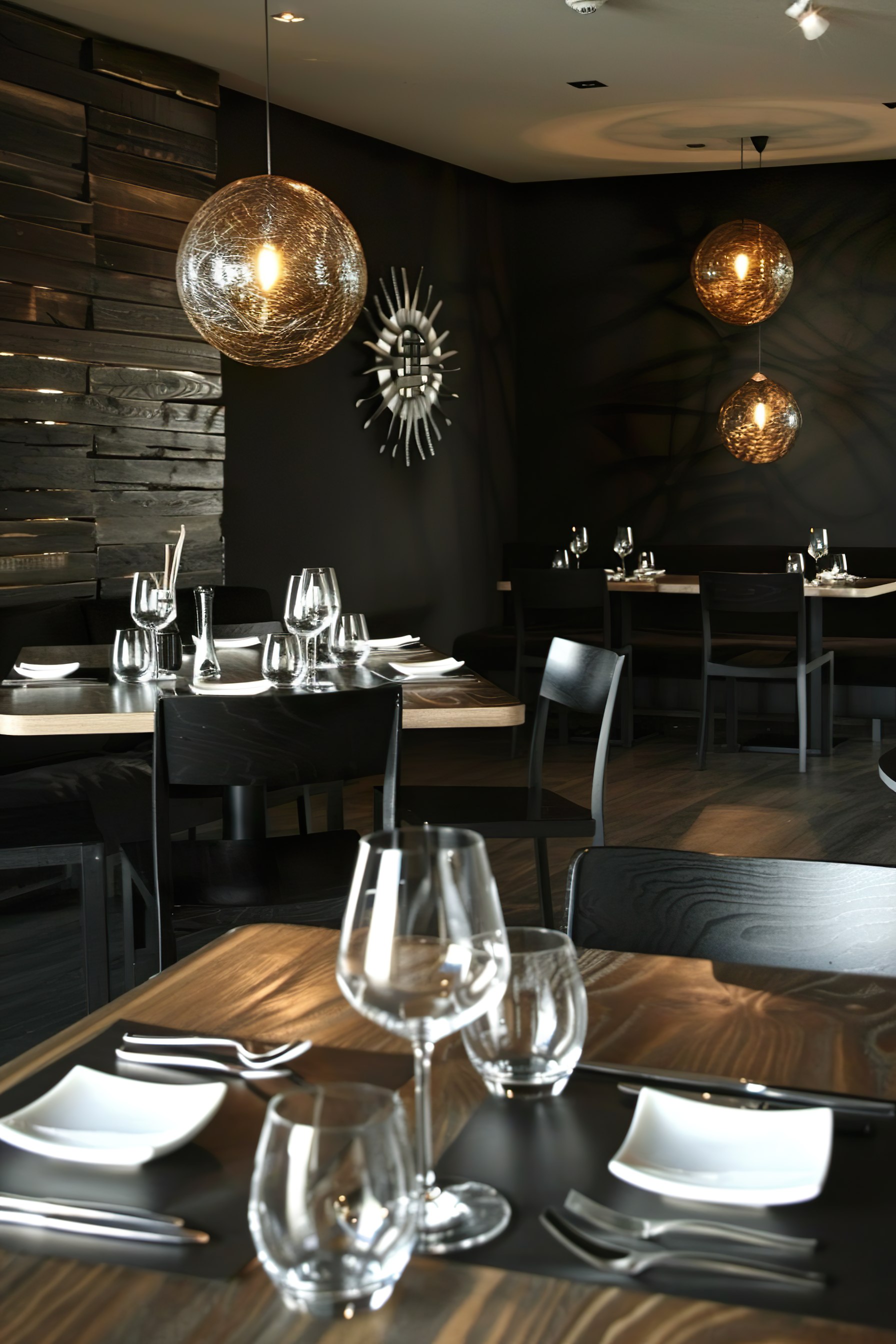
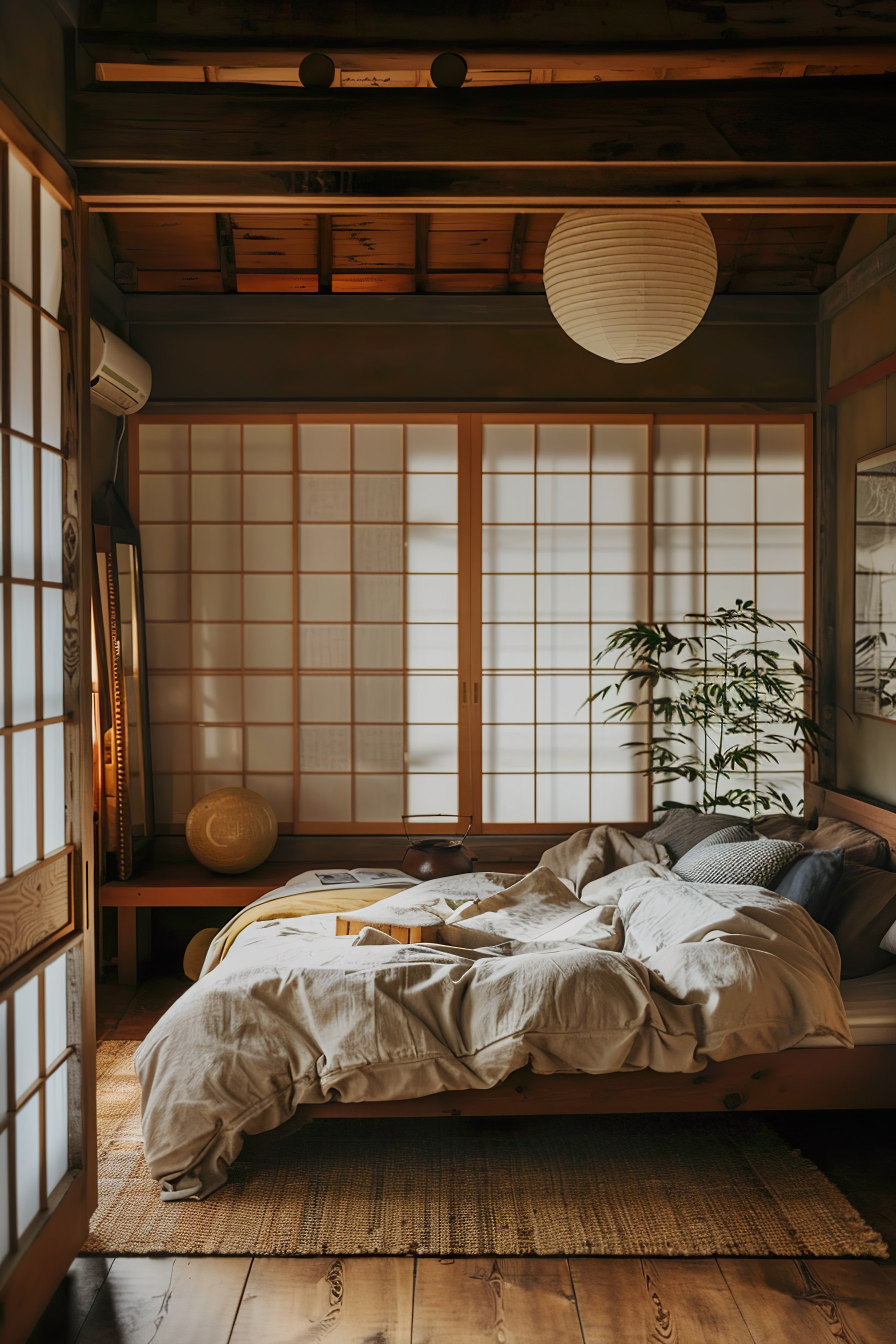
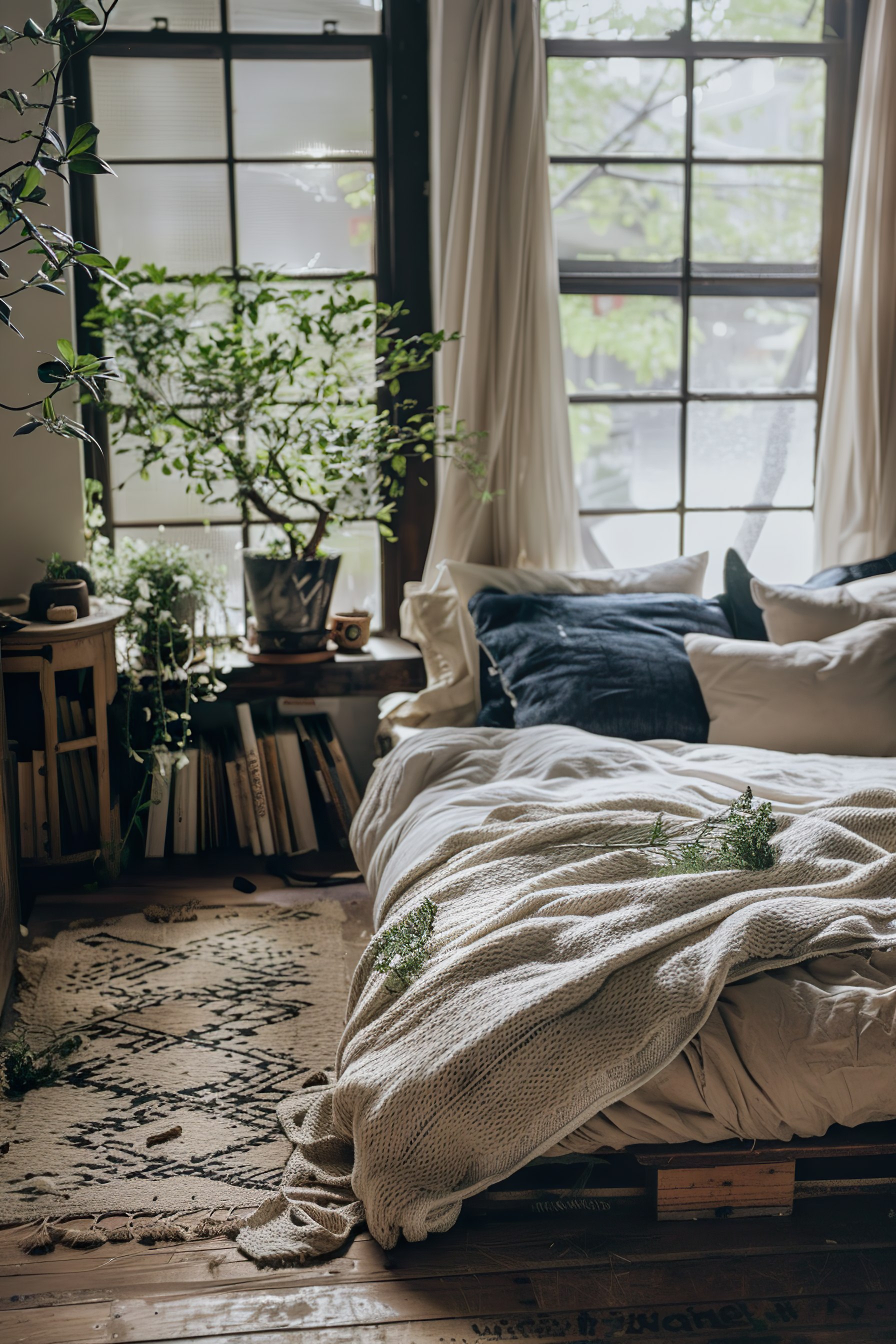

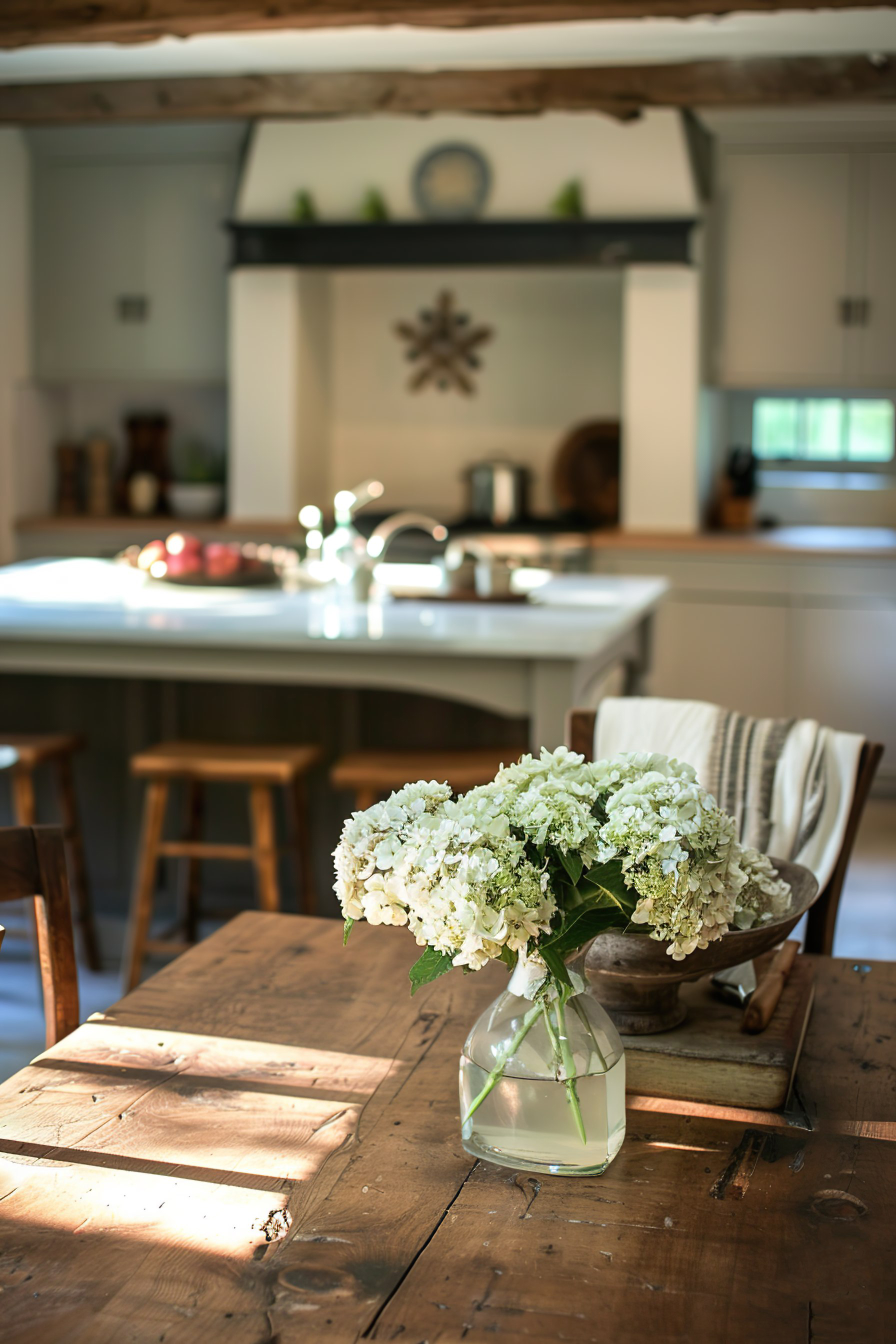
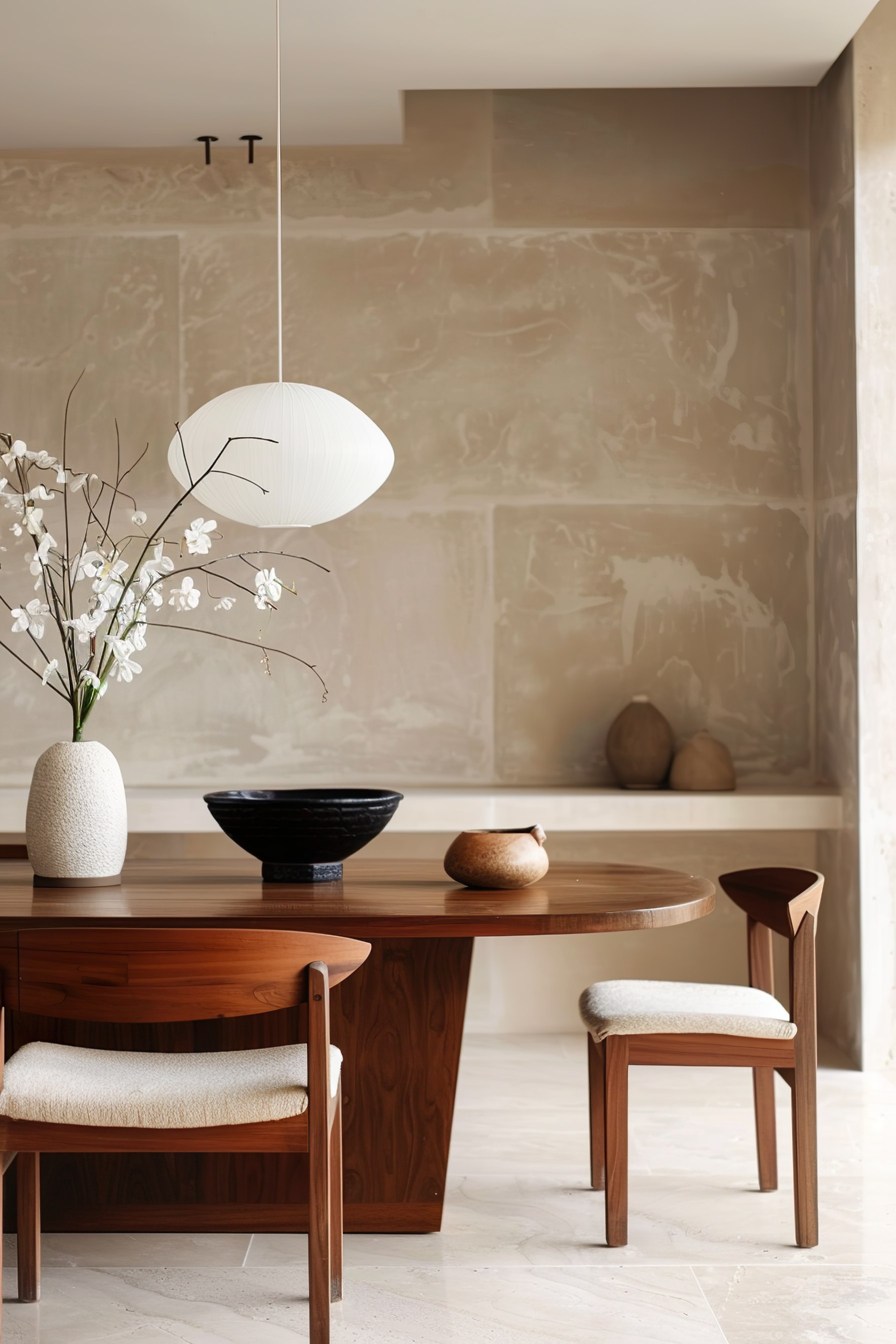
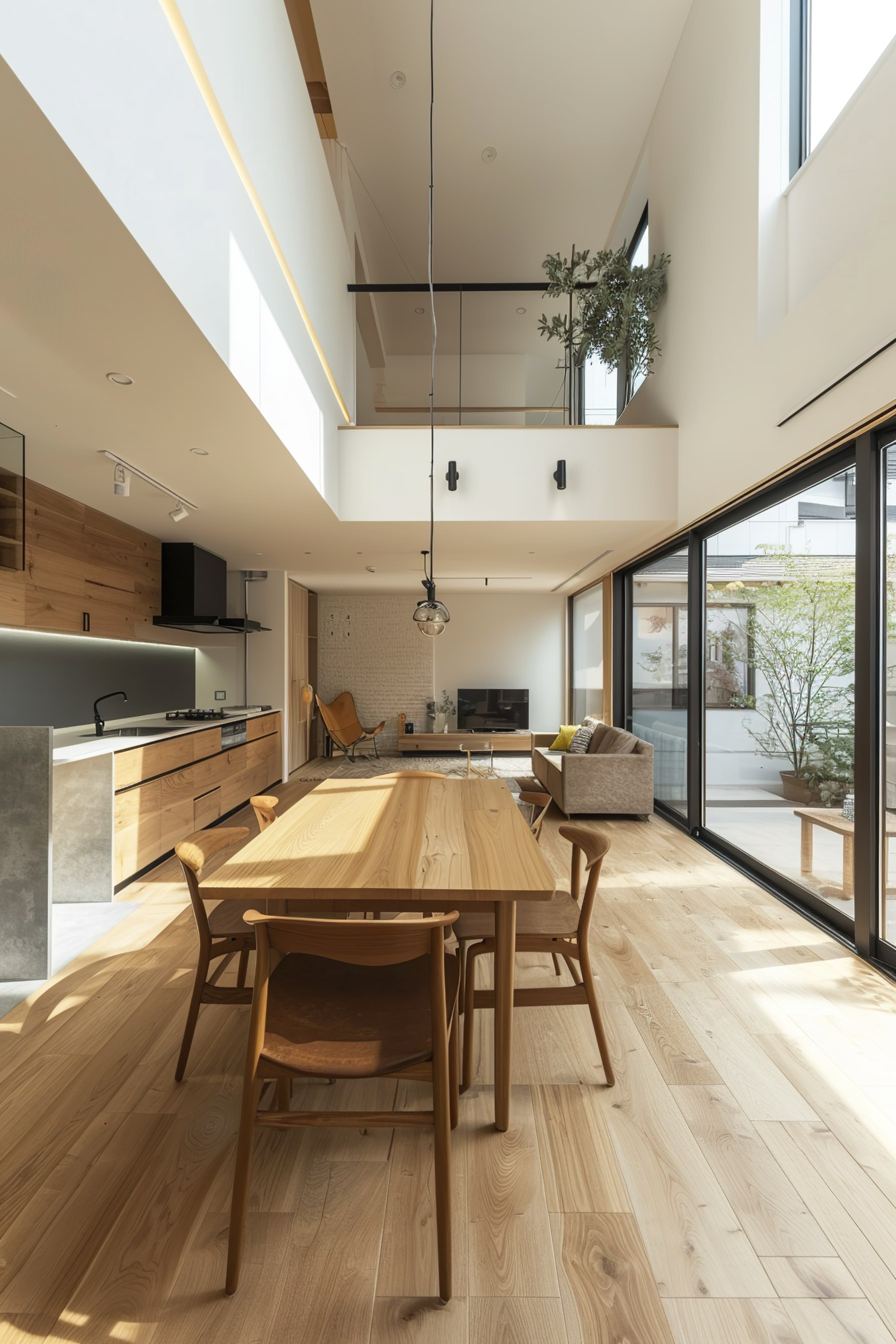
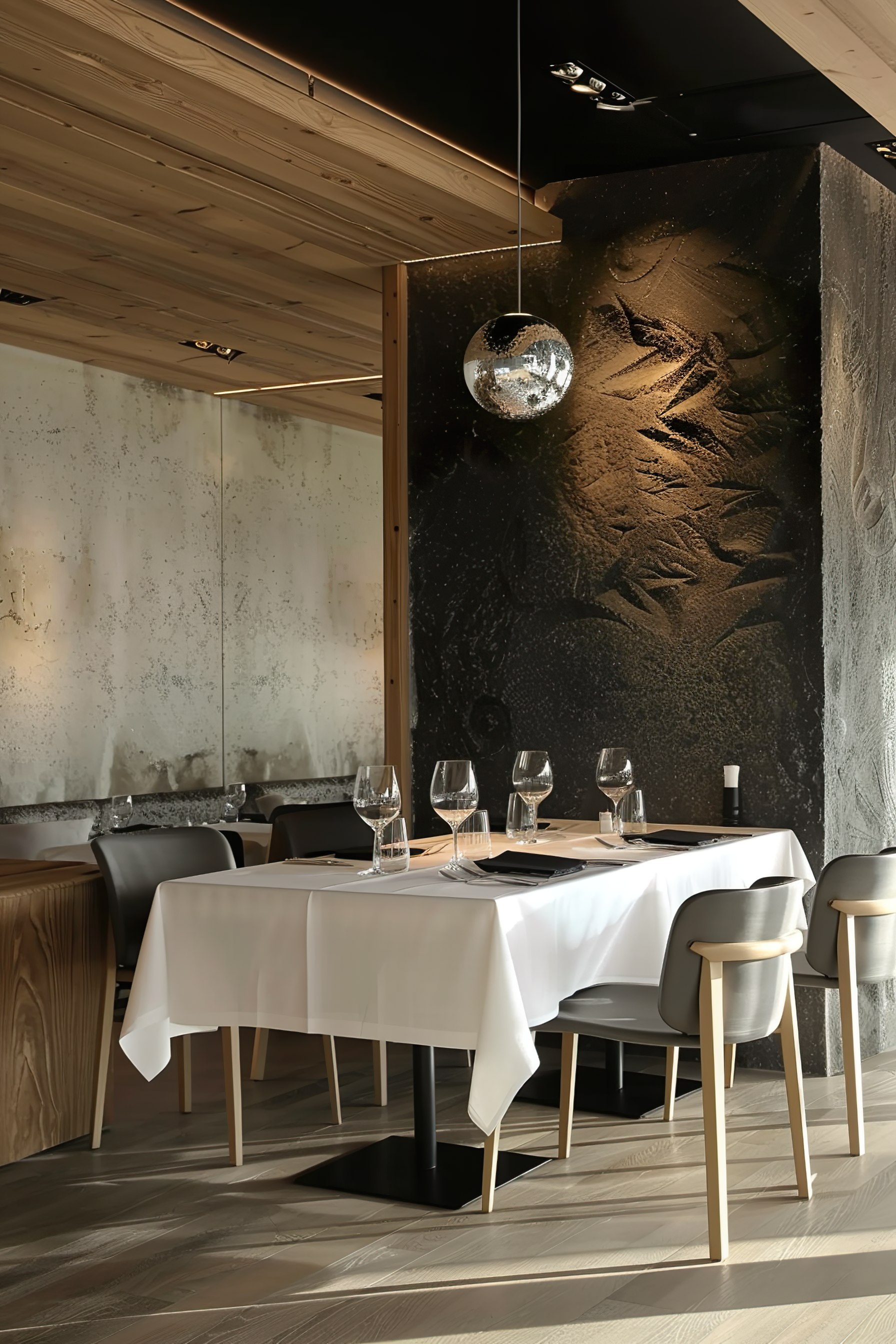

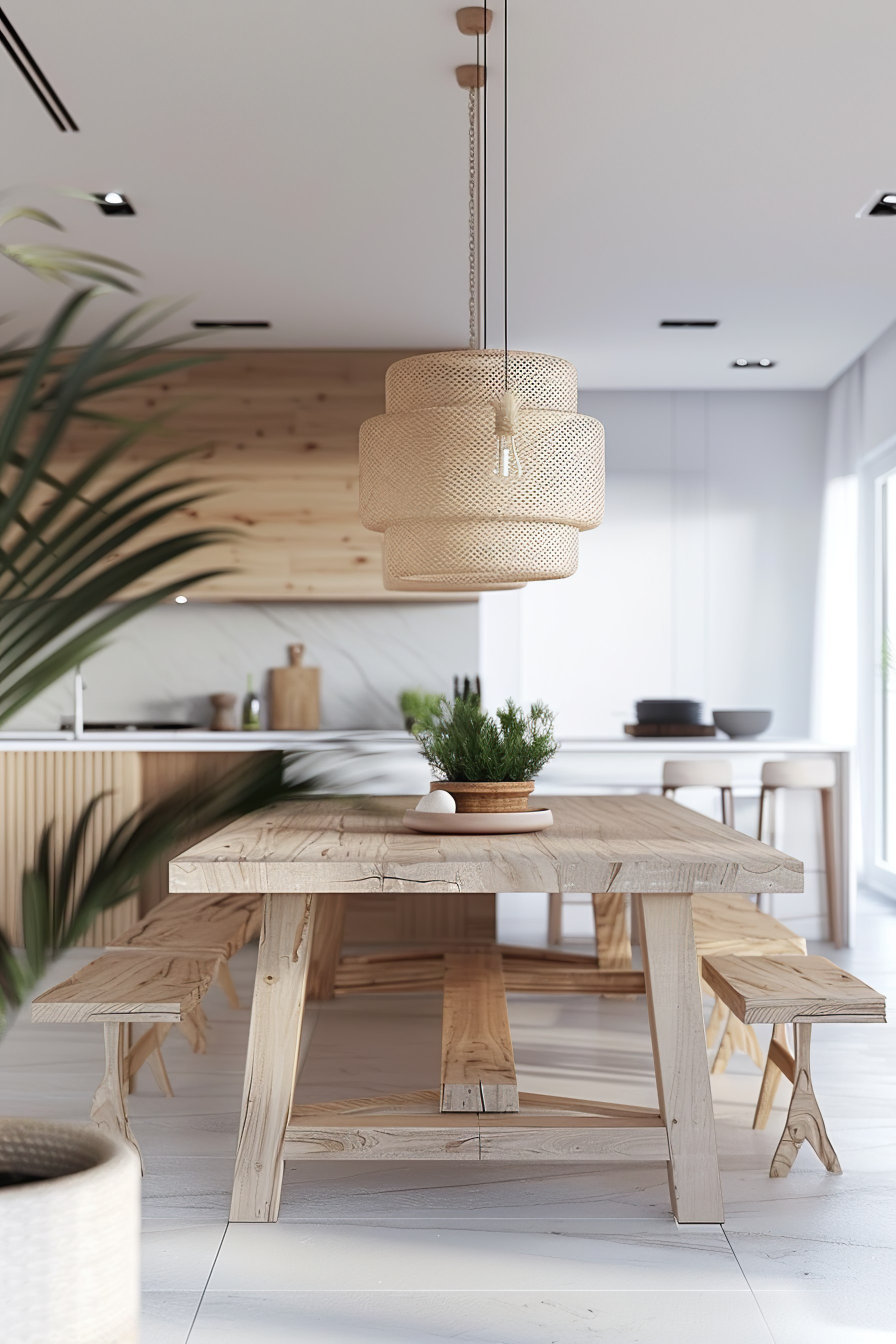
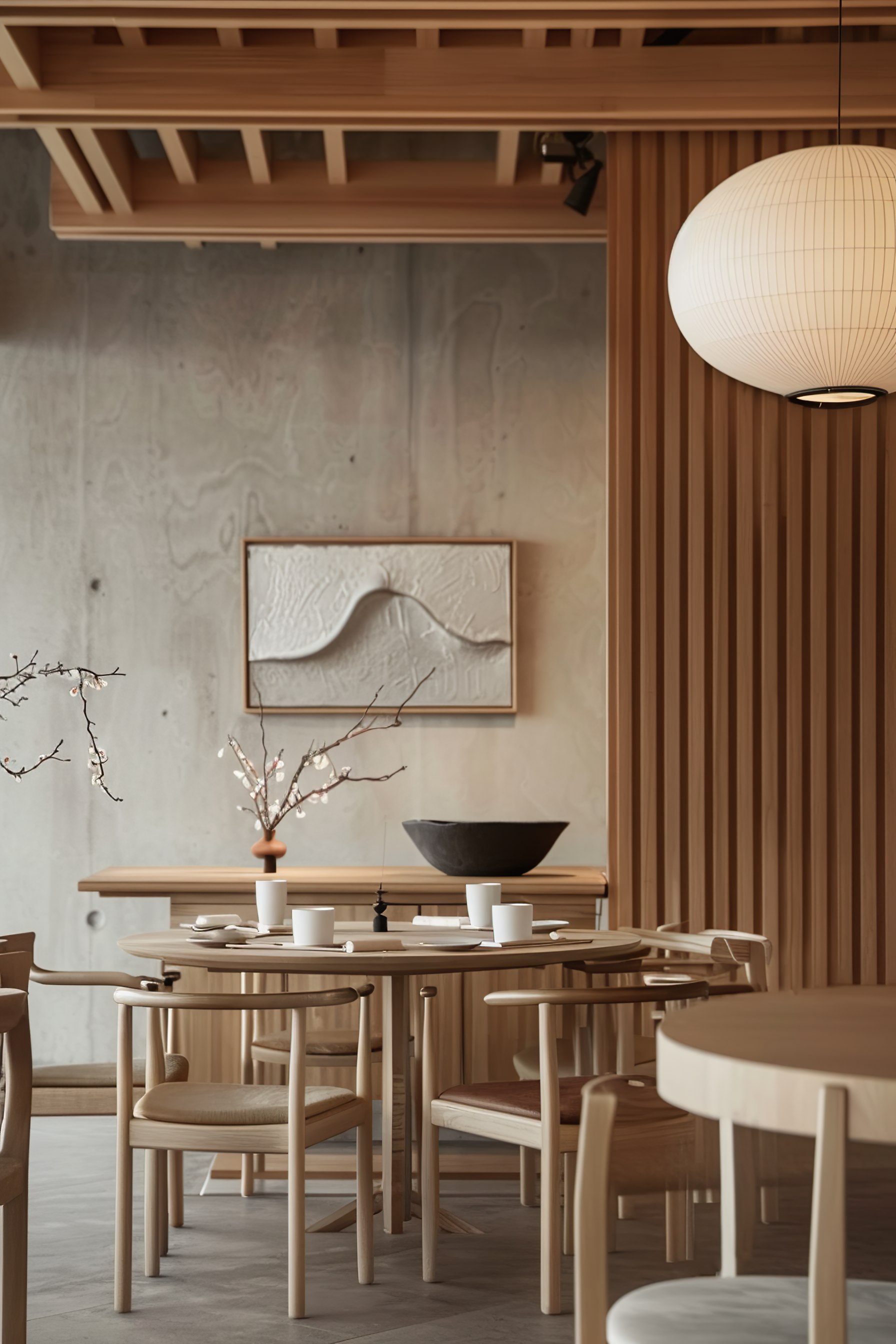
Imagine your living space as a harmonious blend of minimalism and warmth, where simplicity, functionality, and nature converge in a serene balance. This is Japandi, an emerging style that marries the minimalistic elegance of Japanese design with the cozy comfort of Scandinavian interiors. Natural materials, muted colors, and soft lighting play critical roles in this design movement. Interested in how Japandi might transform your home into a calming oasis? Stay tuned as we explore this captivating trend further.
Key Takeaways
- Japandi style merges Japanese minimalism with Scandinavian warmth to create serene, functional living spaces.
- The design embraces natural materials like wood and stone, with muted, earthy color palettes for a harmonious aesthetic.
- Key elements of Japandi interiors include minimalism, functionality, comfort, nature, and craftsmanship, promoting simplicity and comfort.
- In living spaces, Japandi style focuses on balance, reducing clutter, and incorporating elements of nature through plants and soft, diffused lighting.
- Born in the mid-20th century, Japandi aesthetics combine the principles of Japanese ‘Wabi-Sabi’ and Scandinavian minimalism for a minimalist and warm trend.
Understanding the Japandi Style
While you may not be familiar with the term, Japandi style is a design trend that combines the minimalist elegance of Japanese aesthetics with the rustic warmth of Scandinavian design.
It’s about finding the perfect balance between form and function. It’s a marriage of simplicity and comfort, where less is more, and every item in your space has a purpose.
In a Japandi-style room, you’ll find clean lines, muted color palettes, and plenty of natural materials like wood and stone. But it’s not just about the look. It’s about how it makes you feel.
Japandi aims to create peaceful, balanced spaces to help you relax, focus, and find tranquility in your everyday life.
Origins of Japandi Design
To truly appreciate this harmonious blend of simplicity and comfort, you should understand where Japandi design originated.
It’s a hybrid aesthetic born from the fusion of Japanese and Scandinavian design principles. Its genesis dates back to the mid-20th century when both cultures began creating spaces emphasizing simplicity, functionality, and connection with nature.
The Japanese concept of ‘Wabi-Sabi’, finding beauty in imperfection, married perfectly with the Scandinavian love for clean lines, muted colors, and minimalism.
Over time, these shared values created a design trend that’s both minimalist and warm, practical and beautiful.
Key Elements of Japandi Interiors
Five essential elements define Japandi interiors: minimalism, functionality, nature, comfort, and craftsmanship.
- Minimalism: Japandi style thrives on simplicity. It’s about choosing fewer high-quality items that are both beautiful and meaningful.
- Functionality: Every piece in a Japandi space has a purpose. It’s about aesthetics and how well an item serves its function.
- Nature: This style embraces the natural world. Incorporating elements like plants, natural fibers, and organic shapes helps to create a peaceful, grounded environment.
Comfort and craftsmanship are also key. Soft textures and handmade items add warmth and character to the minimalist space.
Embracing these elements, you can create a serene, balanced, and functional space that embodies the Japandi style.
Japandi Style in Living Spaces
The Japandi style can transform ordinary living rooms into tranquil retreats. Imagine muted tones, natural materials, and clean lines creating a peaceful atmosphere that’s both sophisticated and cozy.
You’d see a perfect balance between minimalism and warmth. Japandi’s emphasis on functionality means every piece of furniture serves a purpose, reducing clutter and promoting serenity.
Lighting plays a crucial role, too. Soft, diffused light enhances the sense of calm, making your living room a place you’d want to retreat, not escape.
And don’t forget plants. Adding a touch of greenery breathes life into the space, further promoting that connection to nature central to Japandi style.
It’s a fine blend of simplicity and comfort, and it’s all about creating a space that feels like home.
Bringing Japandi Aesthetics Home
Ready to bring Japandi aesthetics into your home? You’re in luck! Infusing your space with this blend of Japanese minimalism and Scandinavian warmth is simpler than you might think. It’s all about balance, functionality, and embracing natural elements.
Here are three key steps to get you started:
- Simplicity and Functionality: Prioritize pieces that are both simple and functional. Excess is the enemy in Japandi design.
- Natural Elements: Embrace natural materials like wood and stone. They bring in warmth and texture, creating a serene and harmonious atmosphere.
- Color Palette: Opt for muted and earthy tones. Think shades of grey, beige, and white with occasional pops of green or blue.
Case Studies: Japandi Homes
Let’s dive into some real-world examples of Japandi homes, showcasing how this design philosophy manifests in actual living spaces. Consider a home in Kyoto, embracing Japandi’s minimalist aesthetic with white walls, wooden flooring, and sleek furniture. The space emits tranquility, each element serving a purpose.
Now, picture a Stockholm apartment, where Japandi warmth filters through soft textiles and green plants. The clean lines of furniture and organic elements create a comforting, balanced atmosphere.
Furthermore, a Melbourne residence illustrates how Japandi can blend with a modern approach. Here, neutral colors, natural materials, and a hint of industrial design create a serene yet contemporary space.
In each case, the Japandi style creates serene, purposeful, and warm living spaces.
Follow Quiet Minimal on Pinterest for more home design tips and inspiration.
